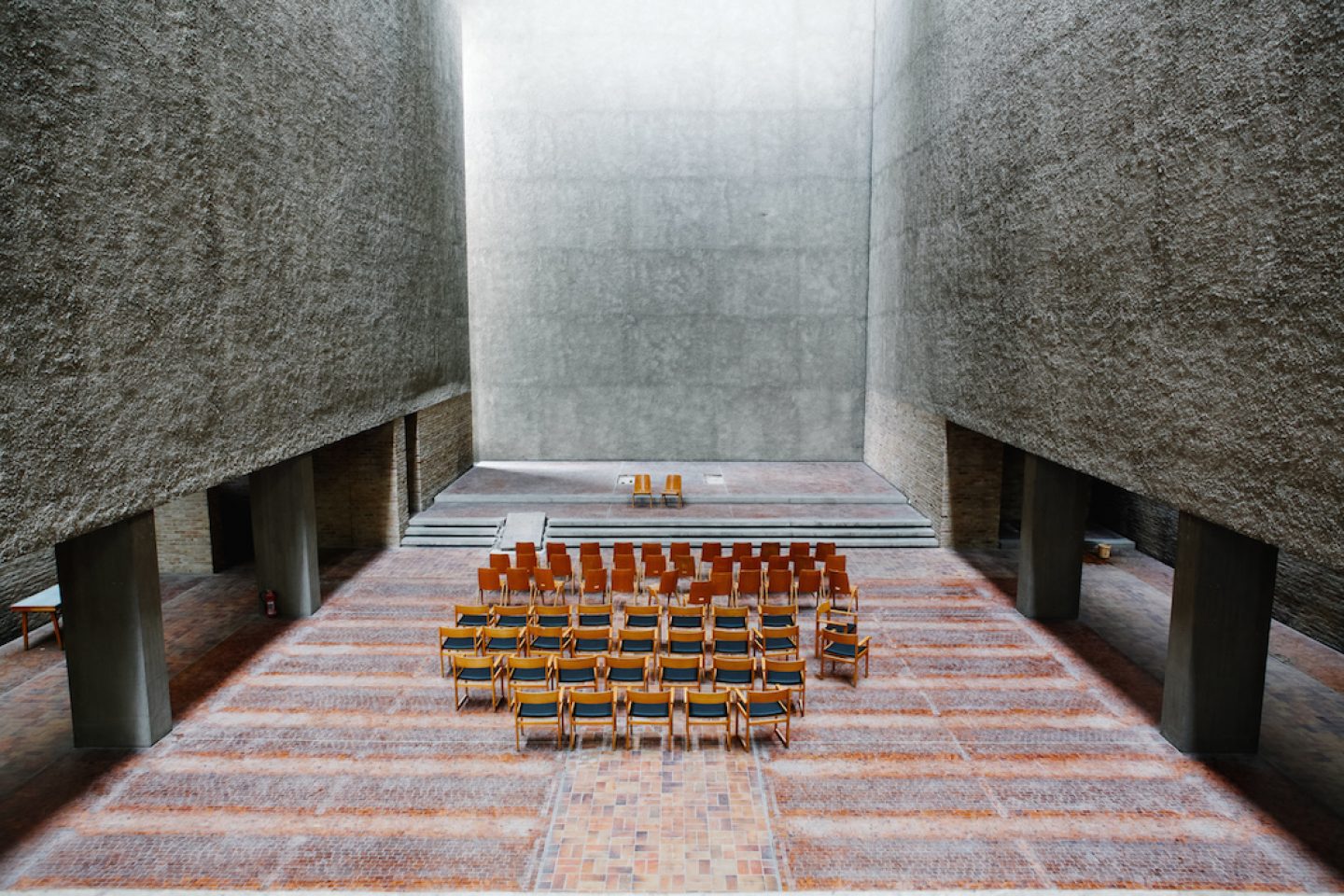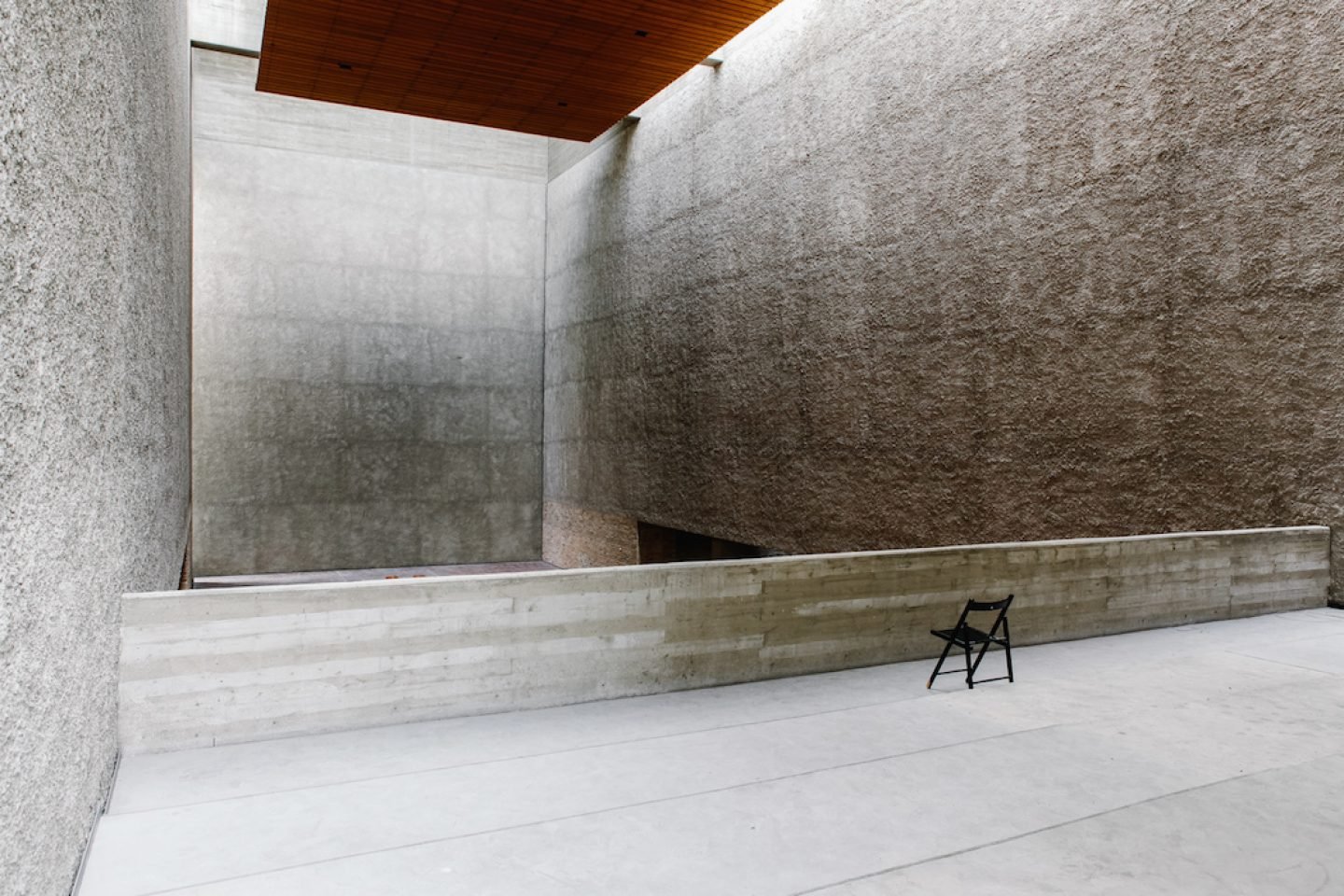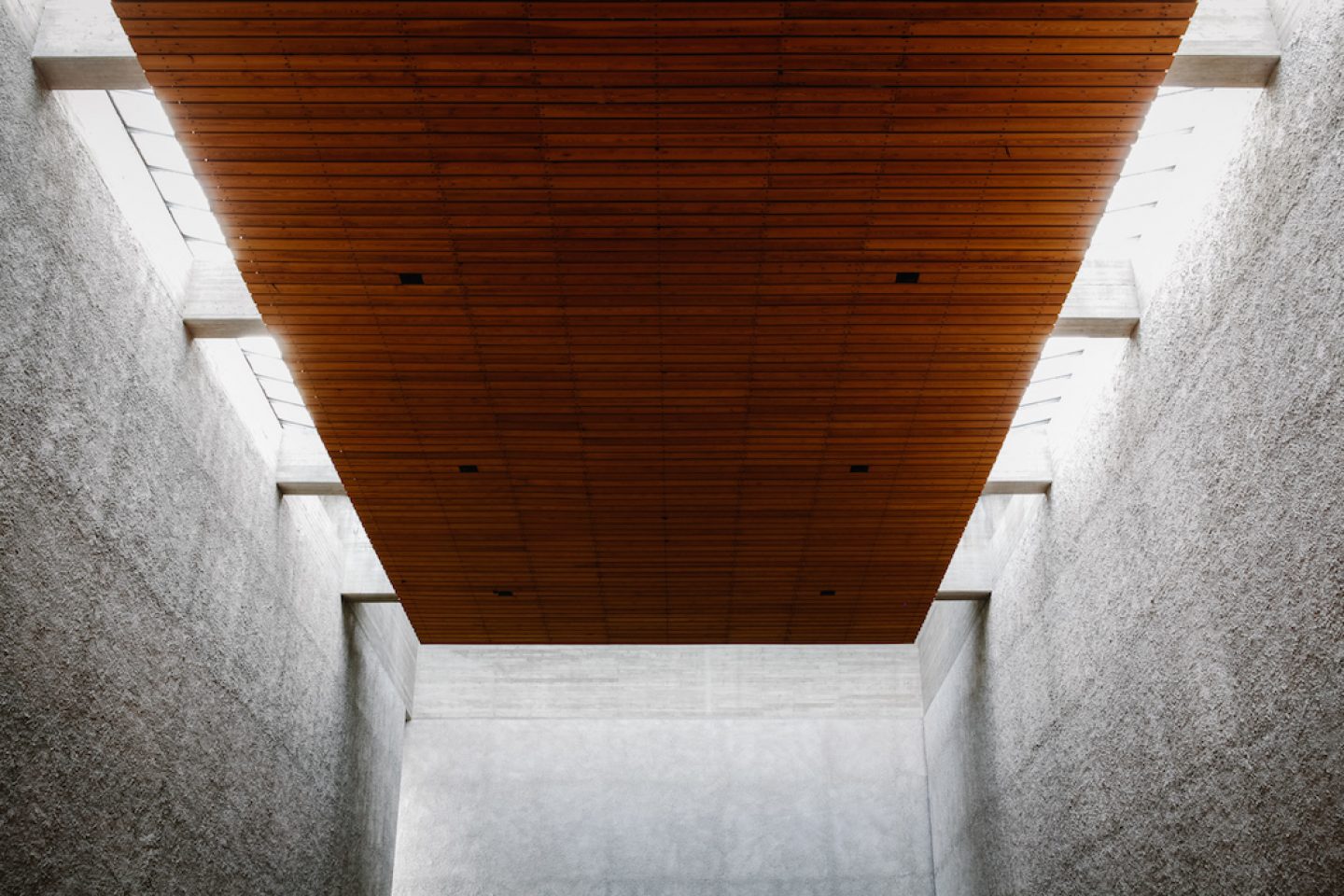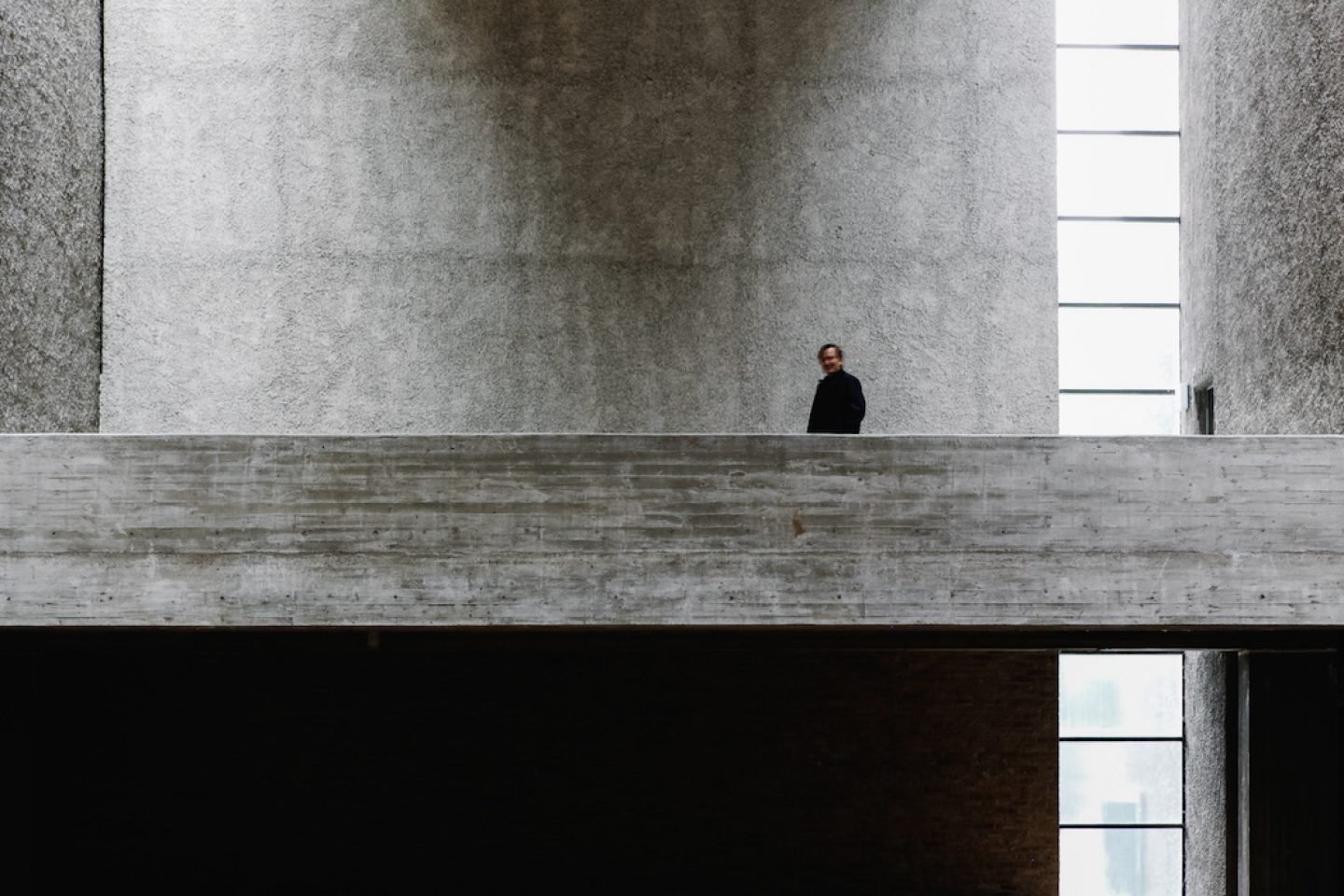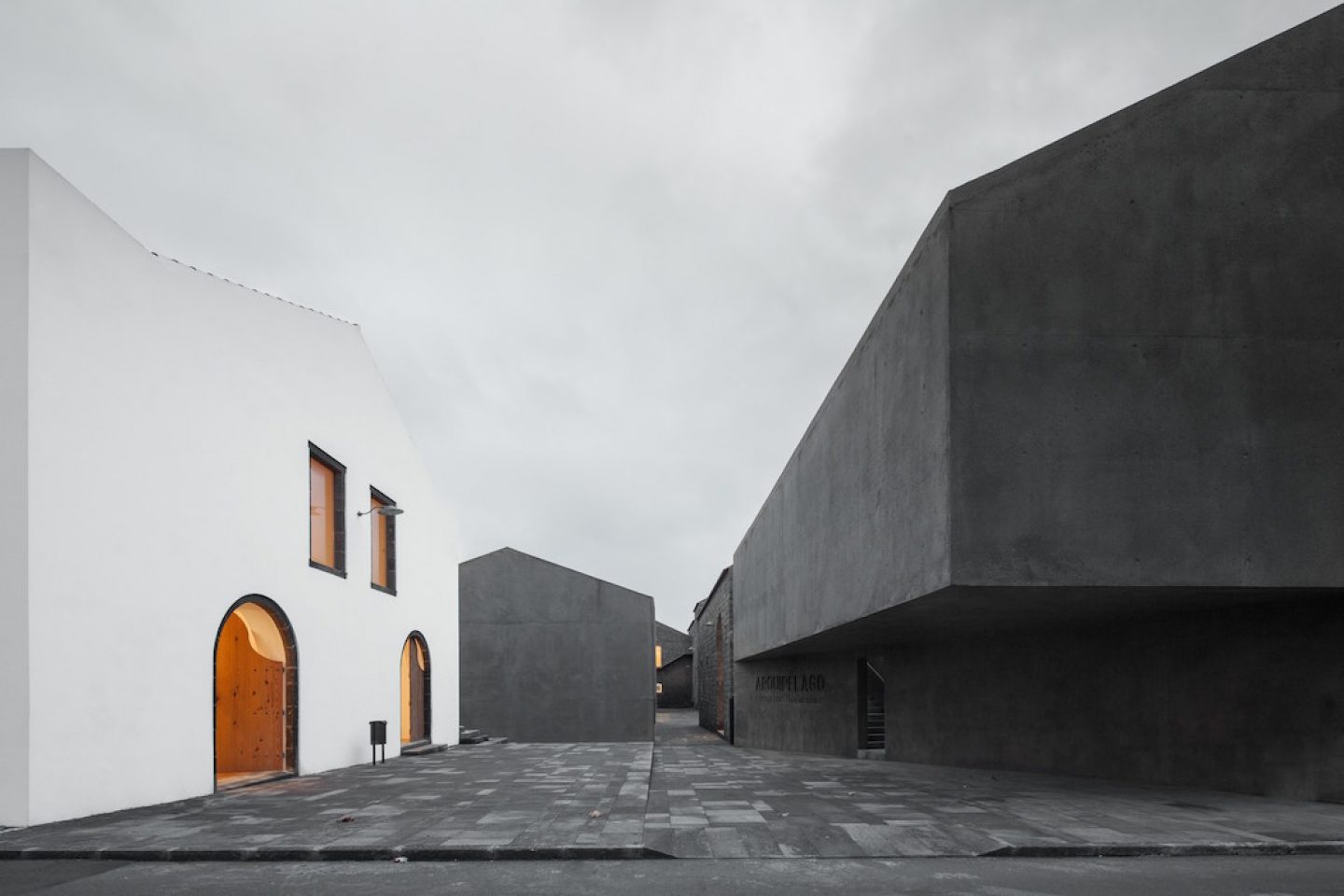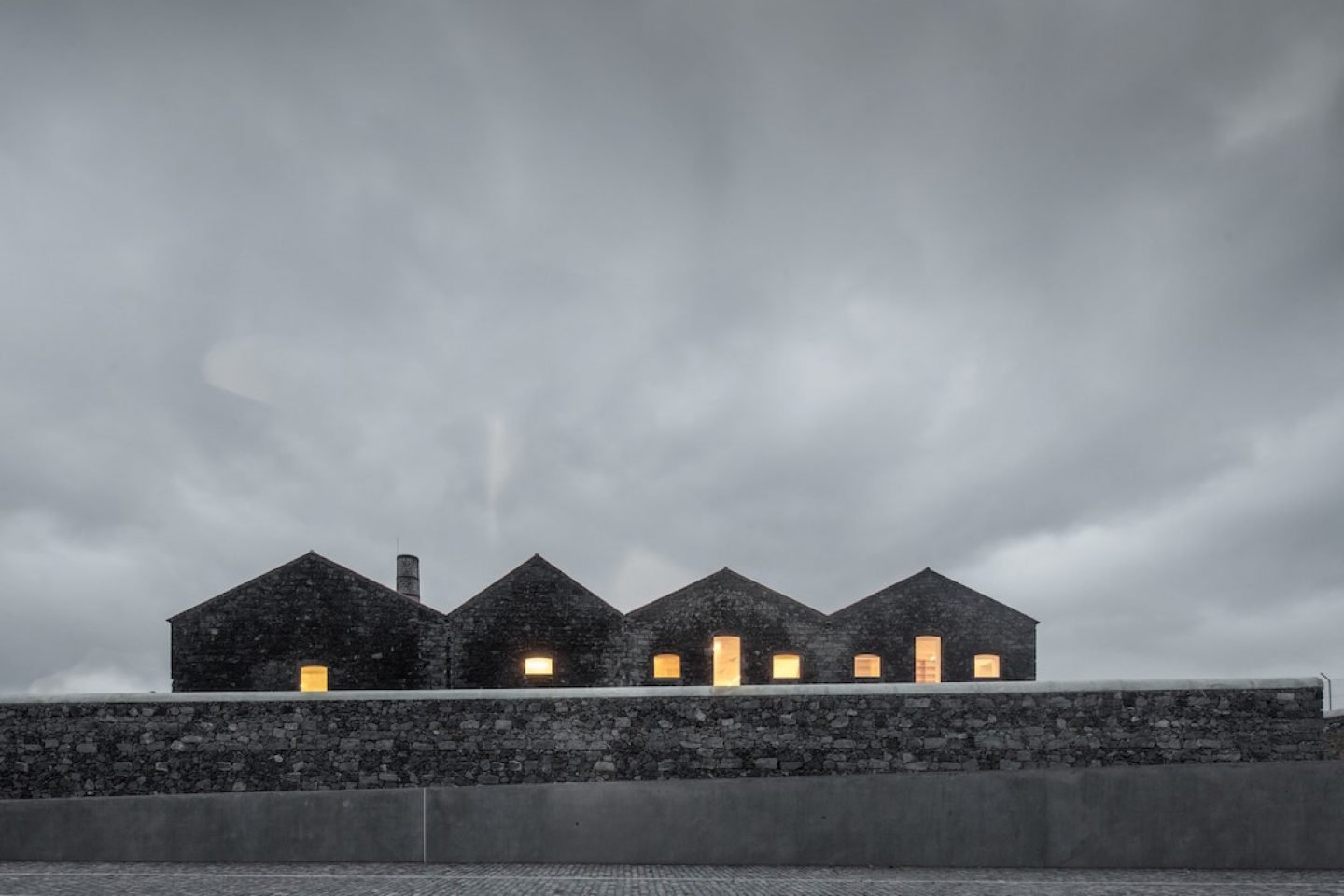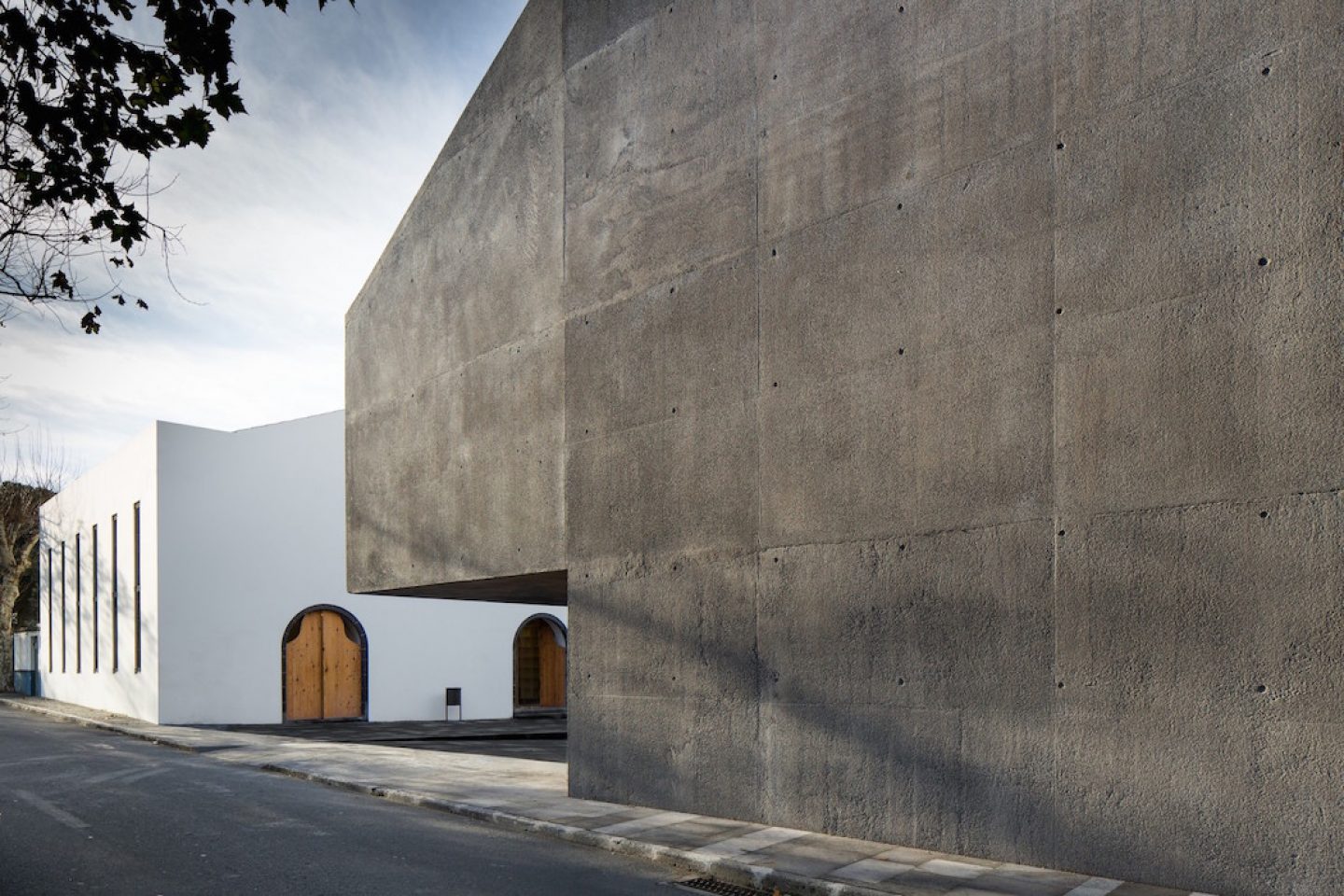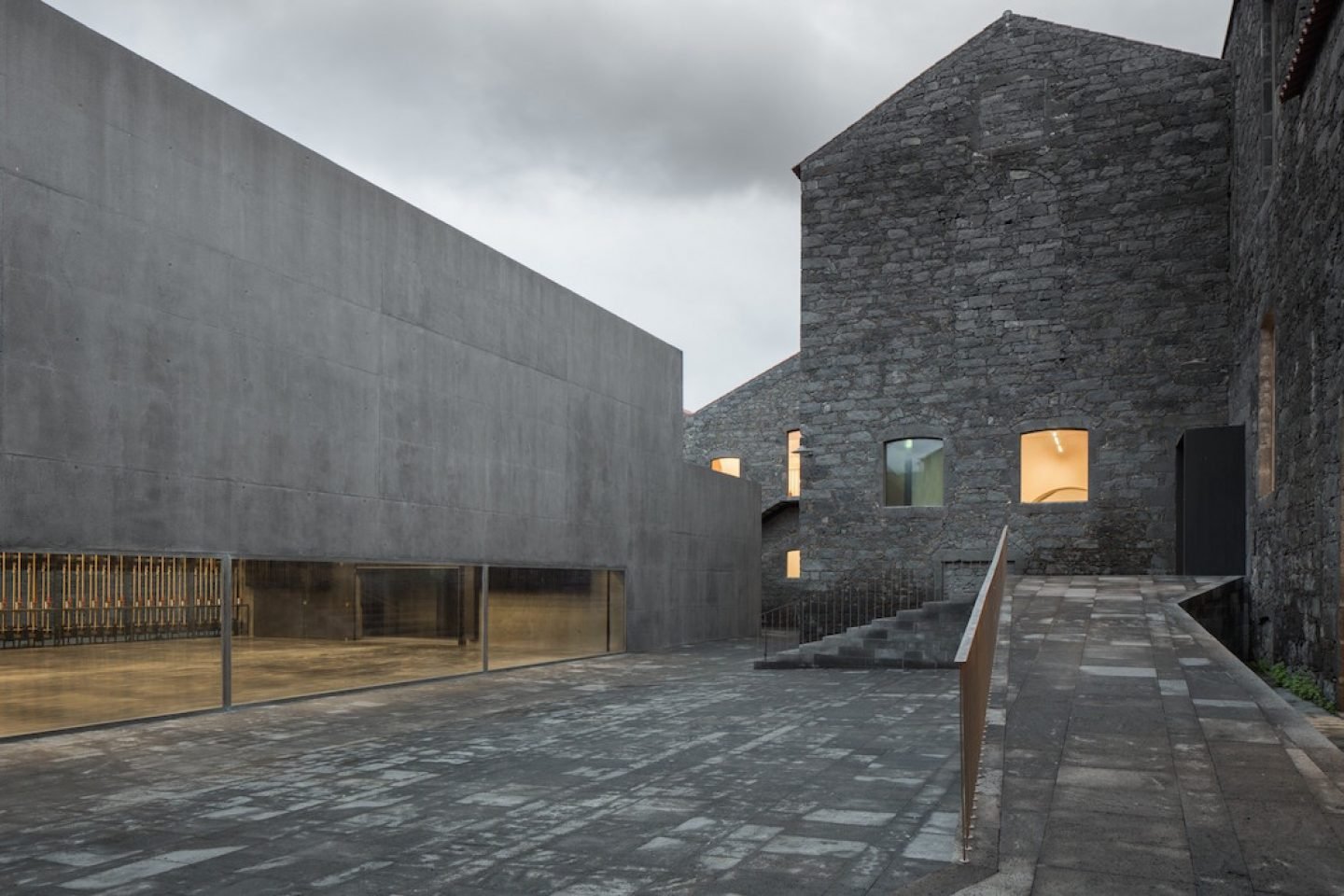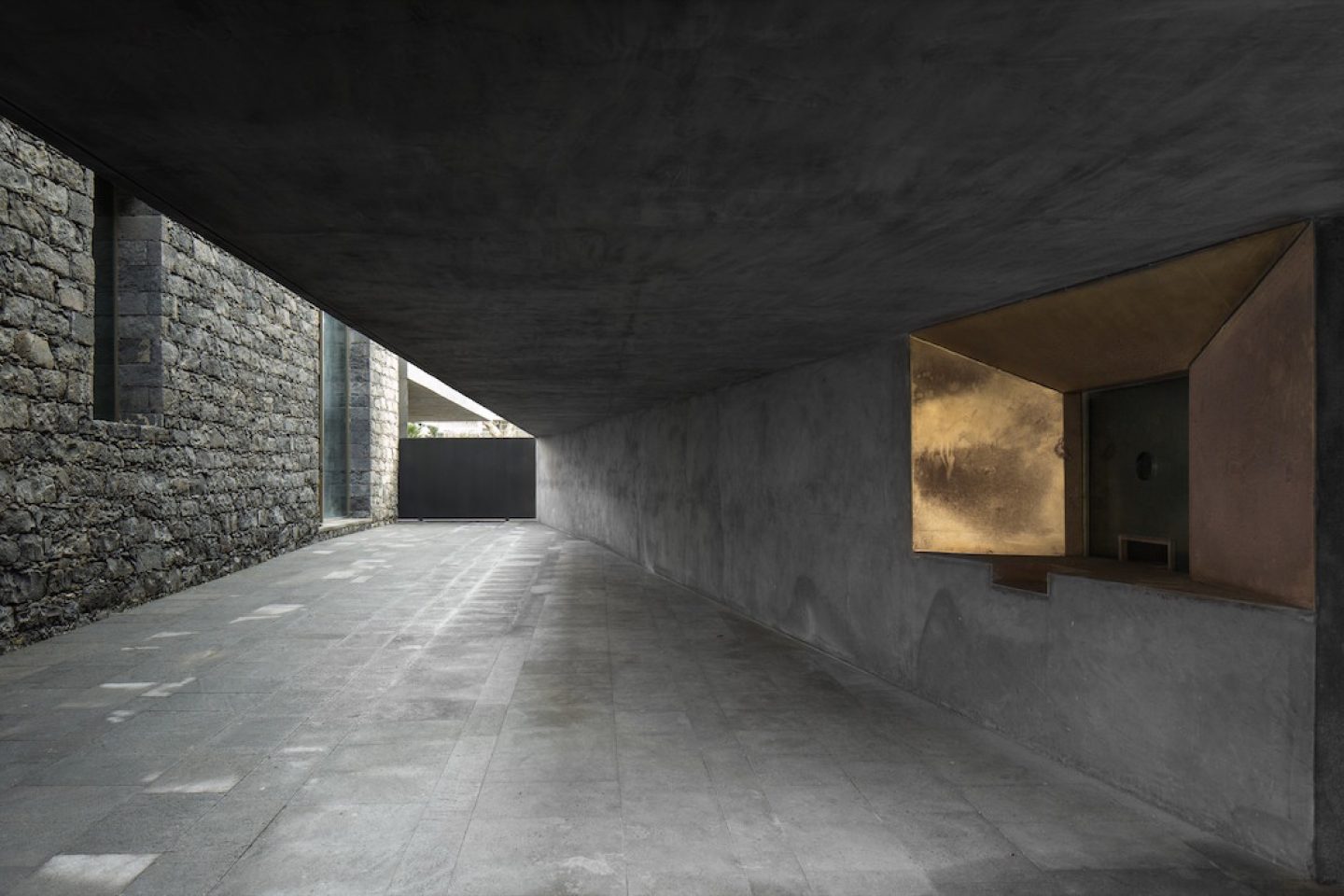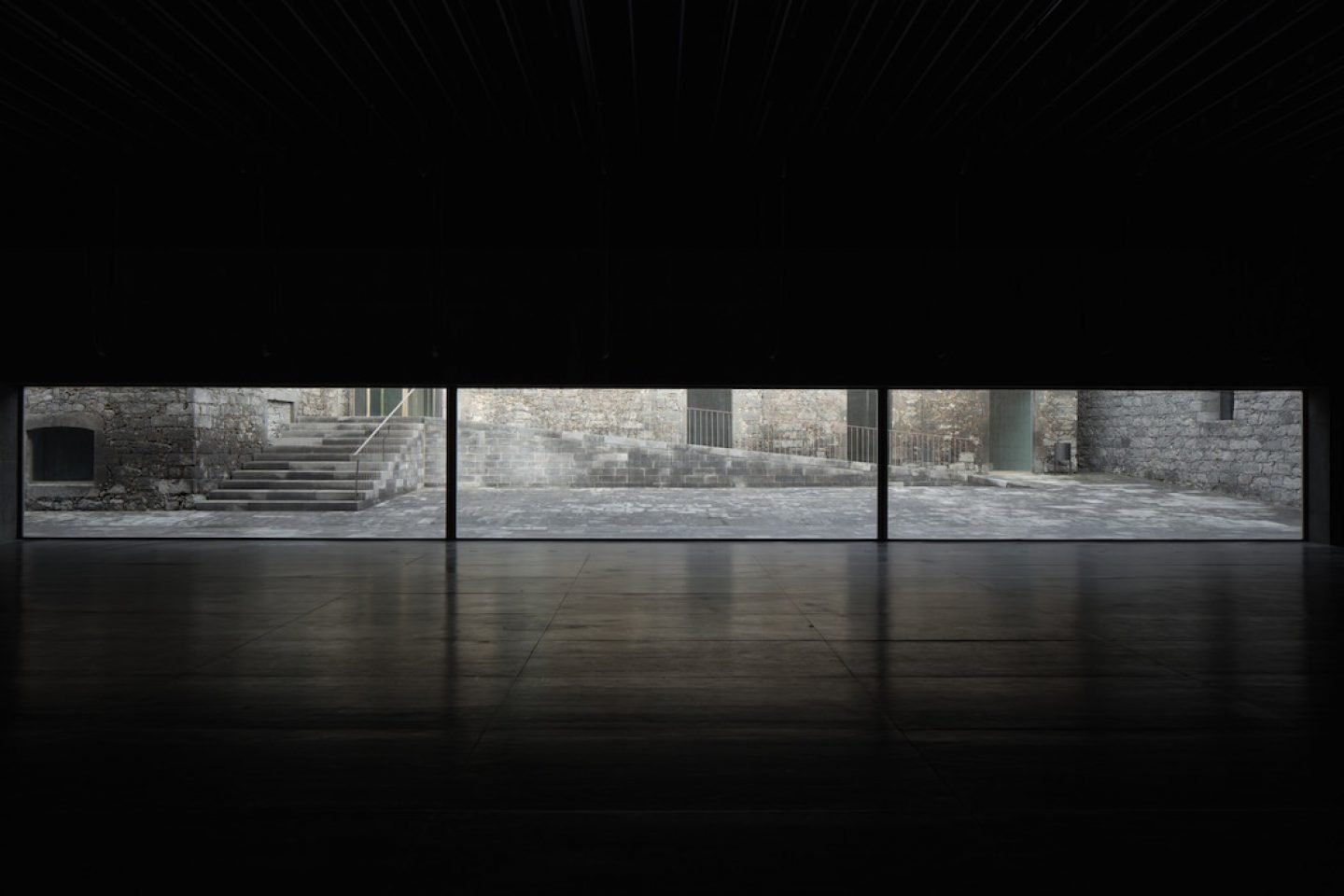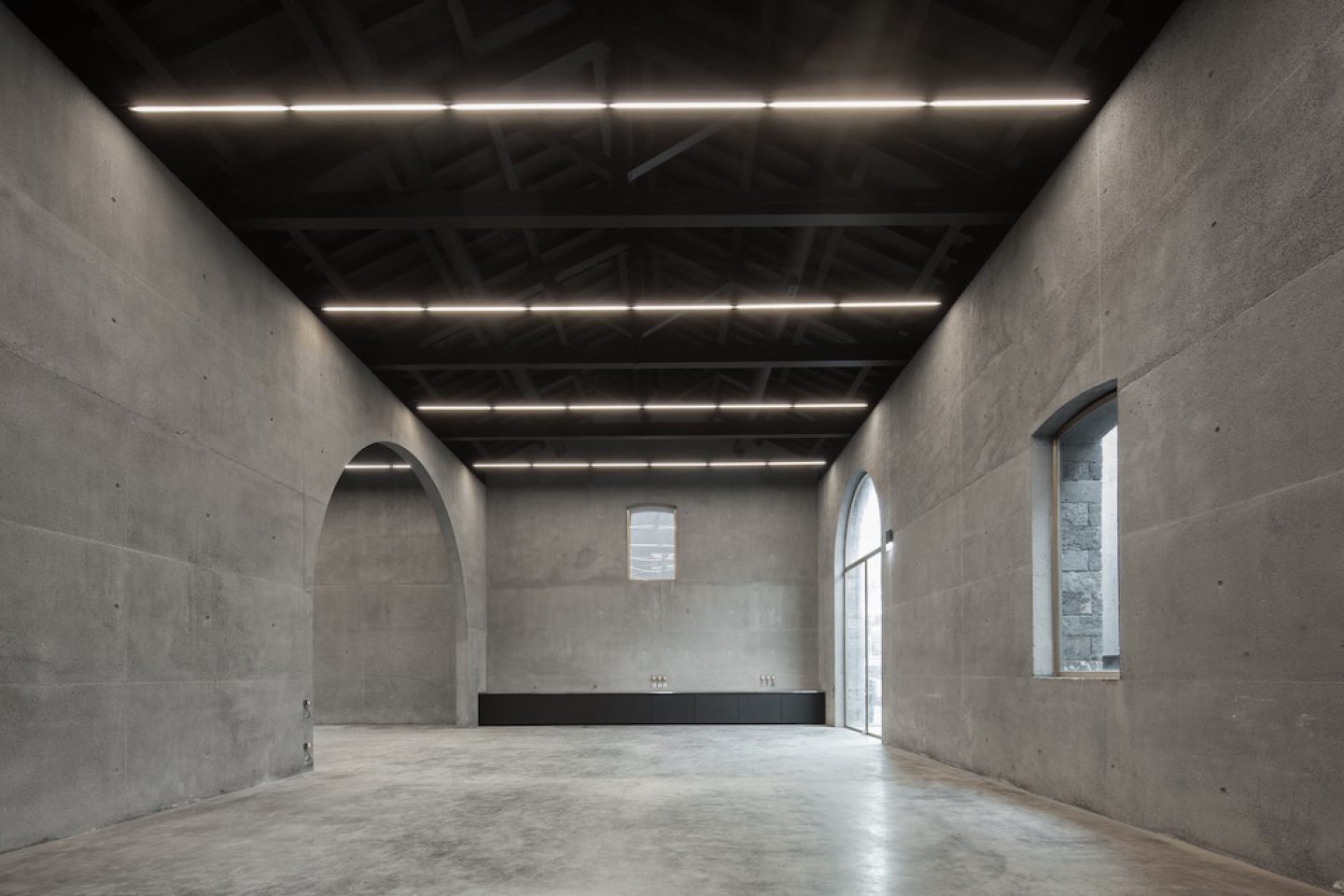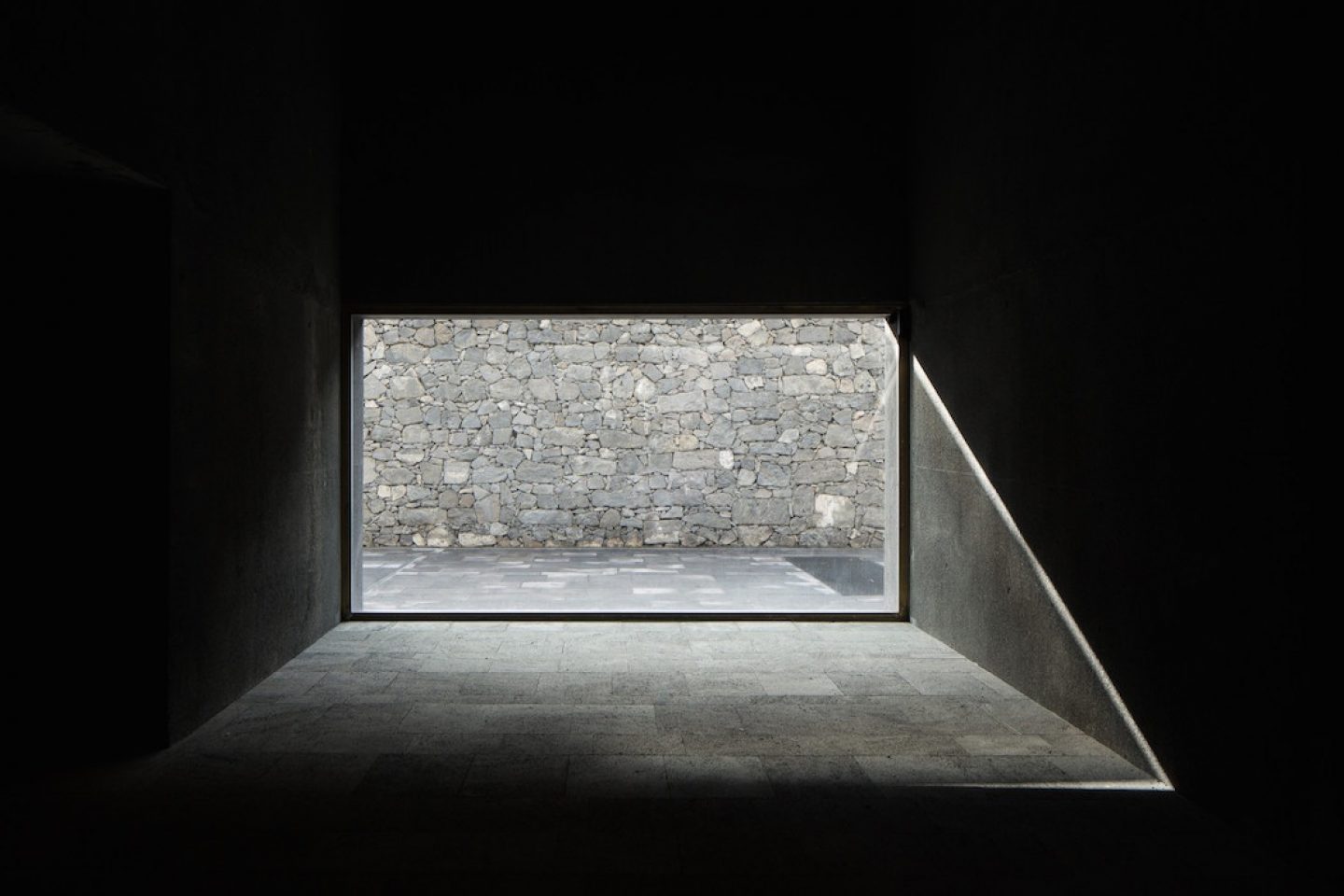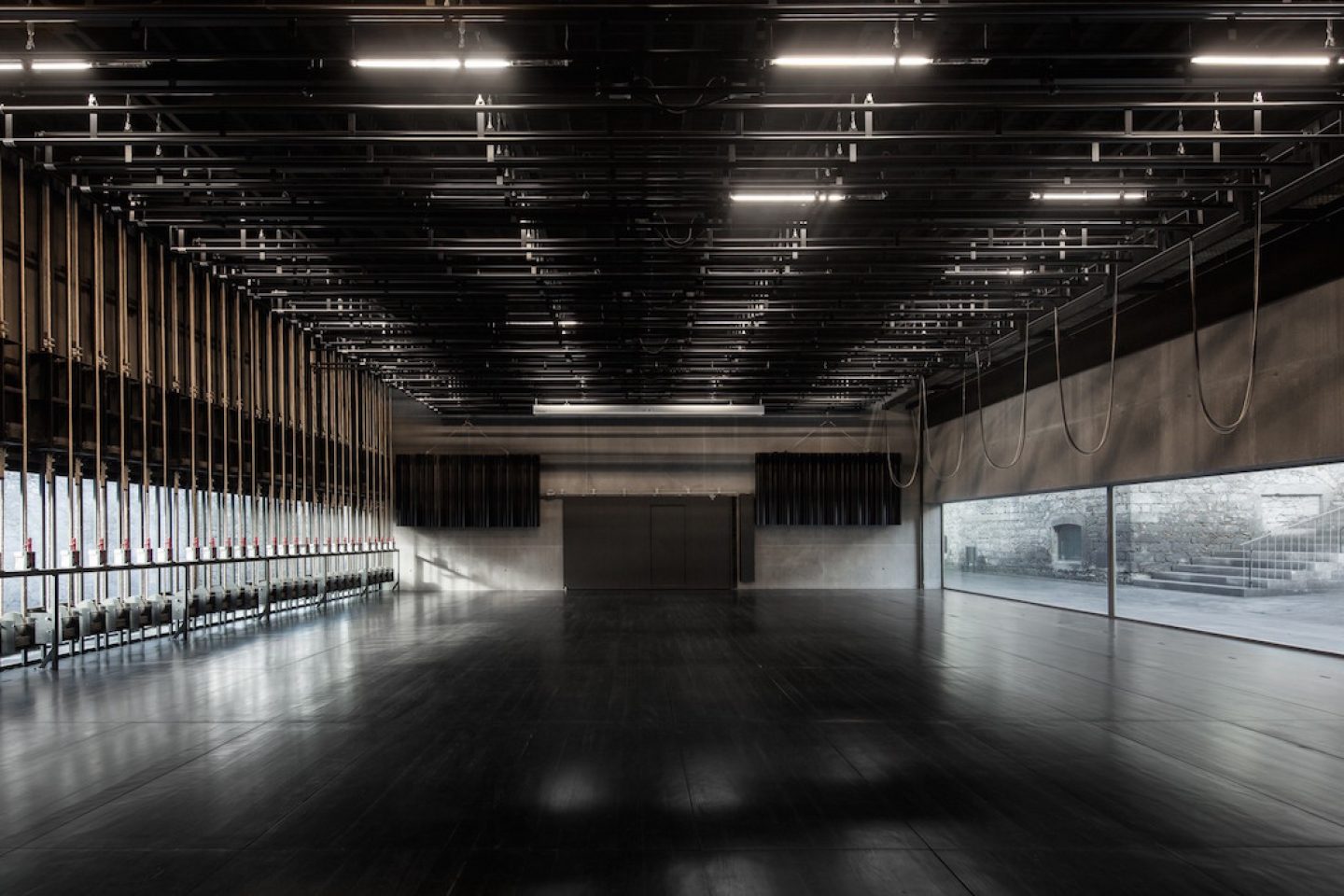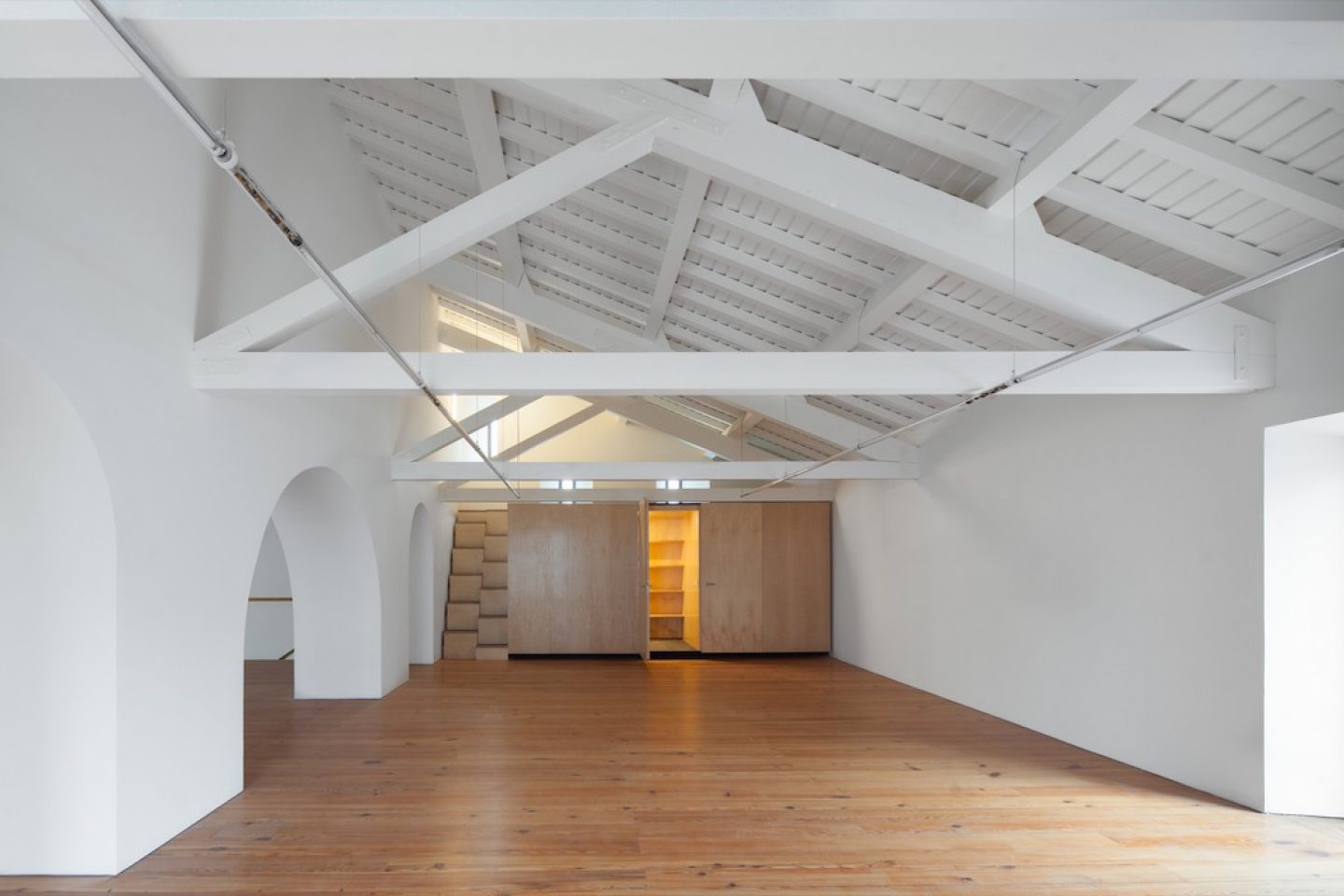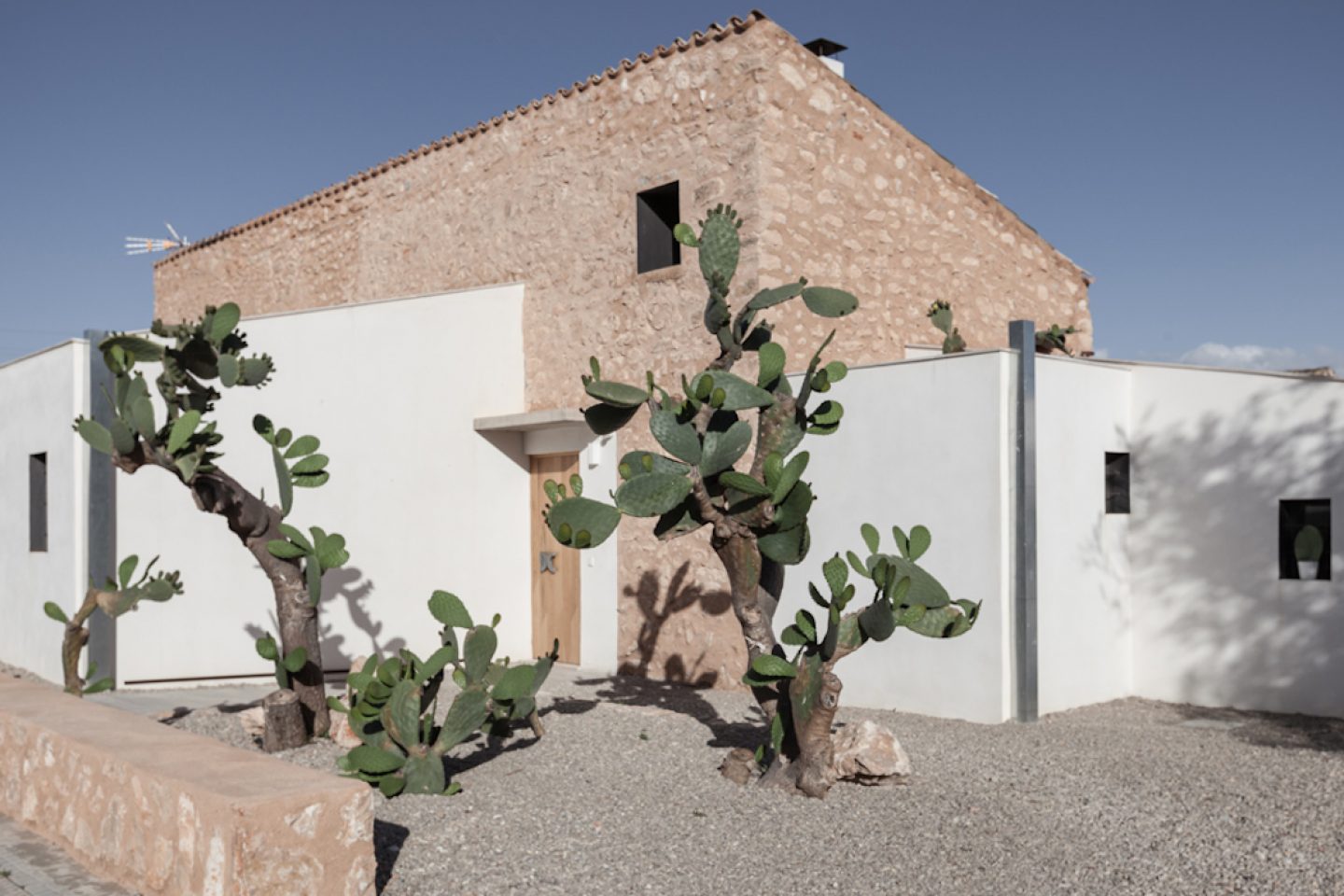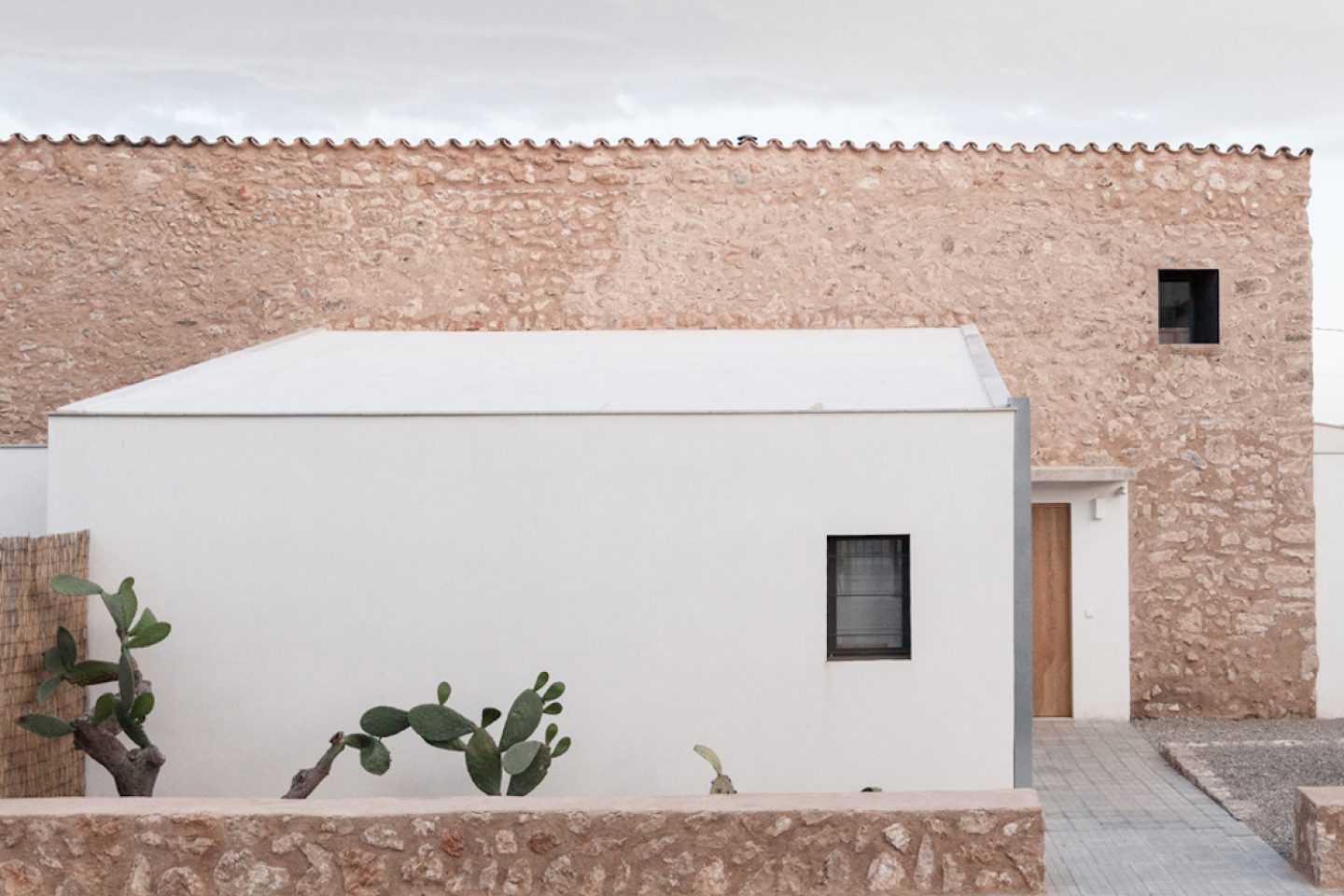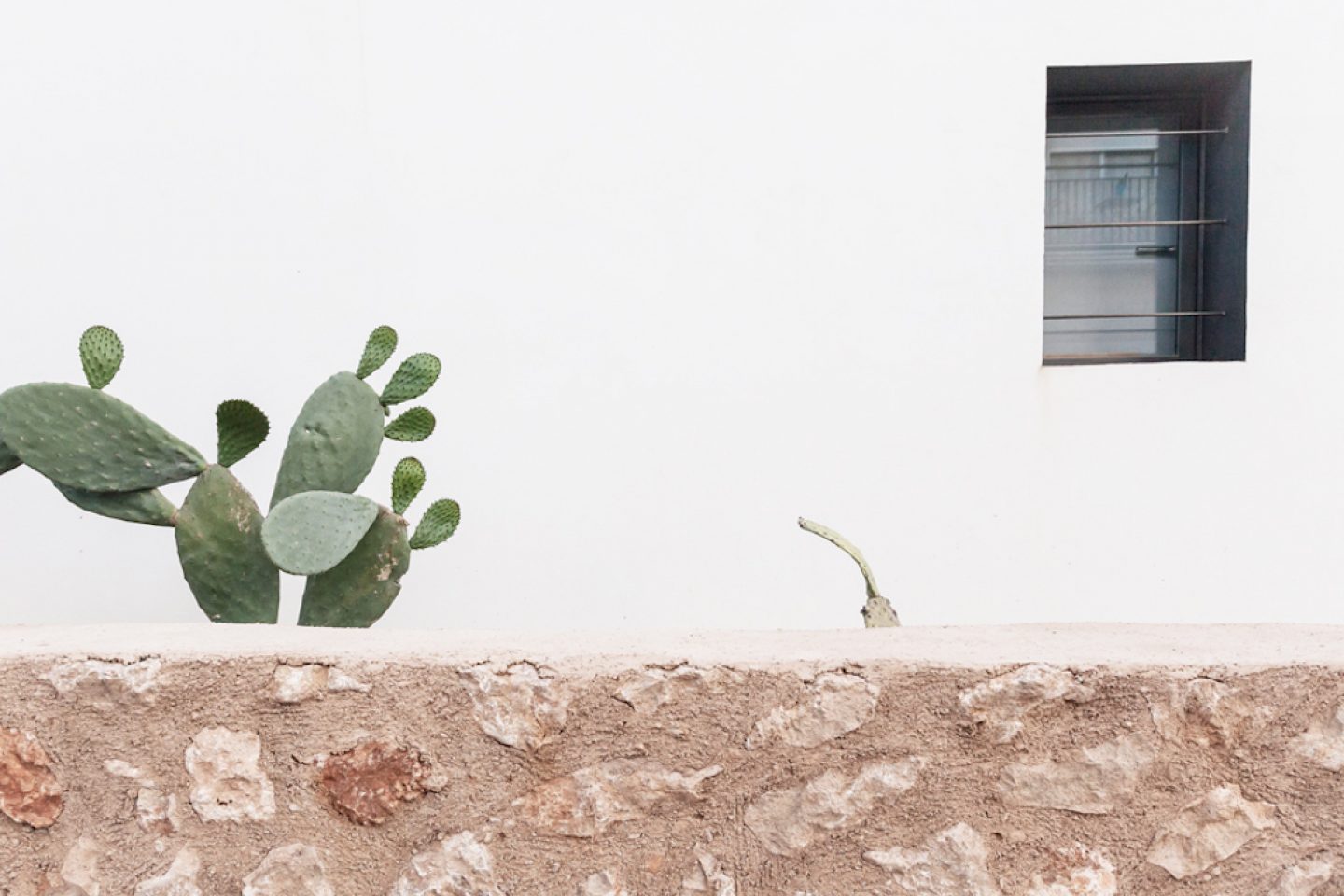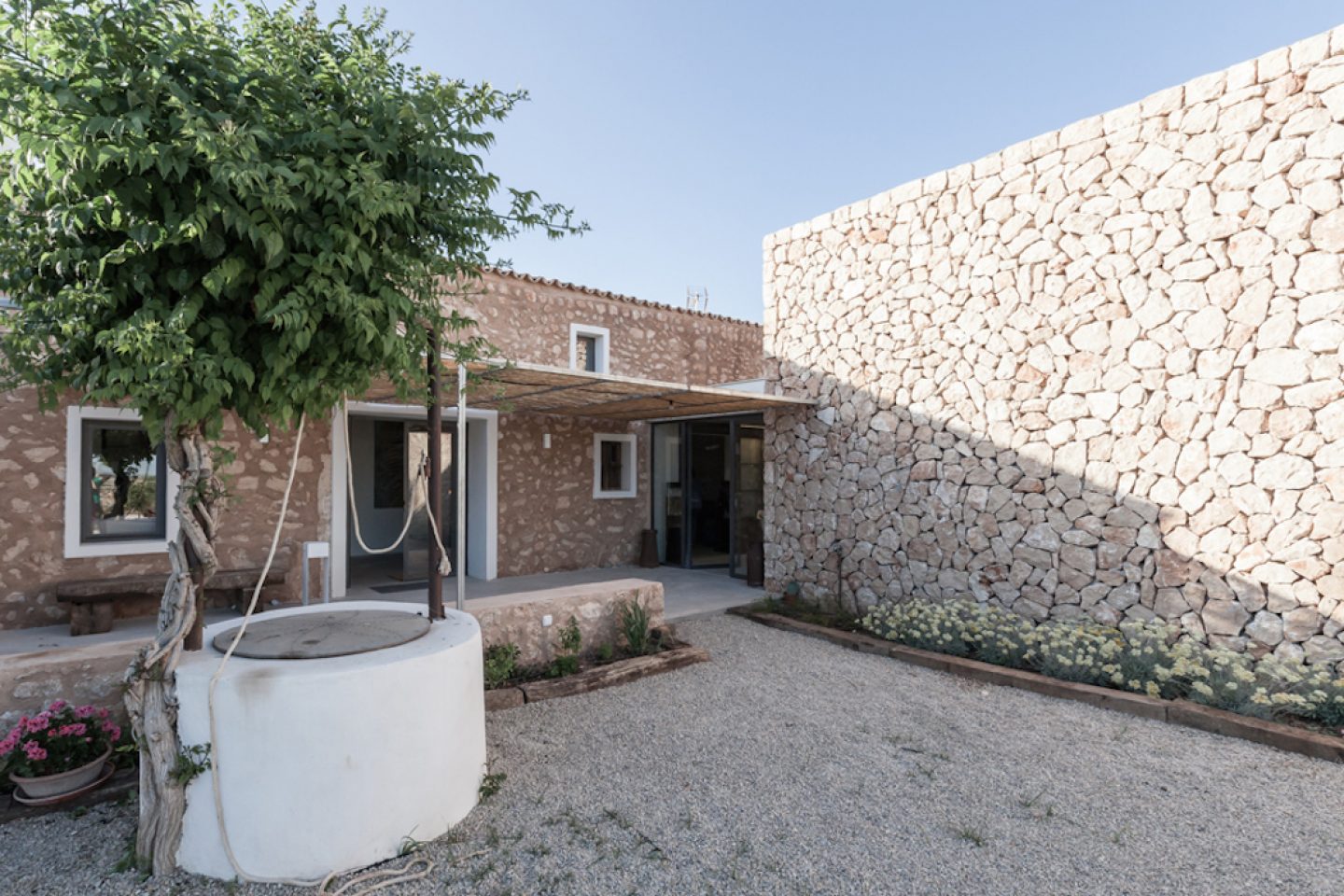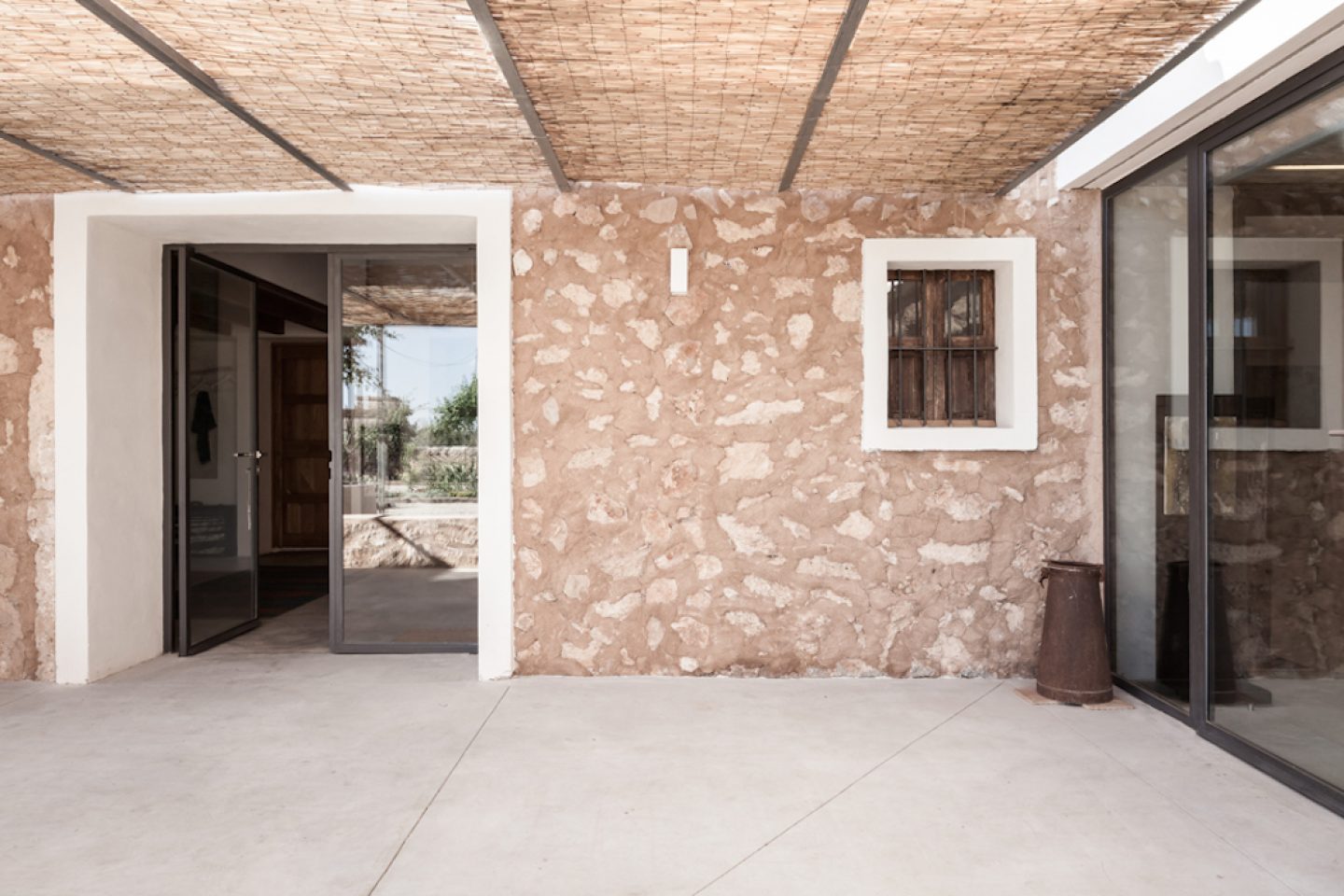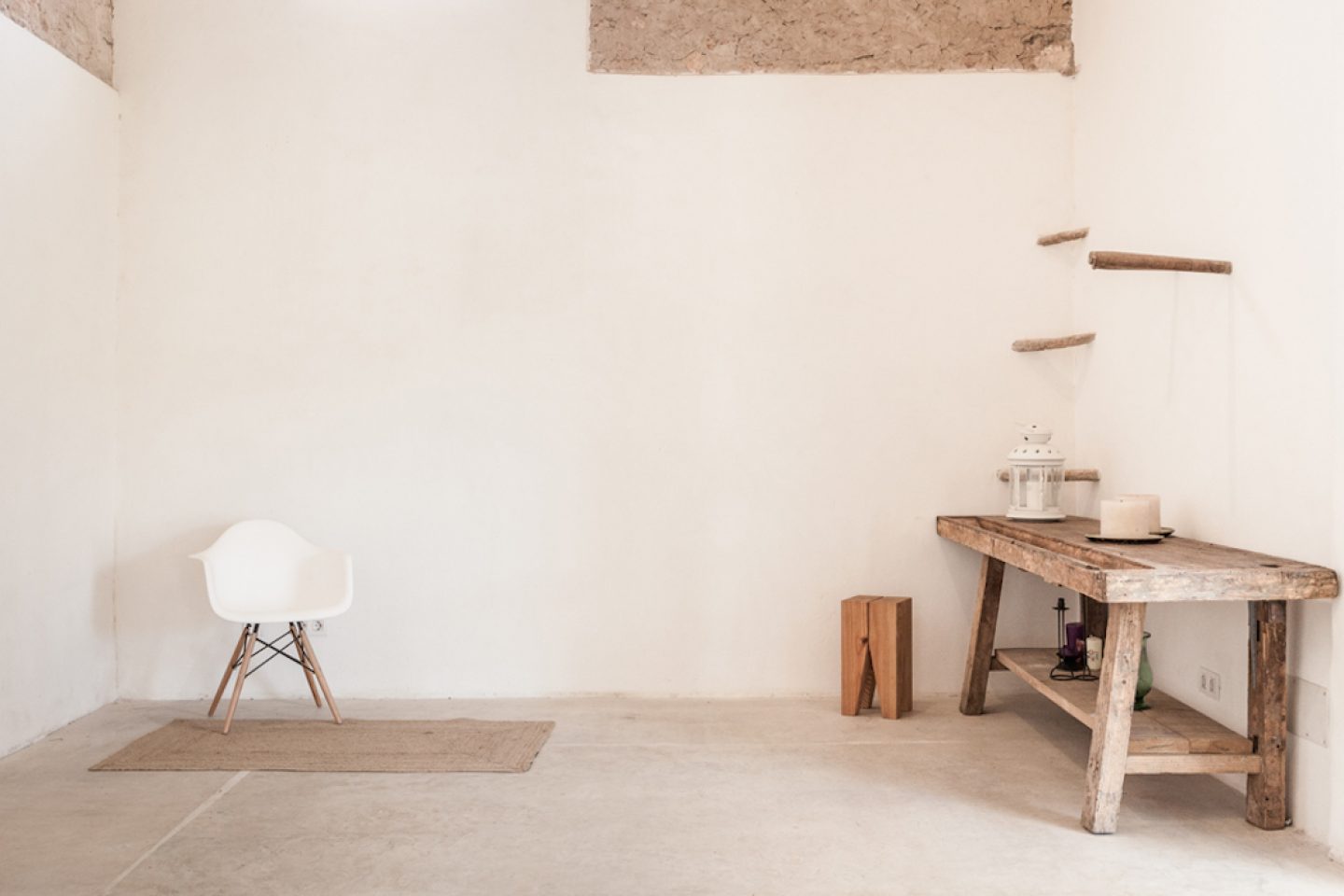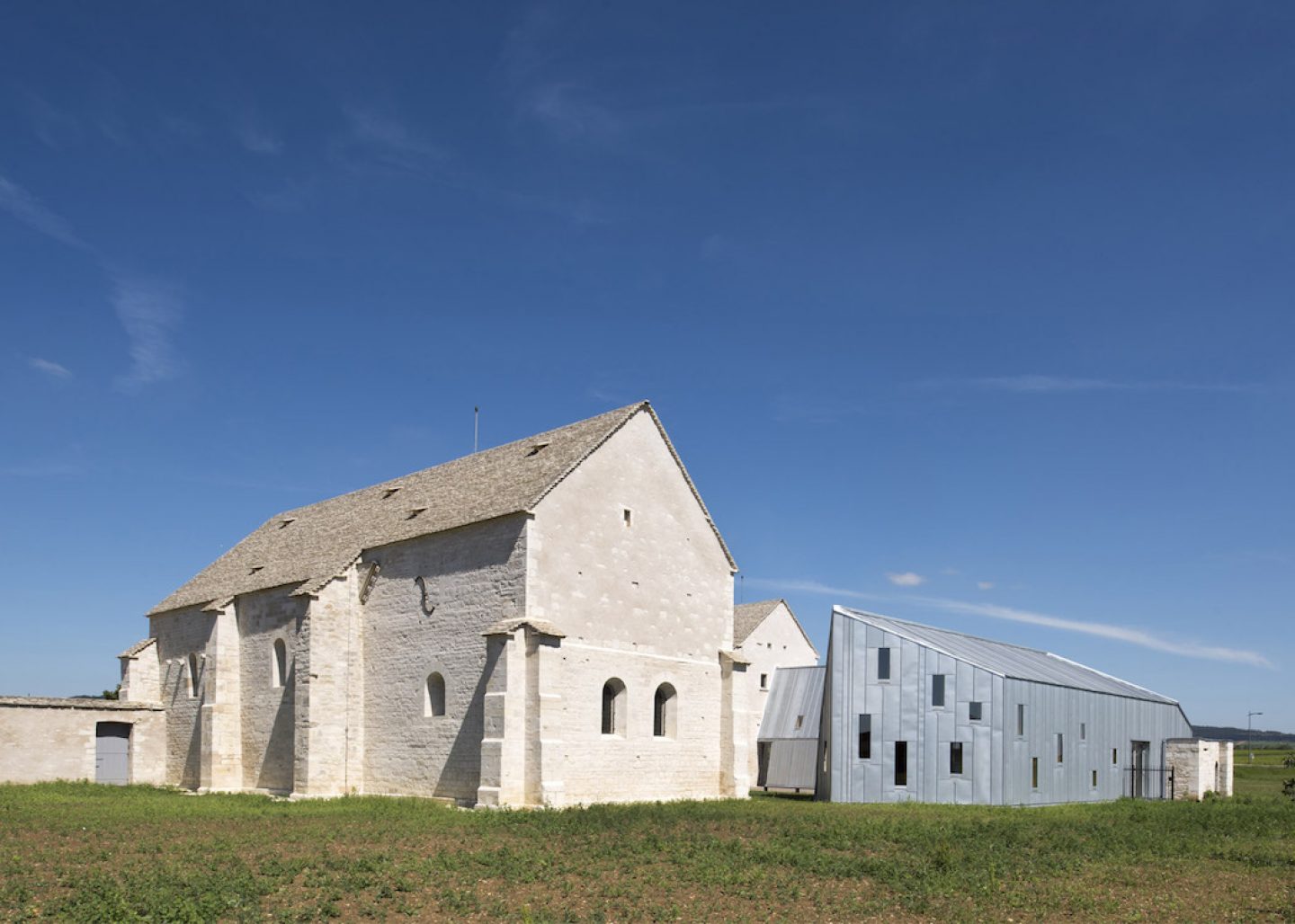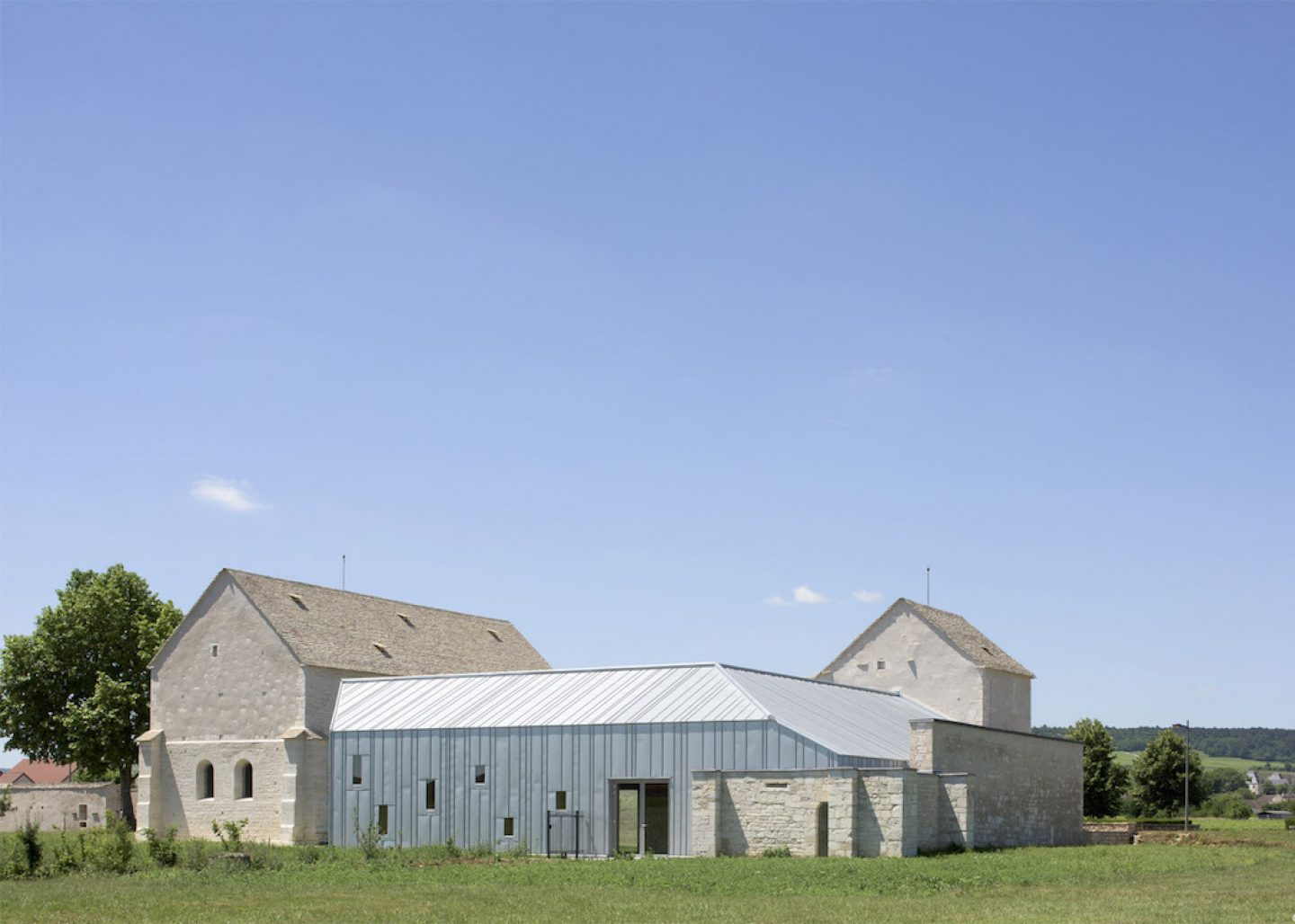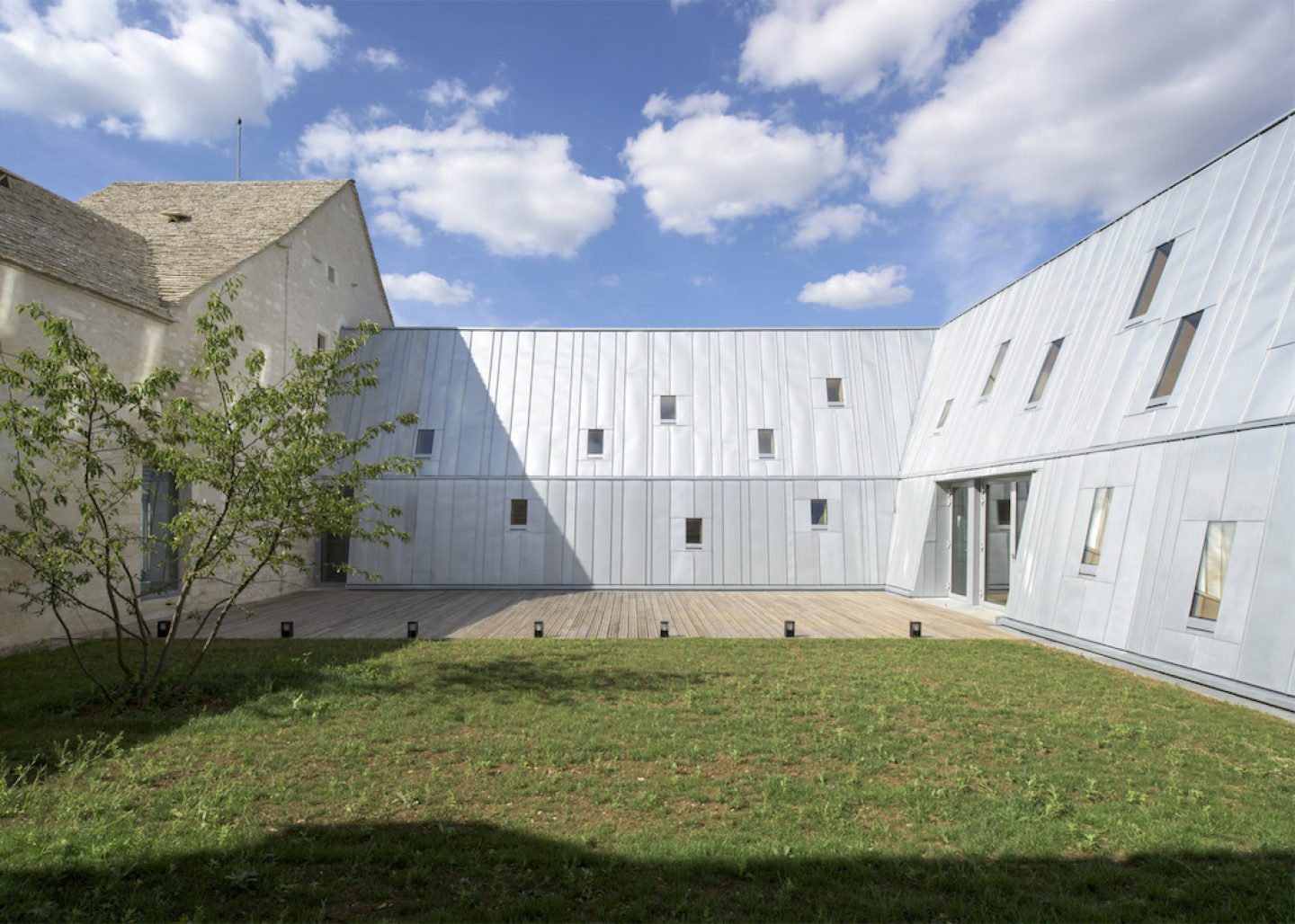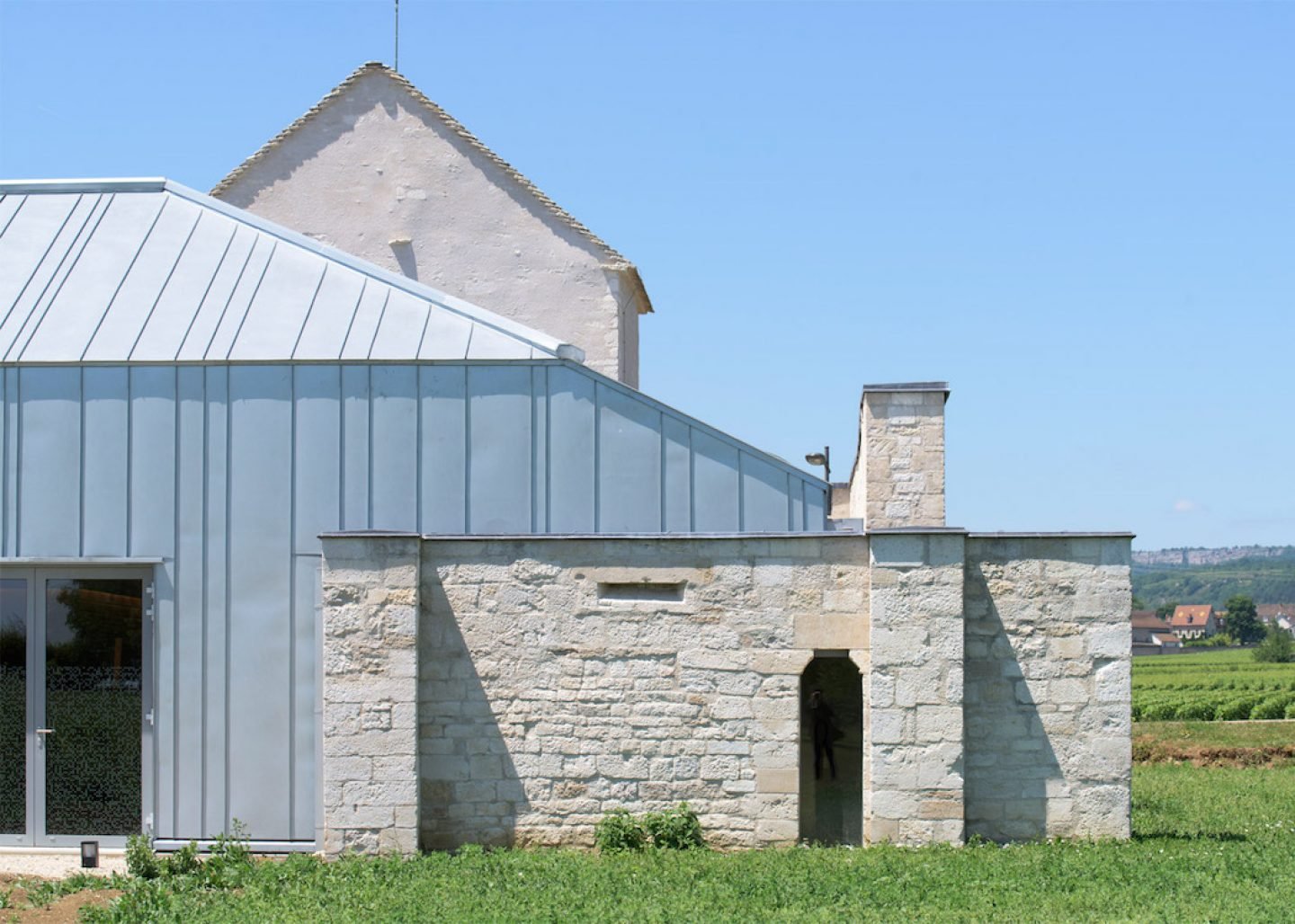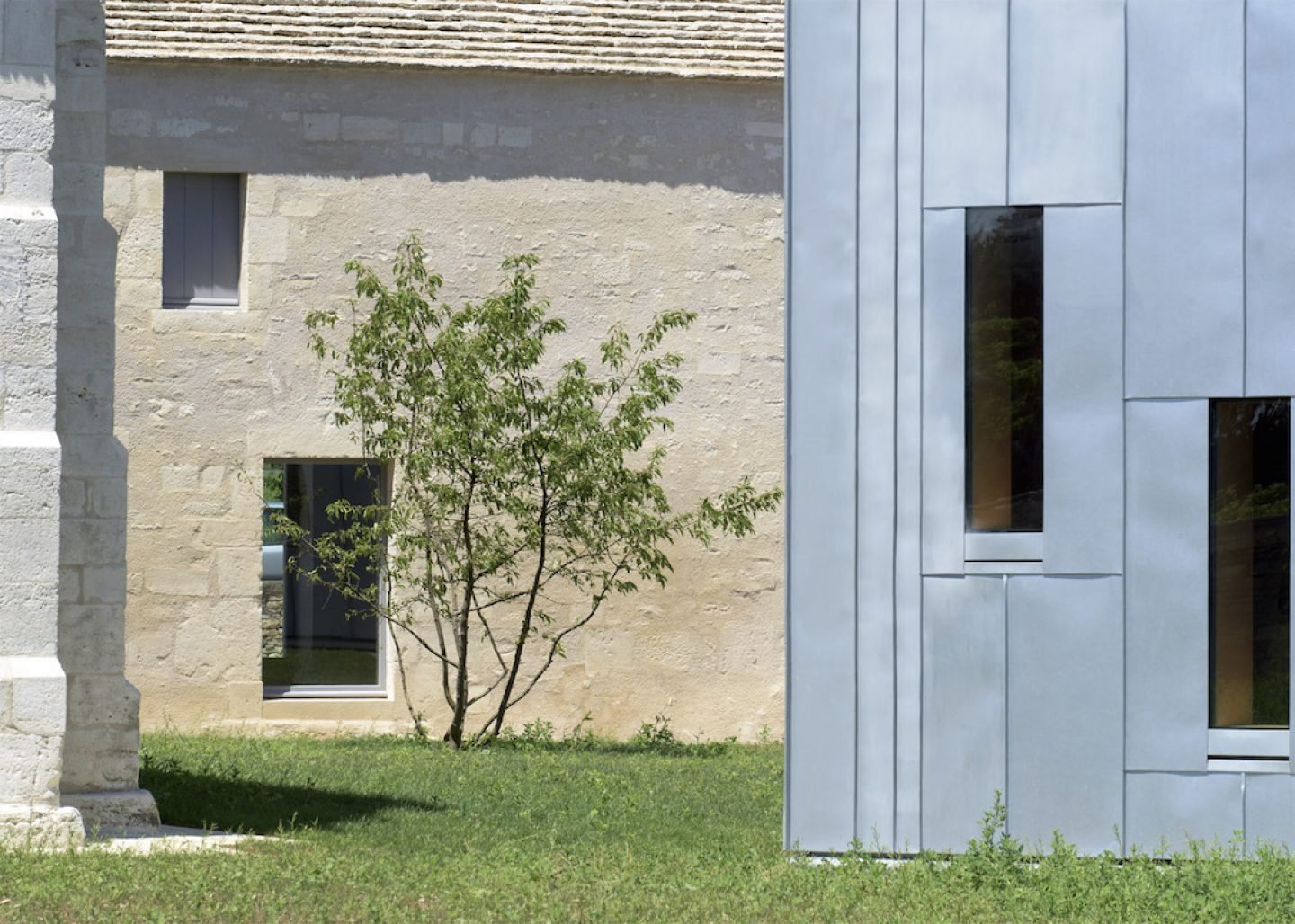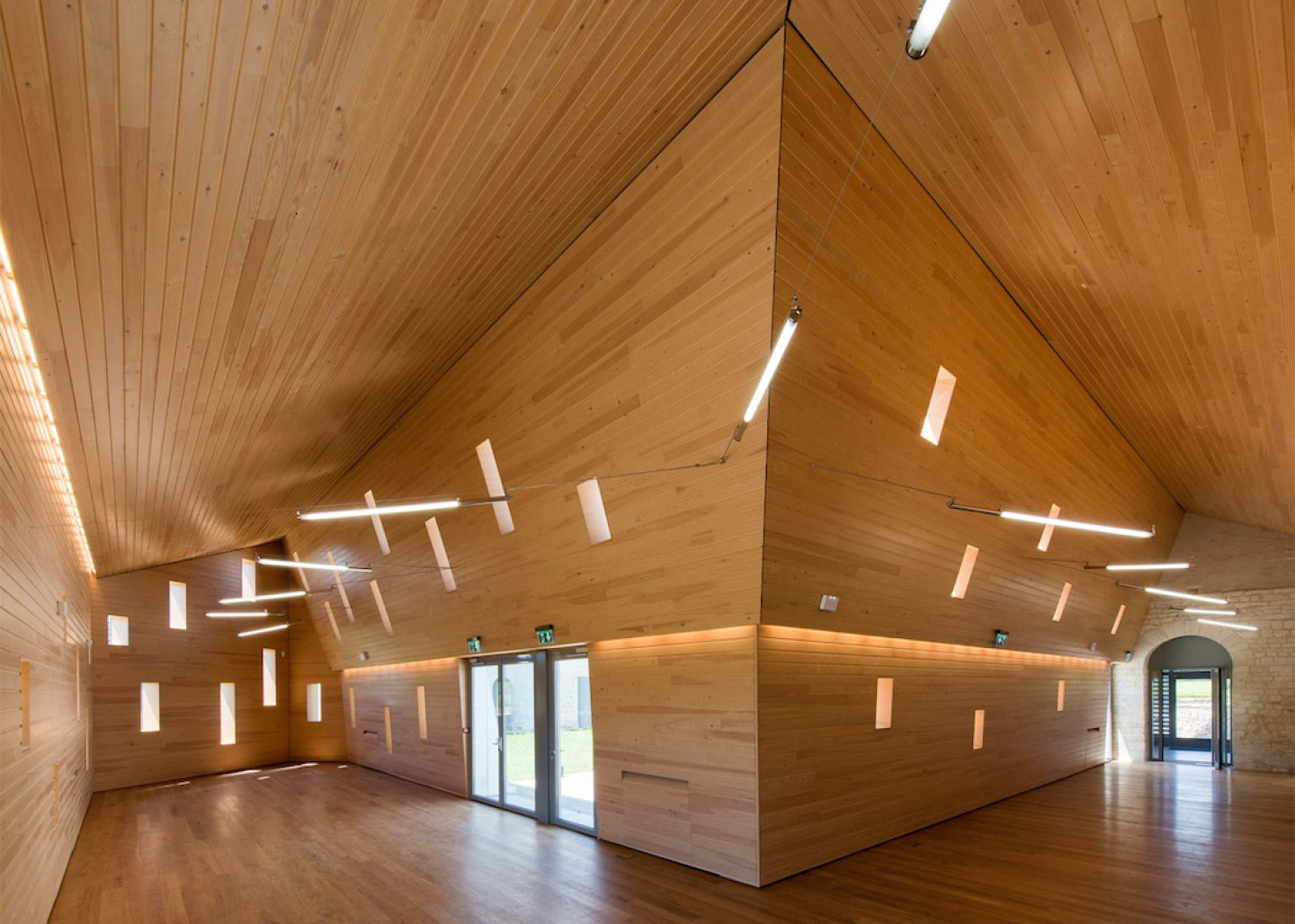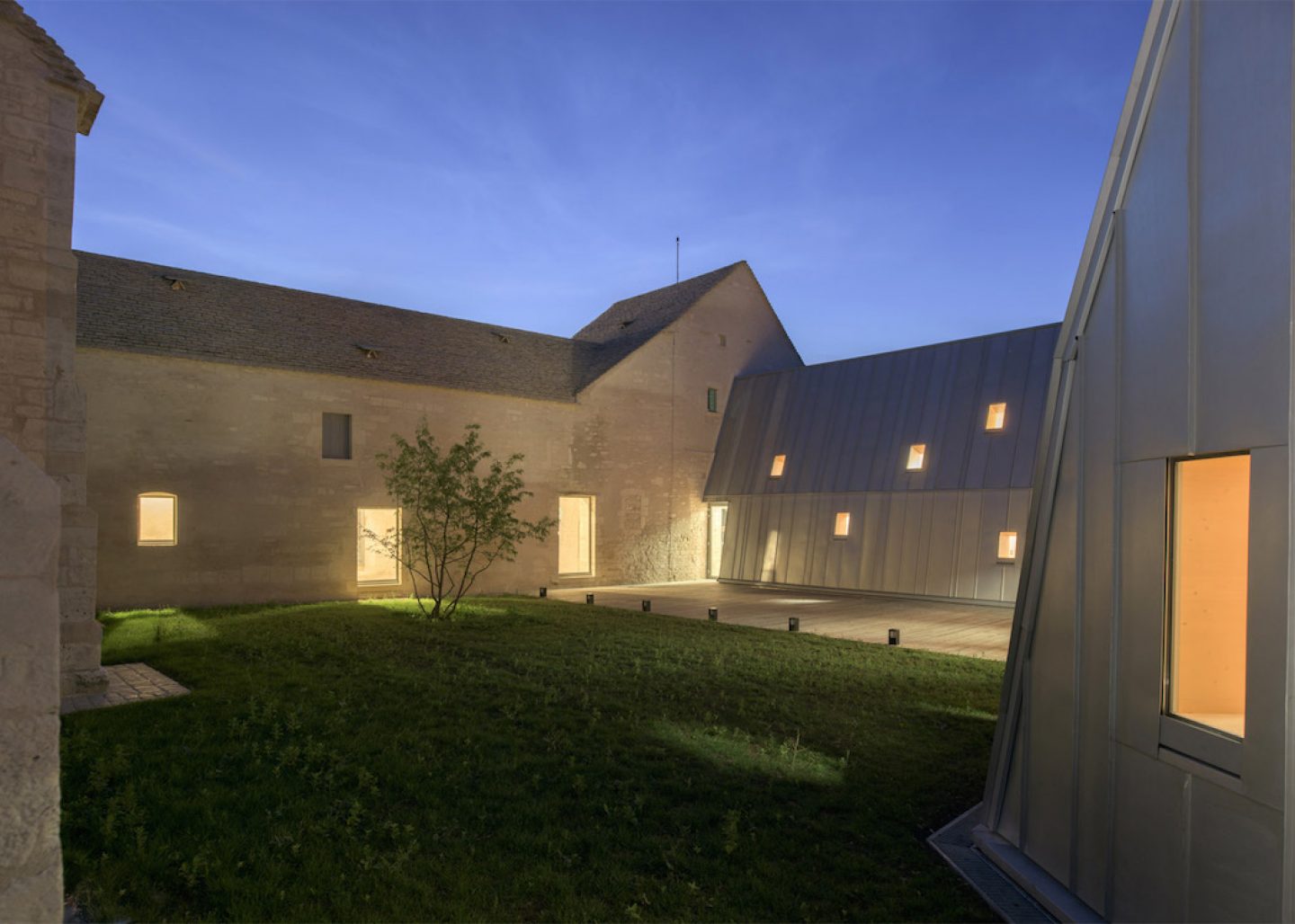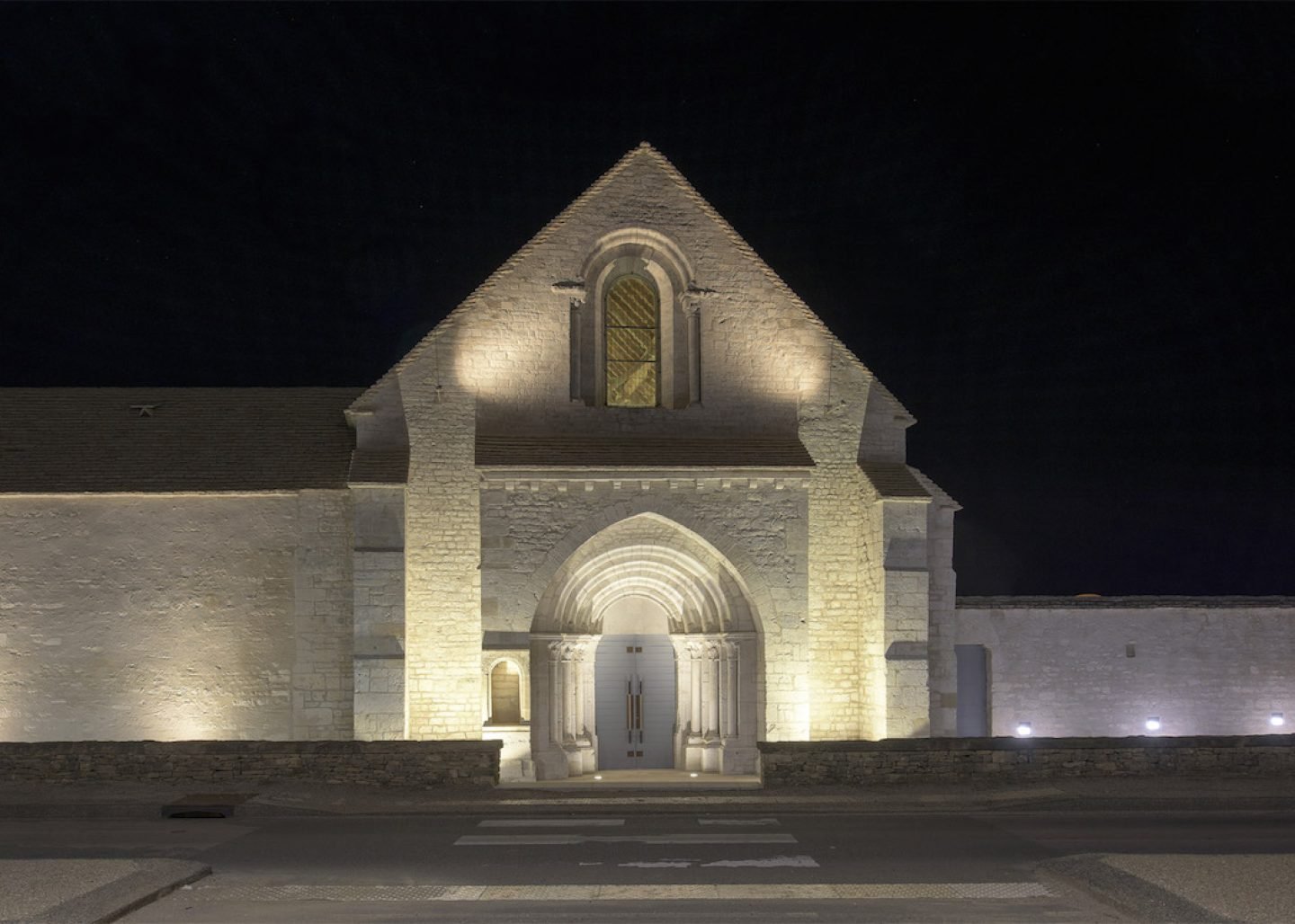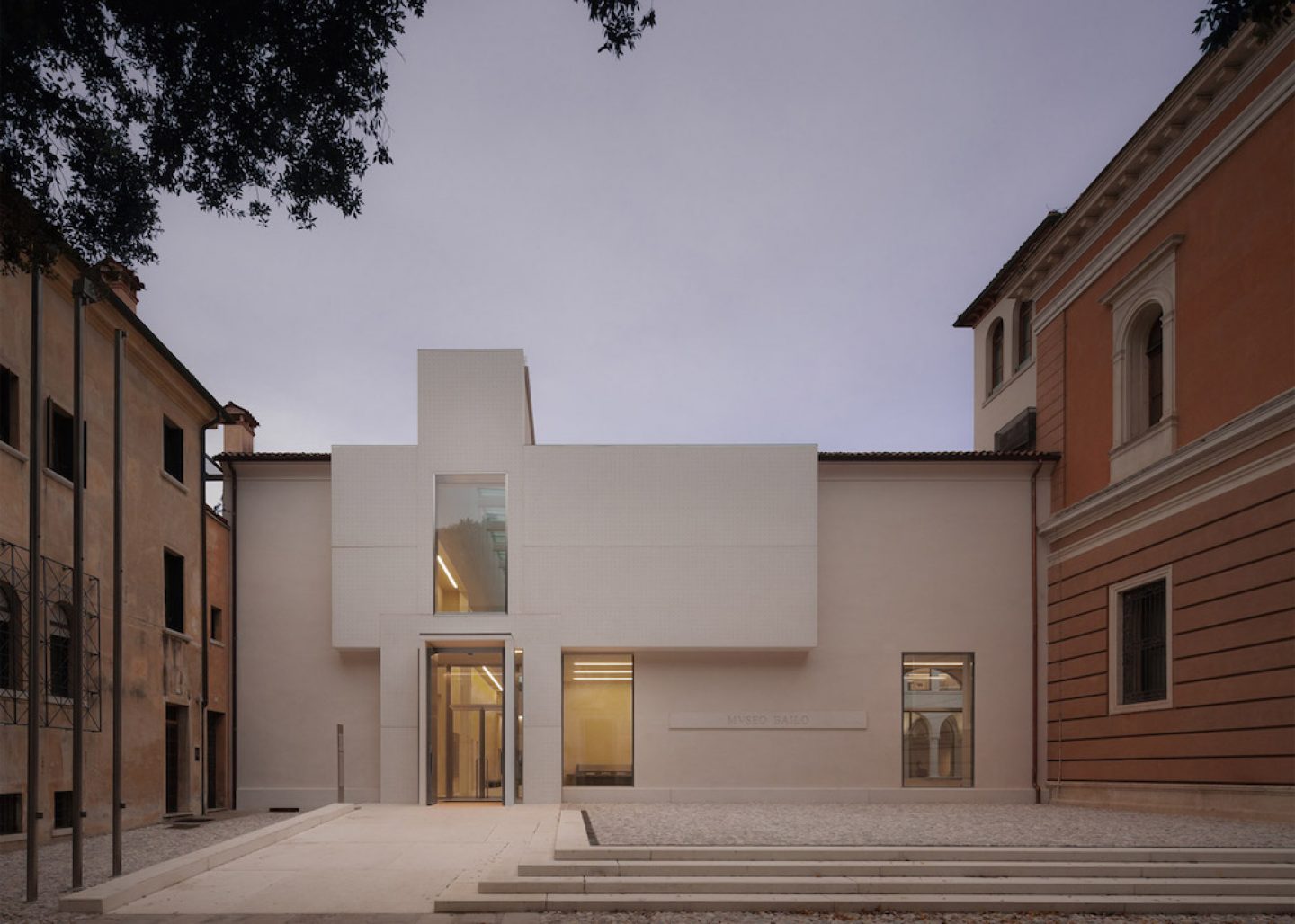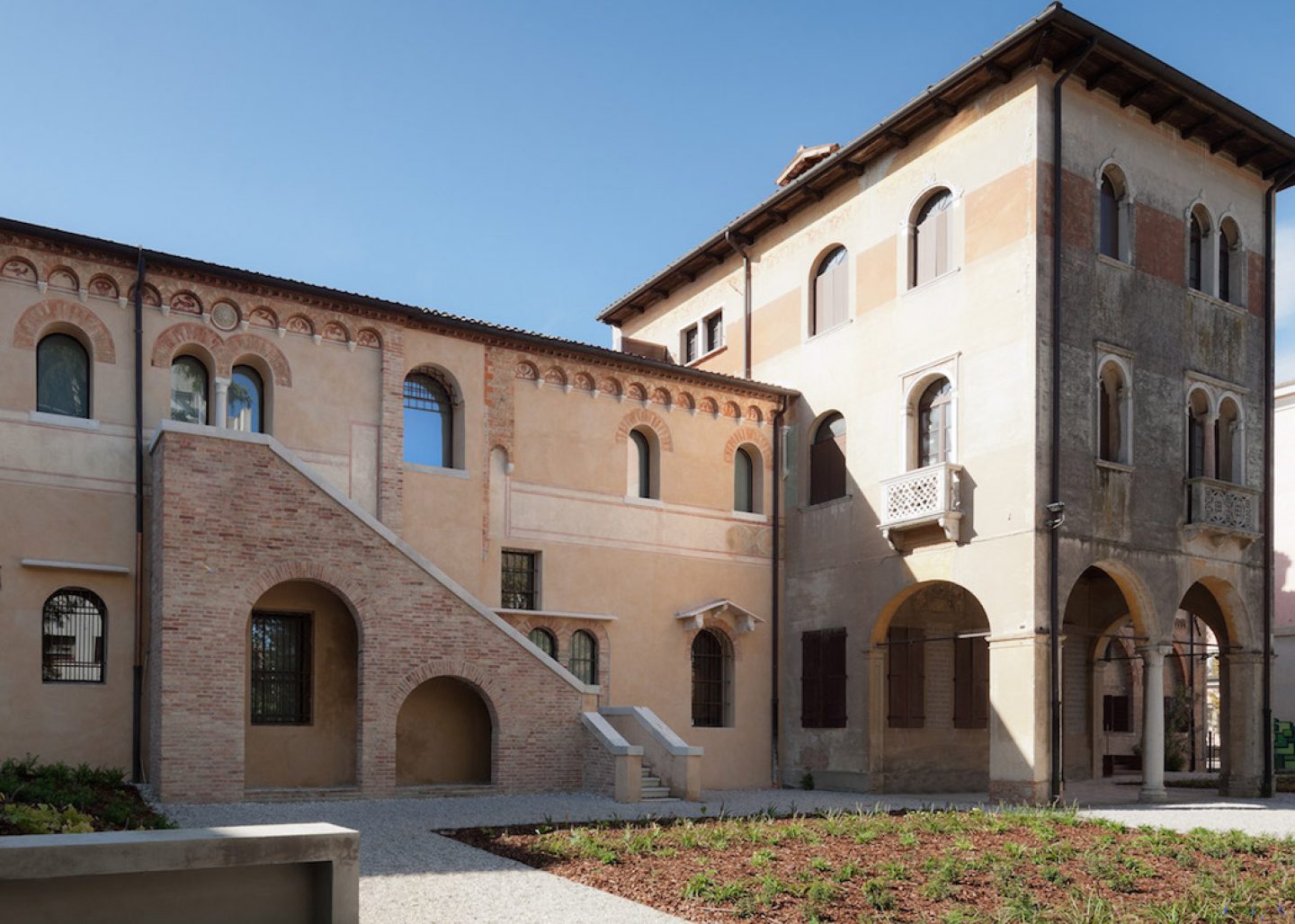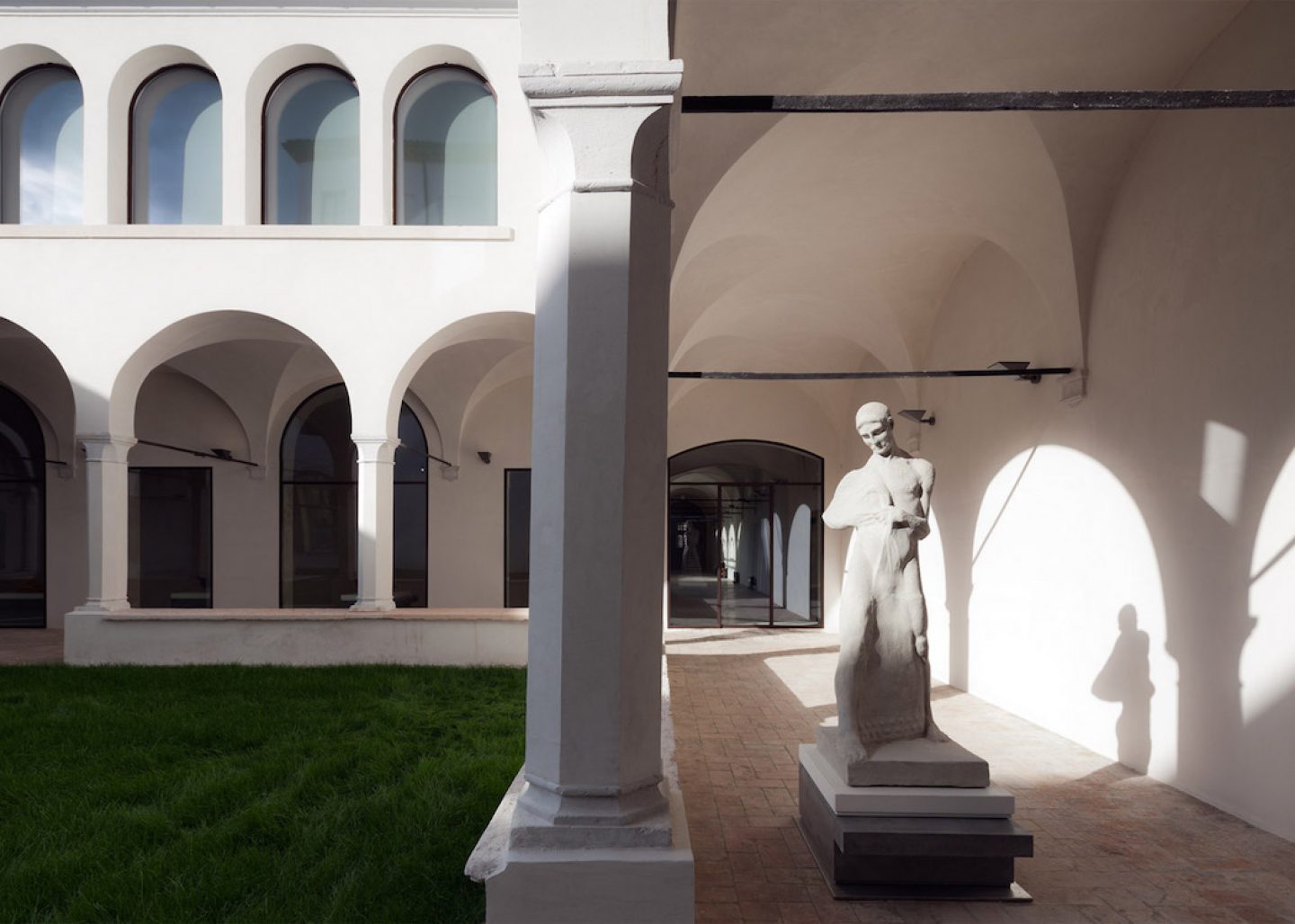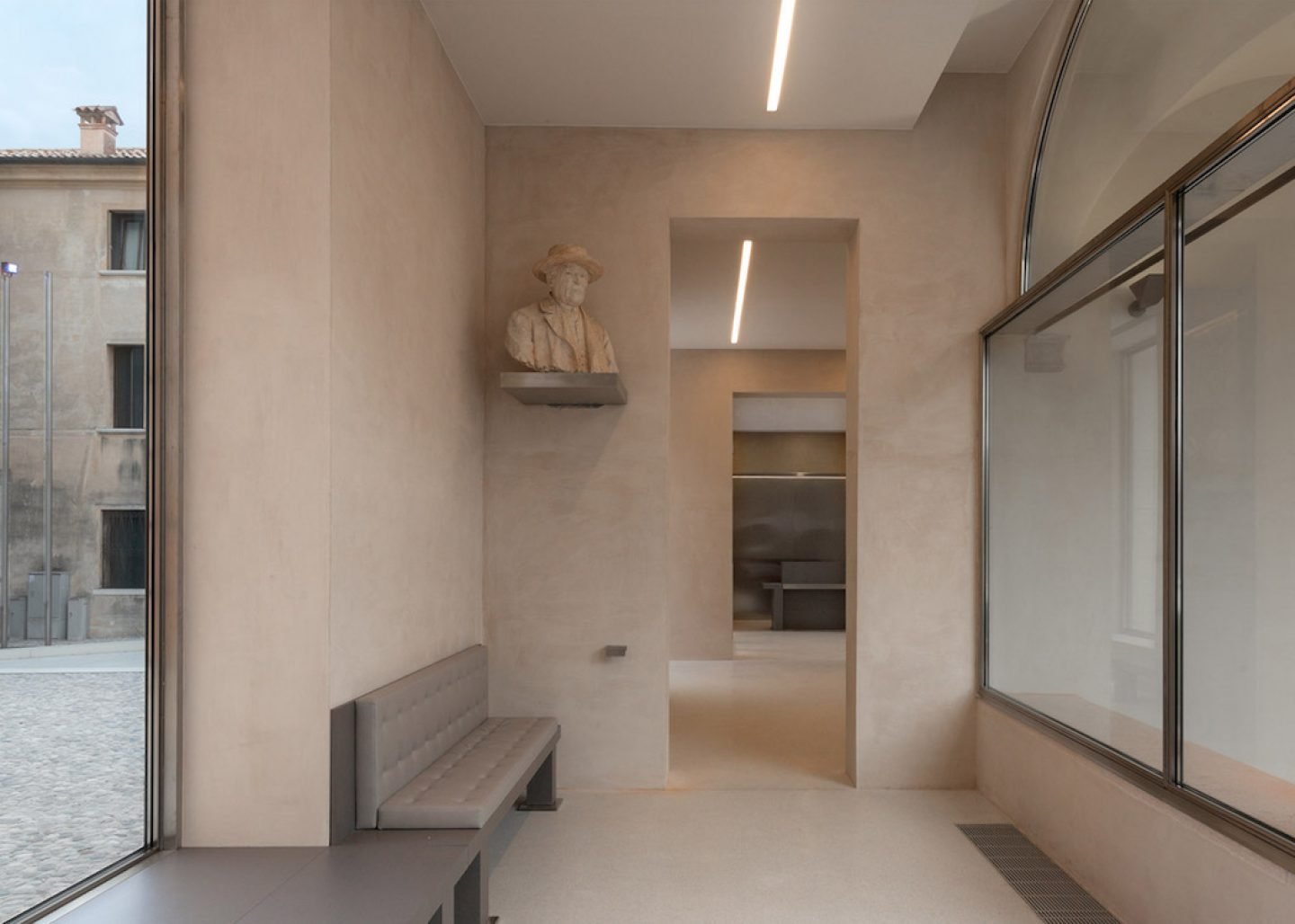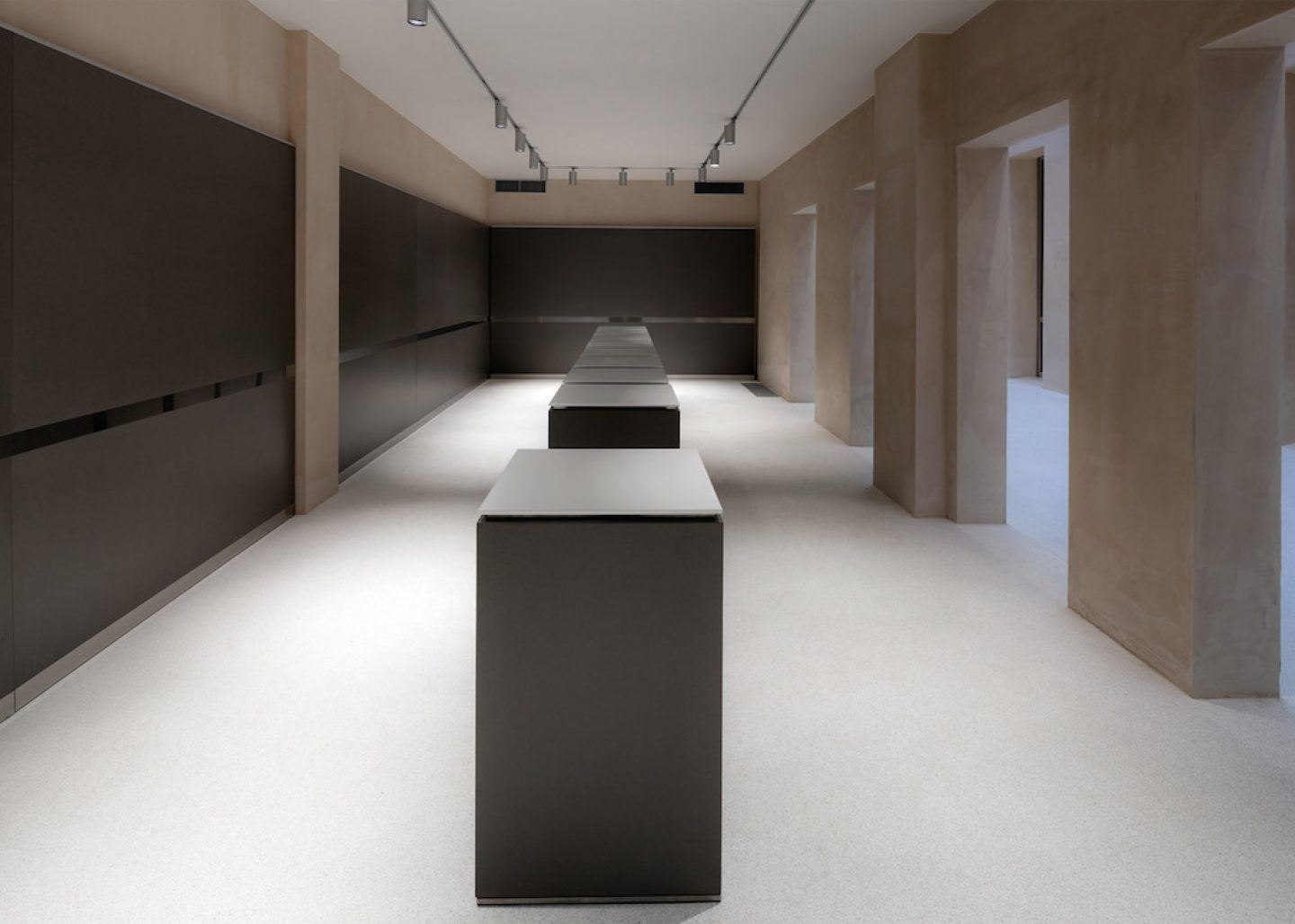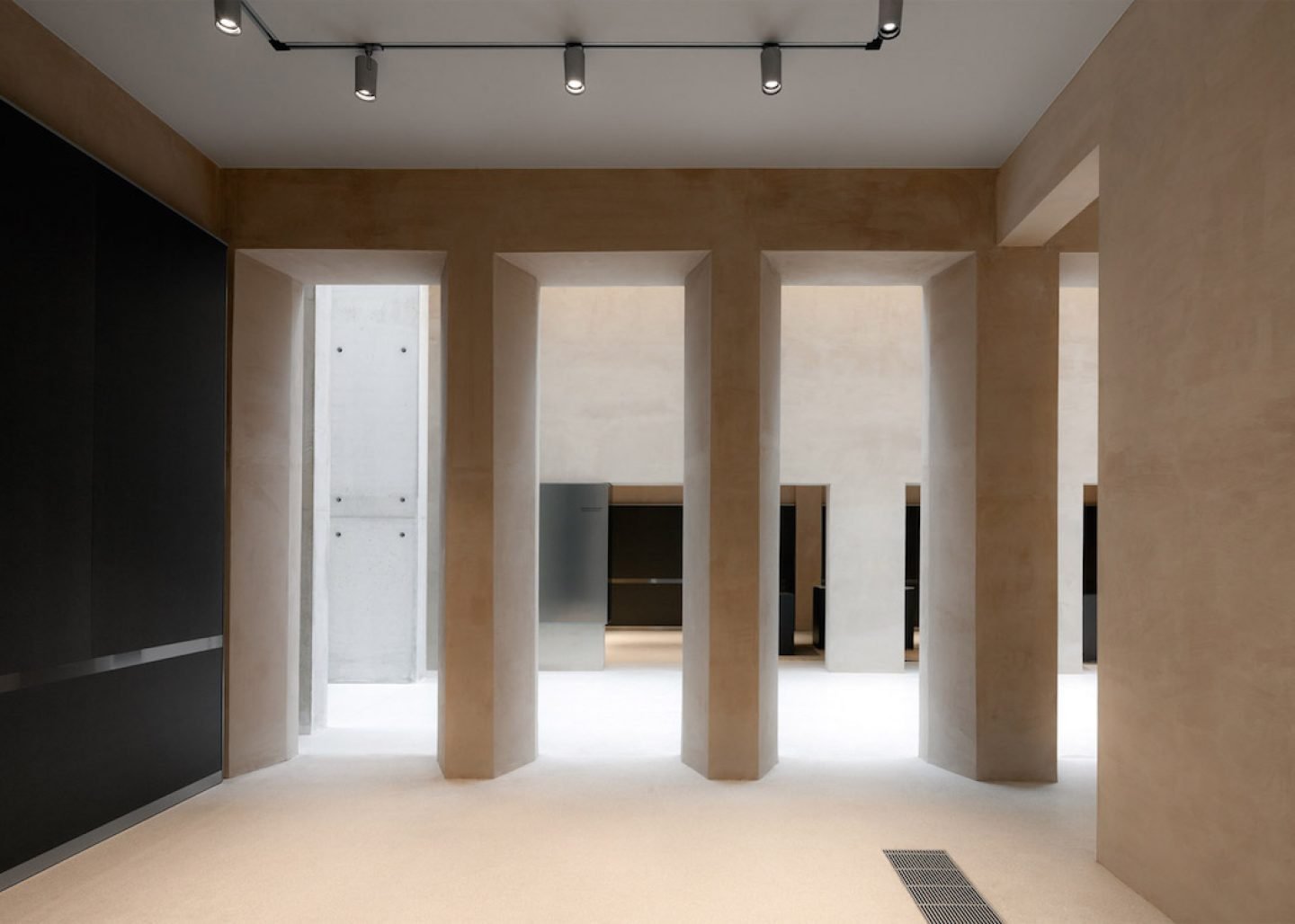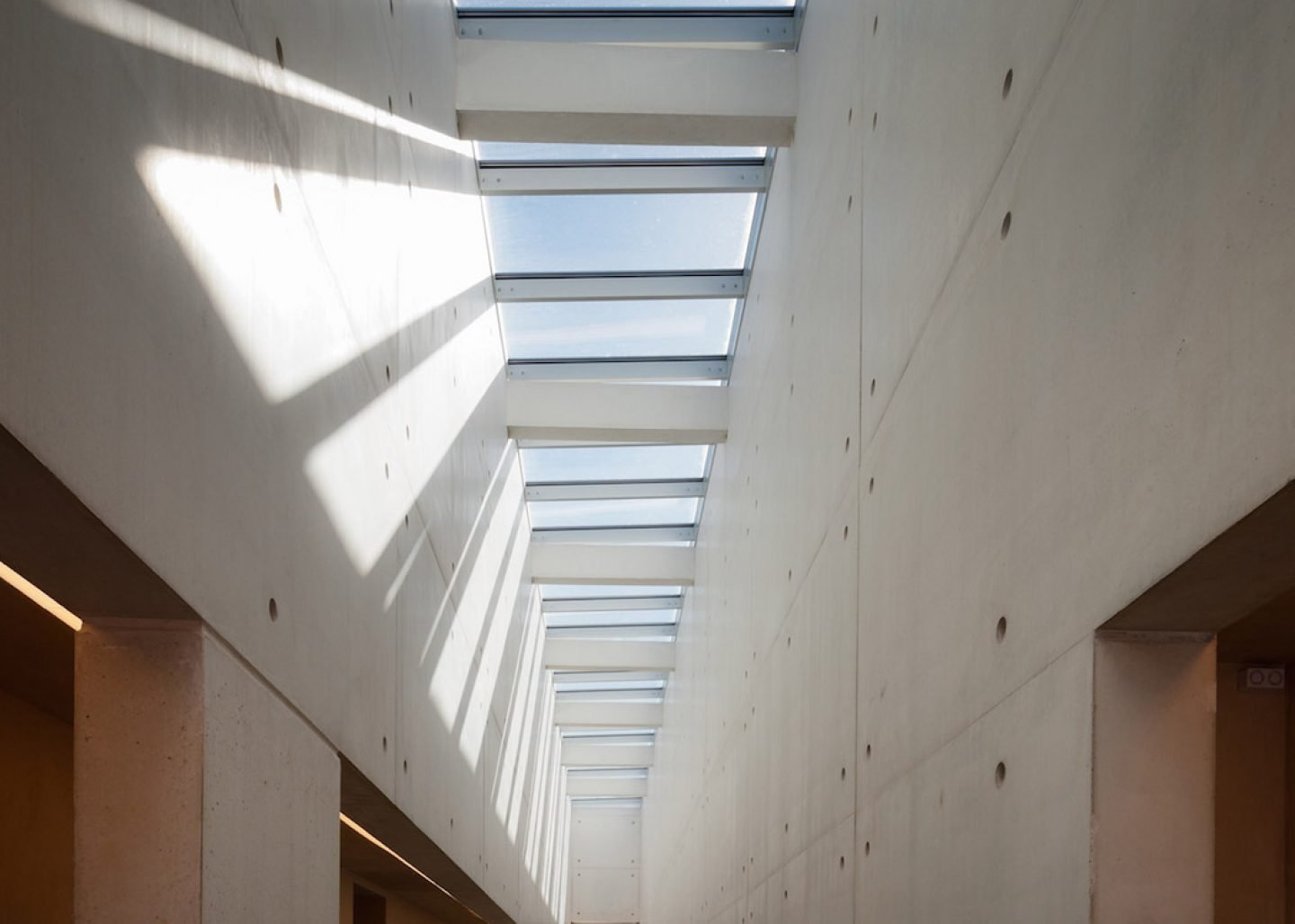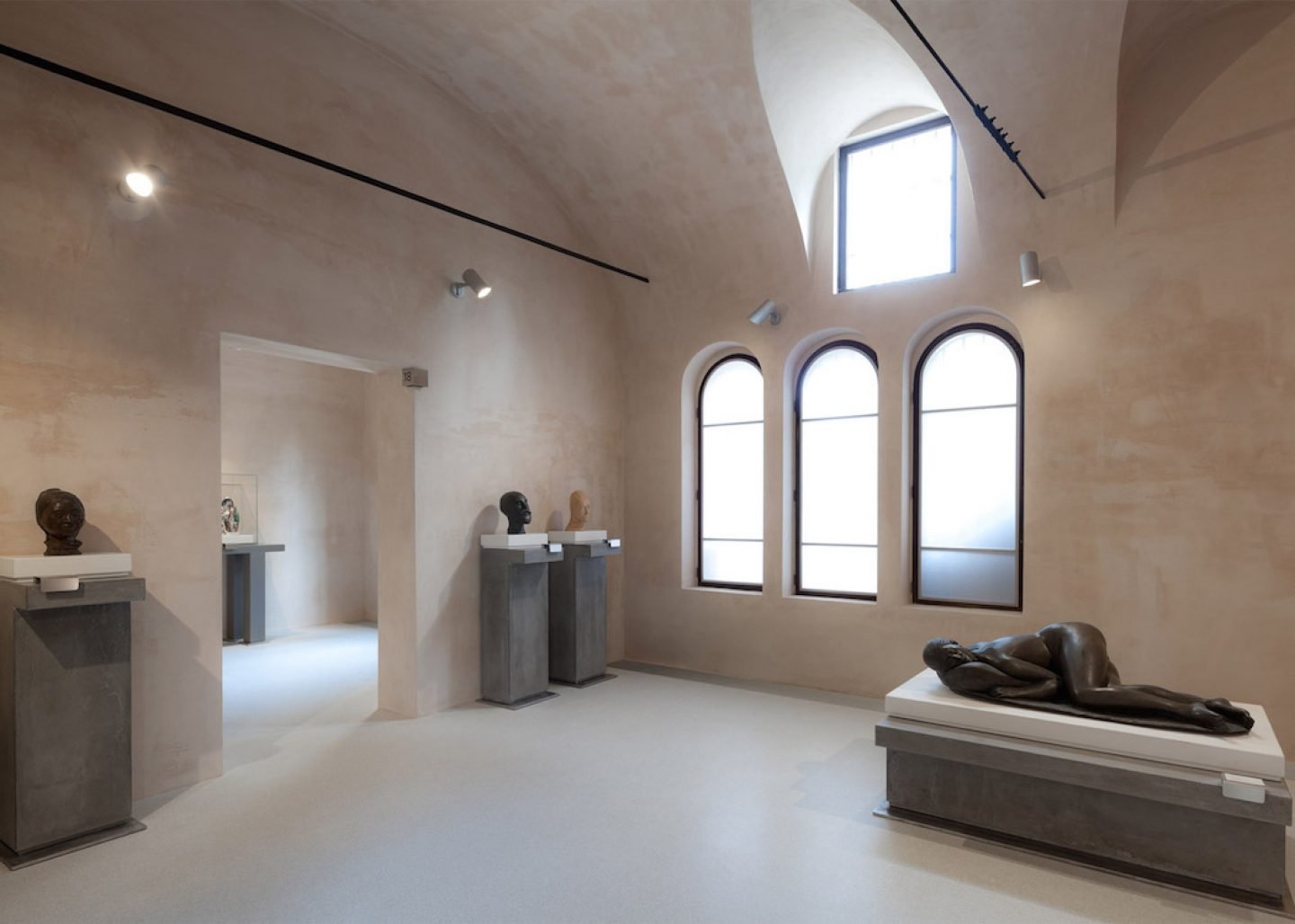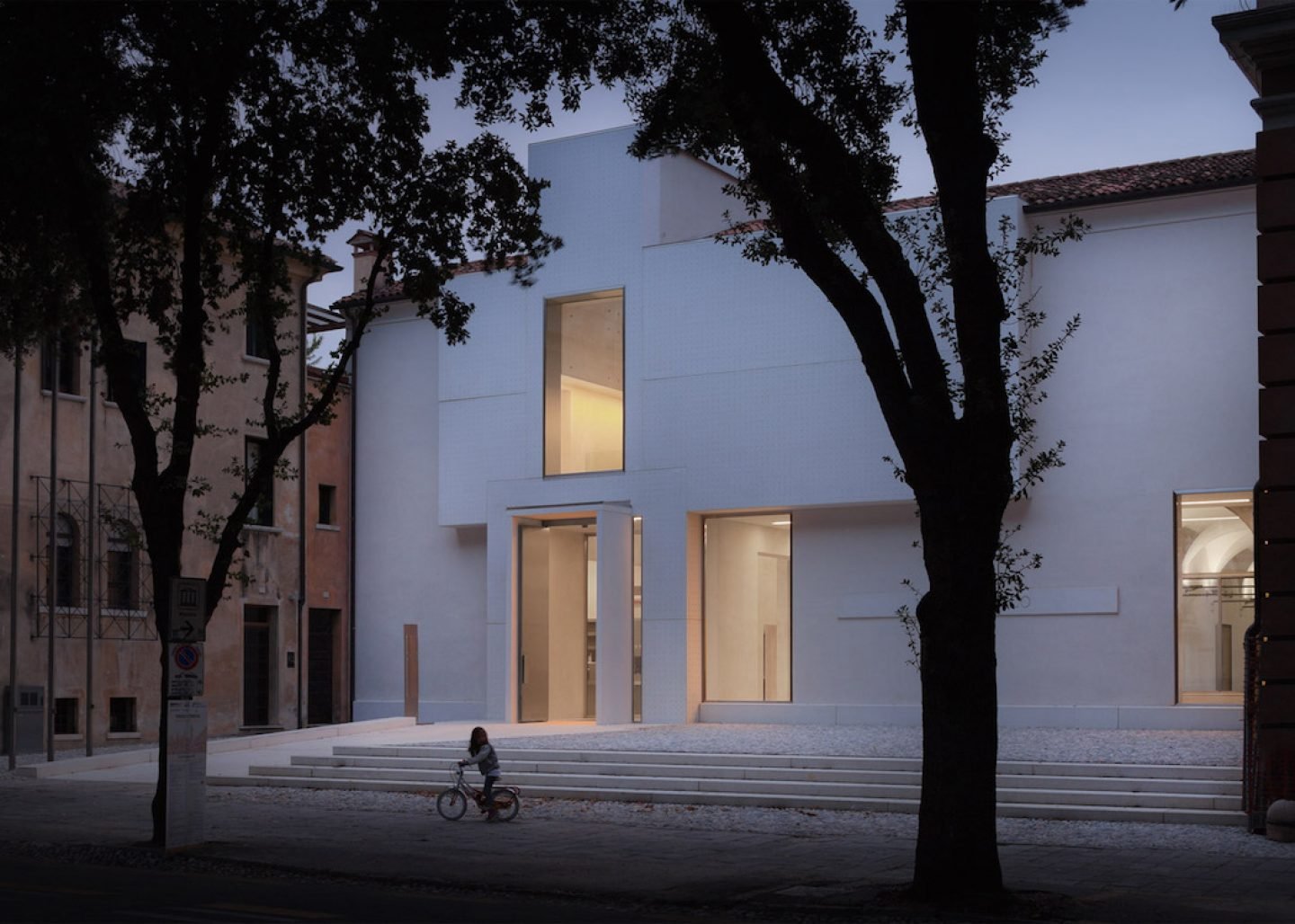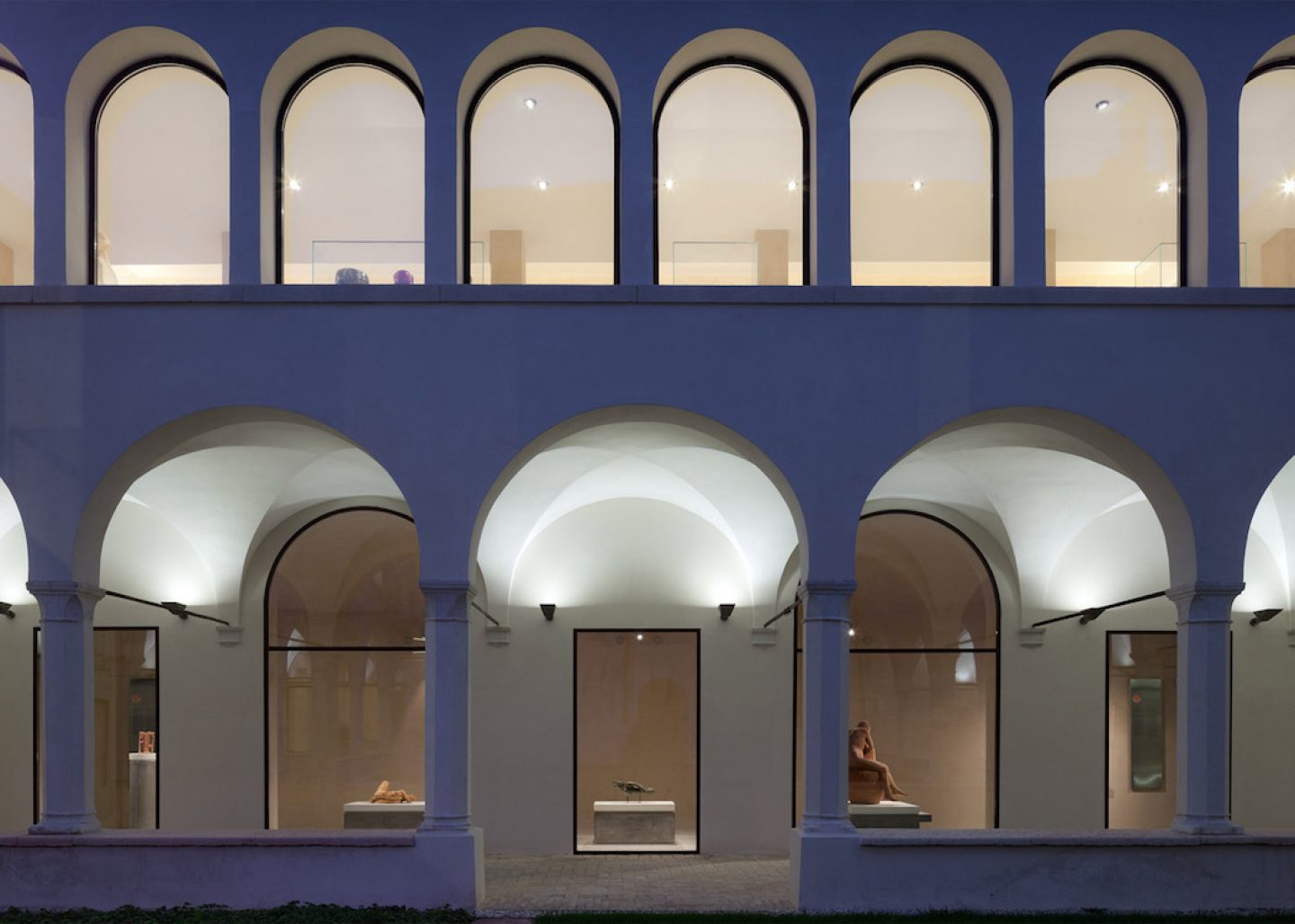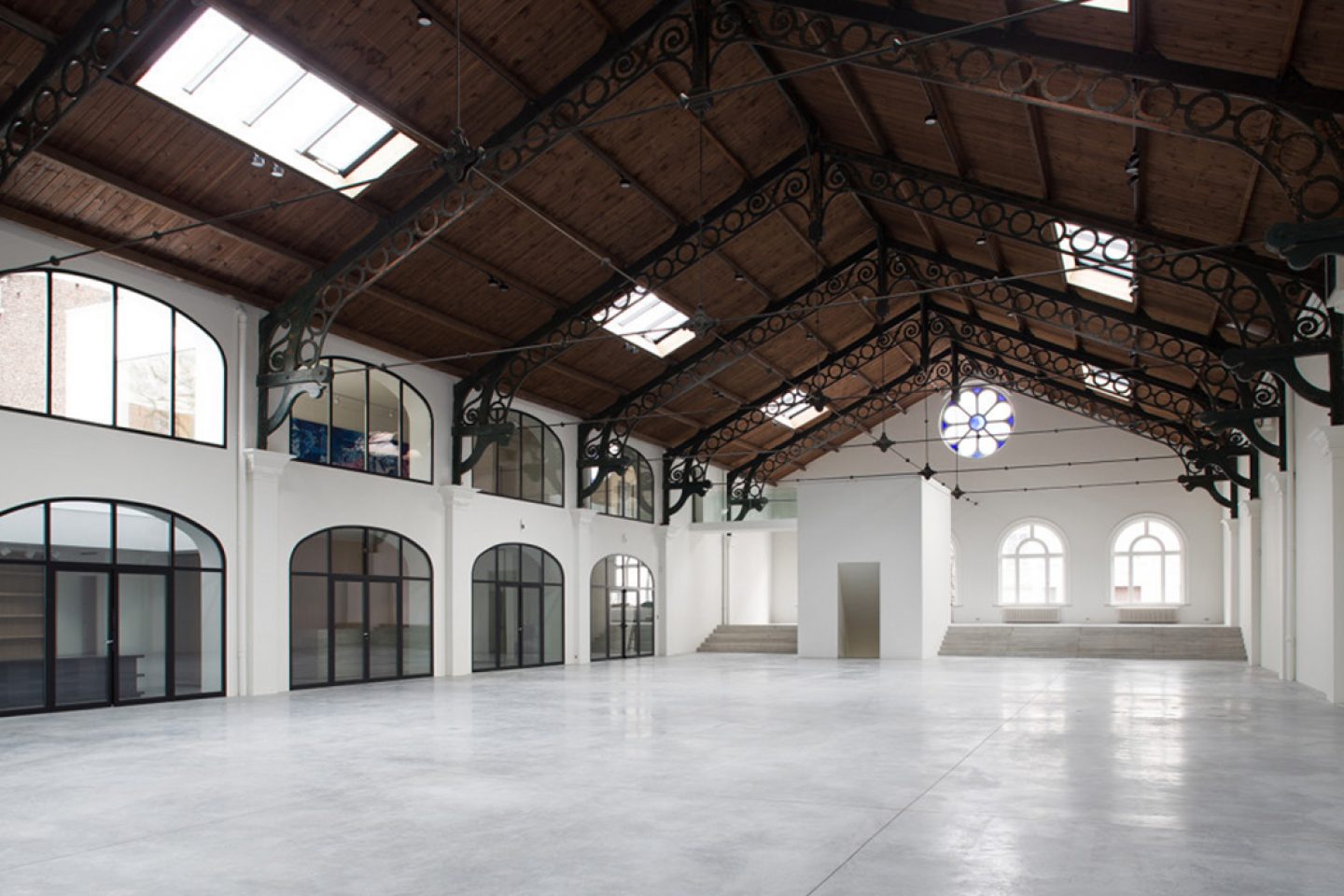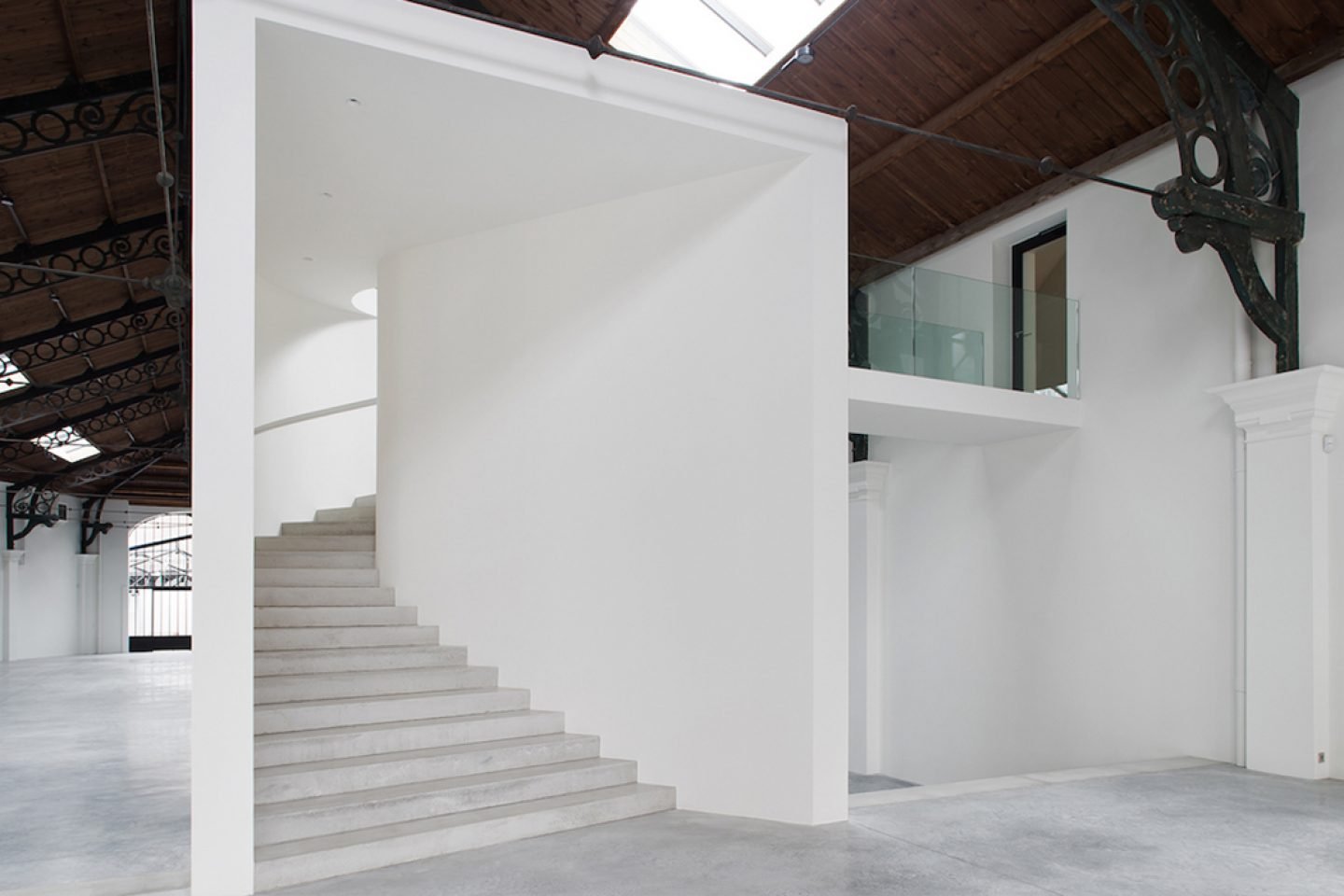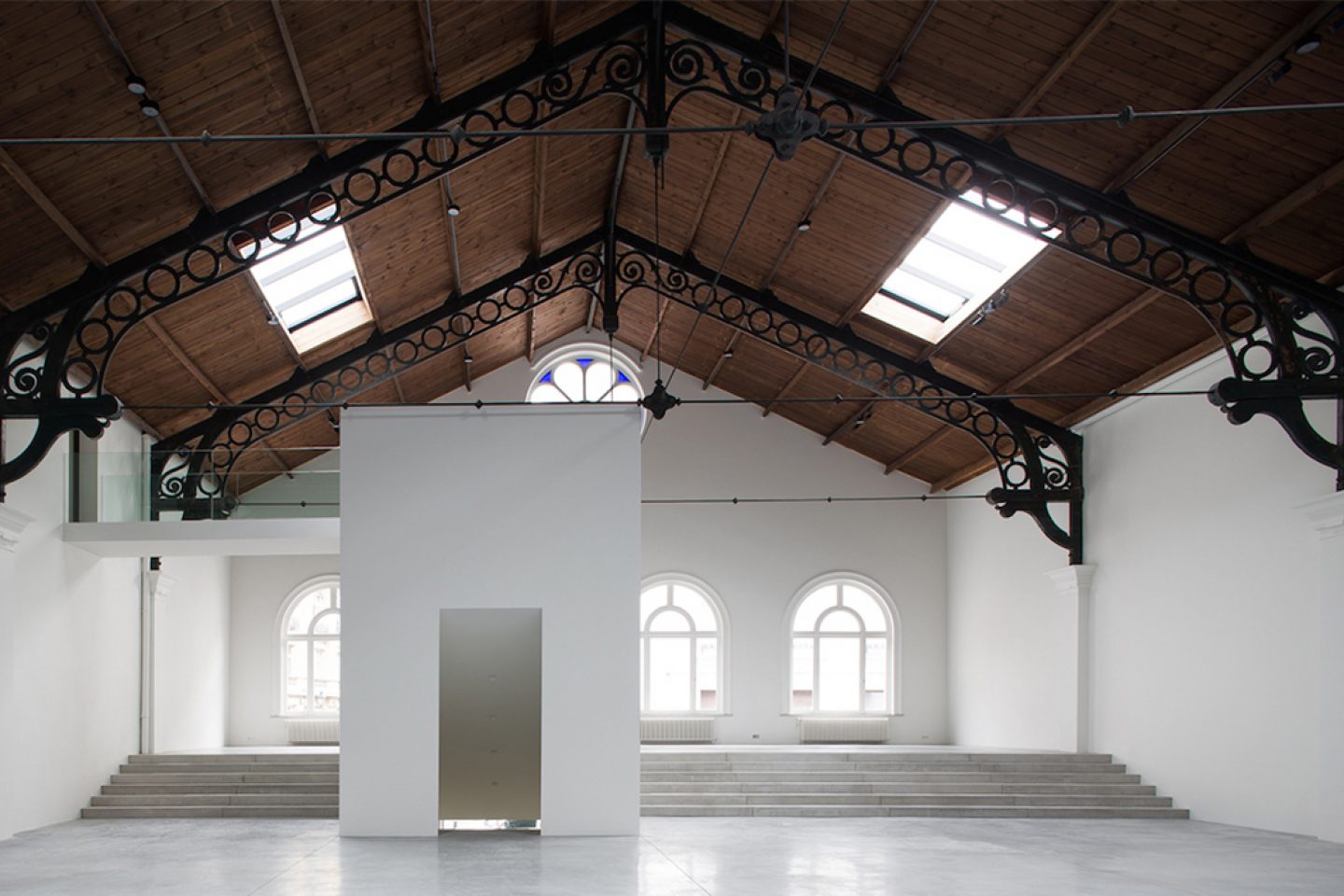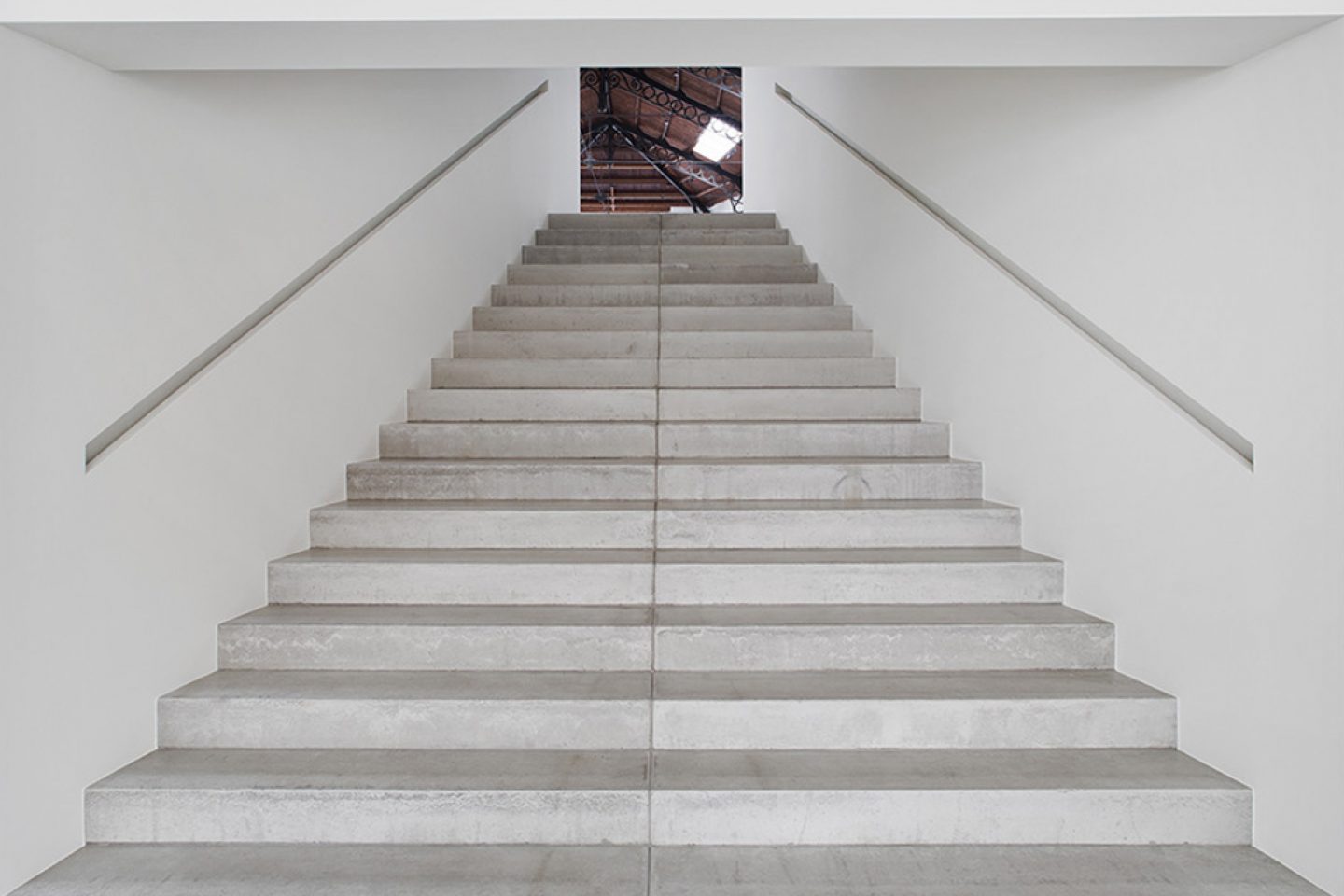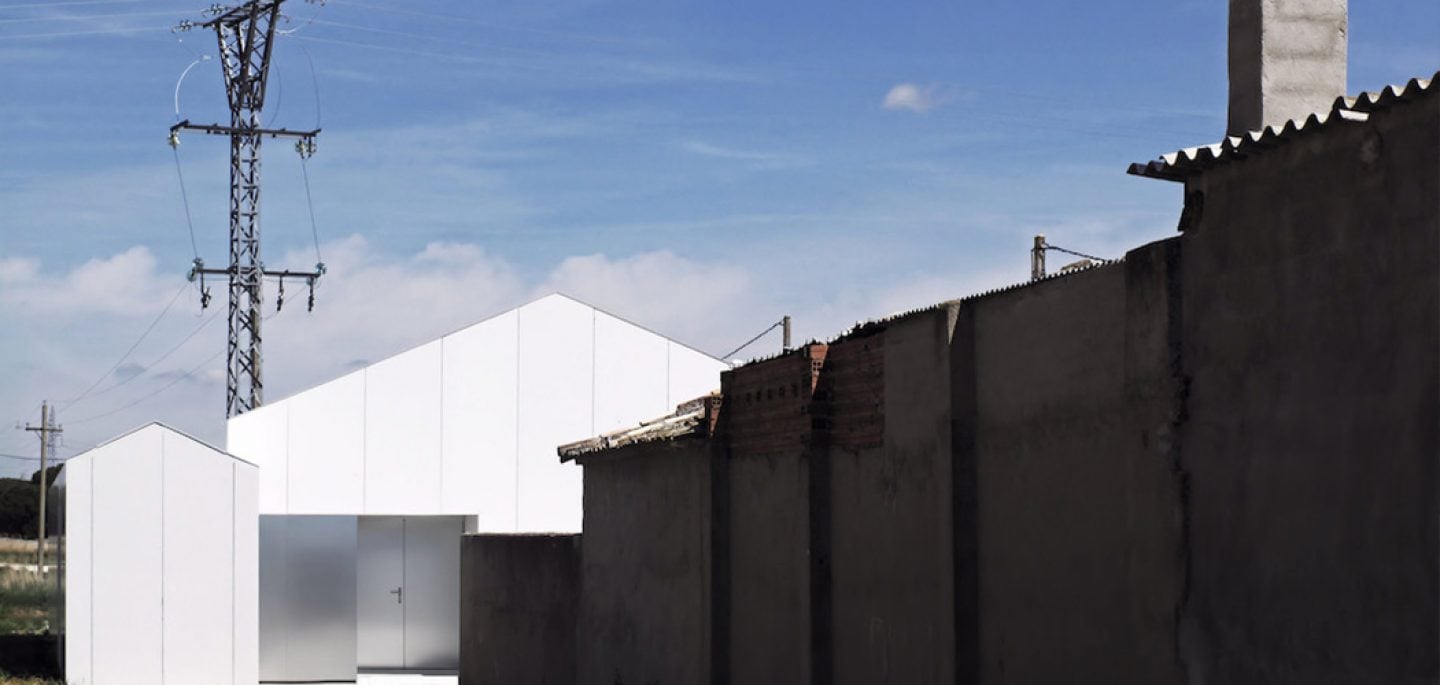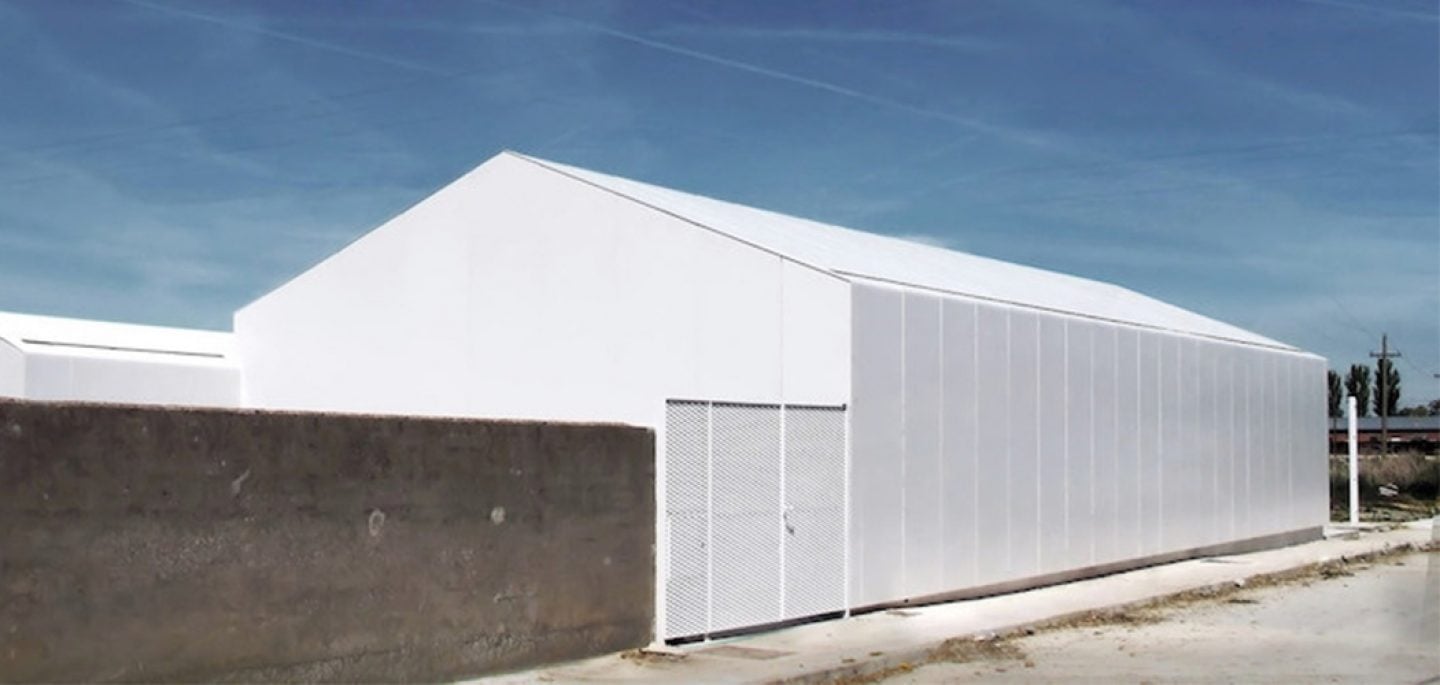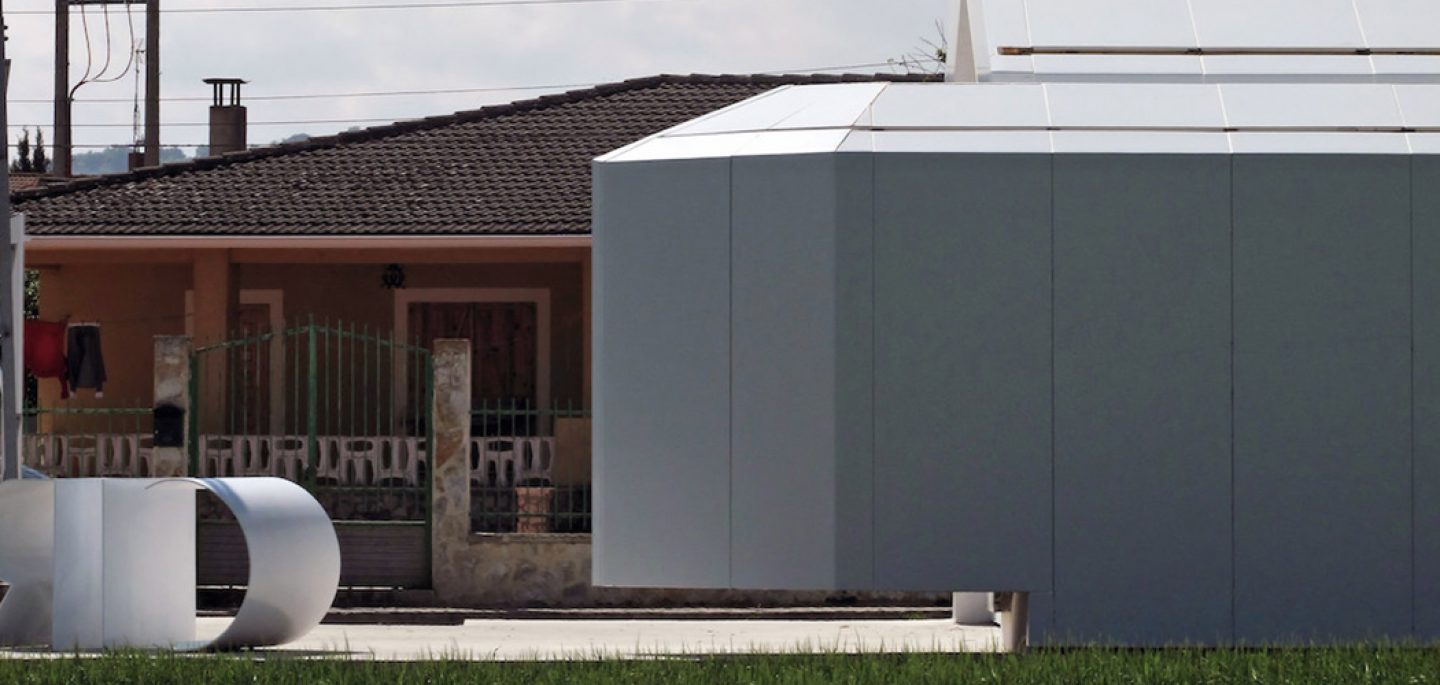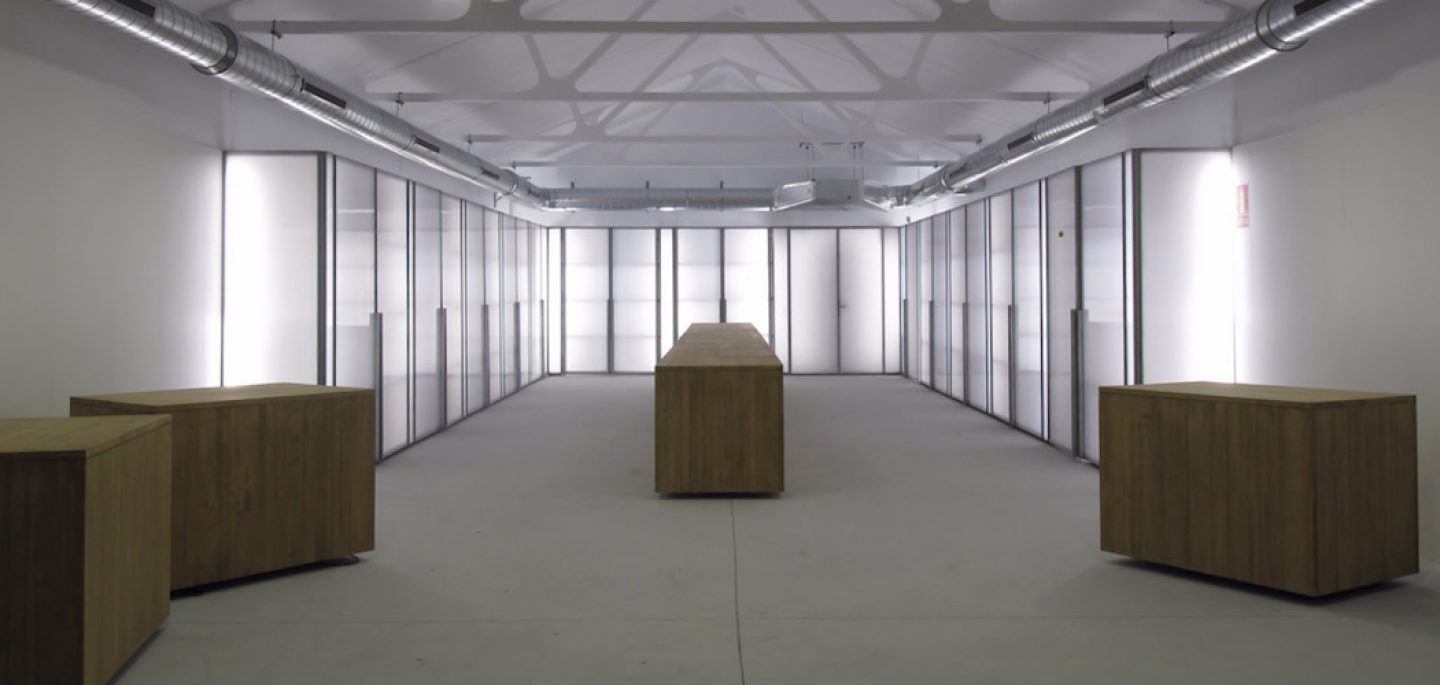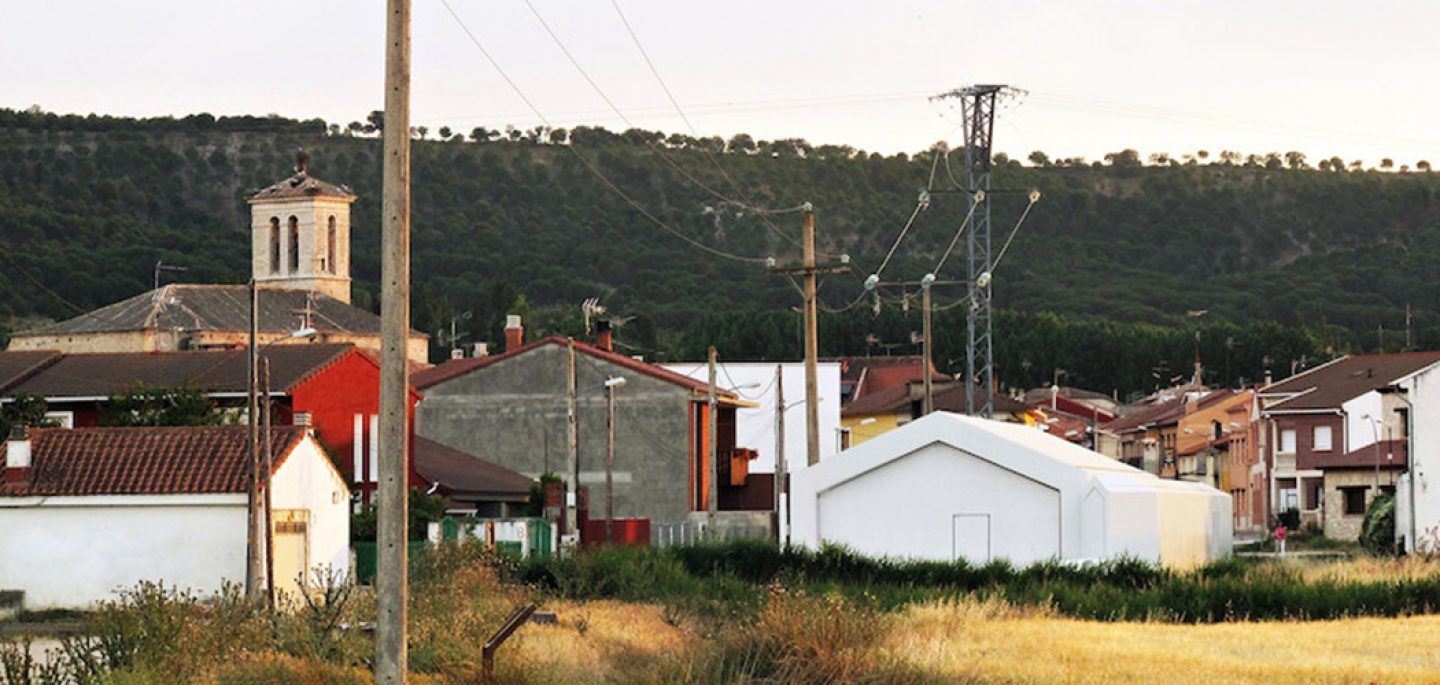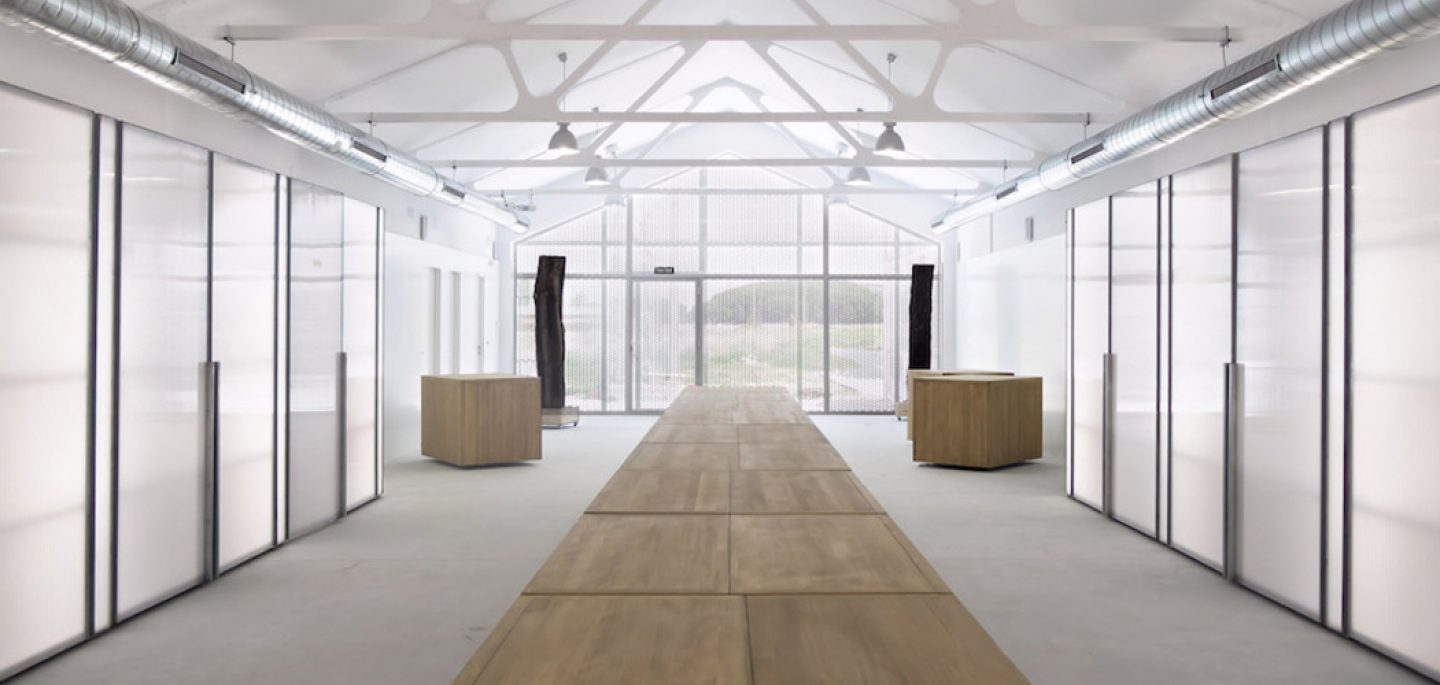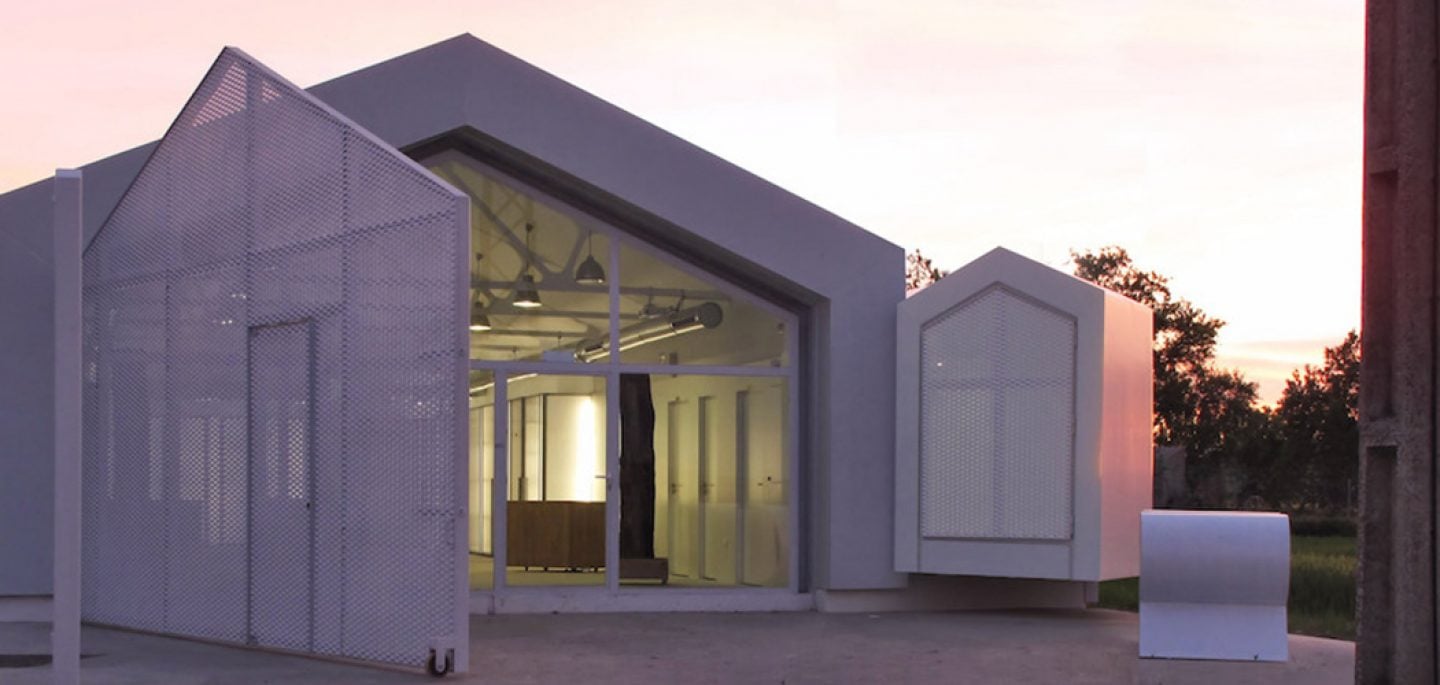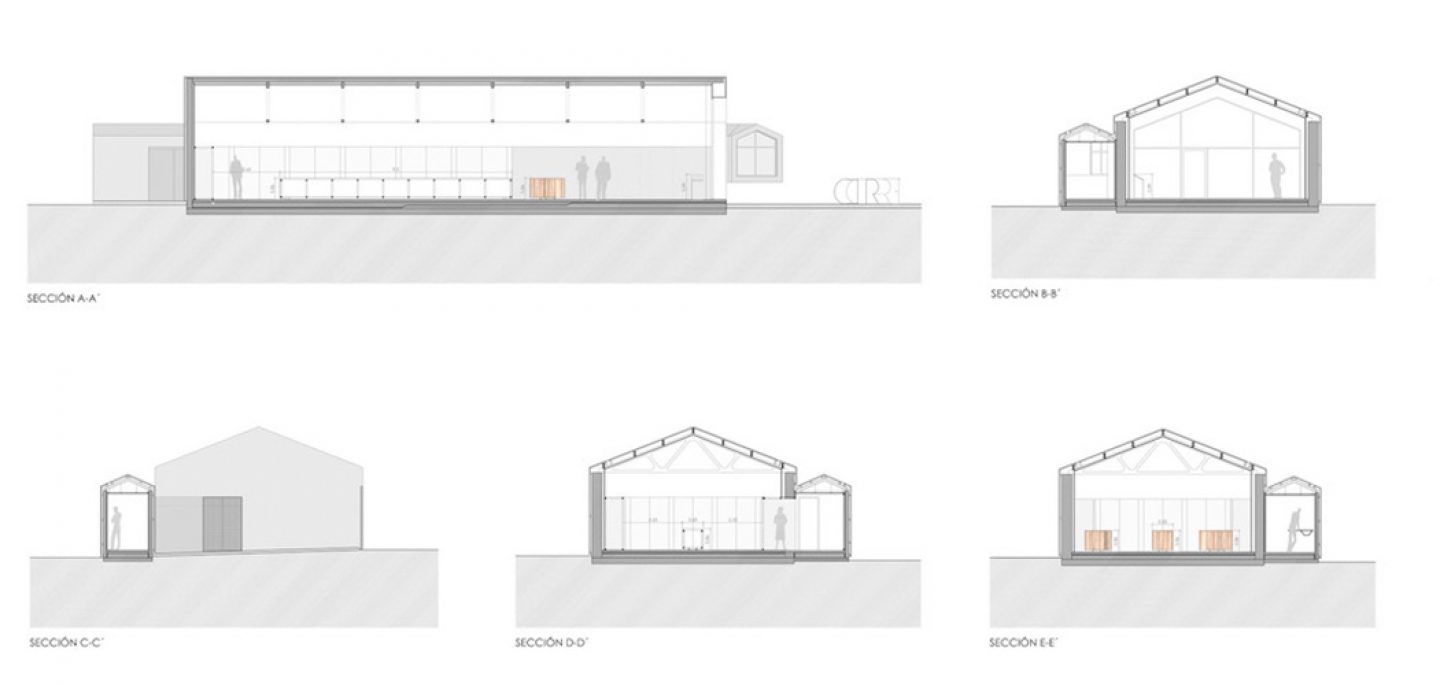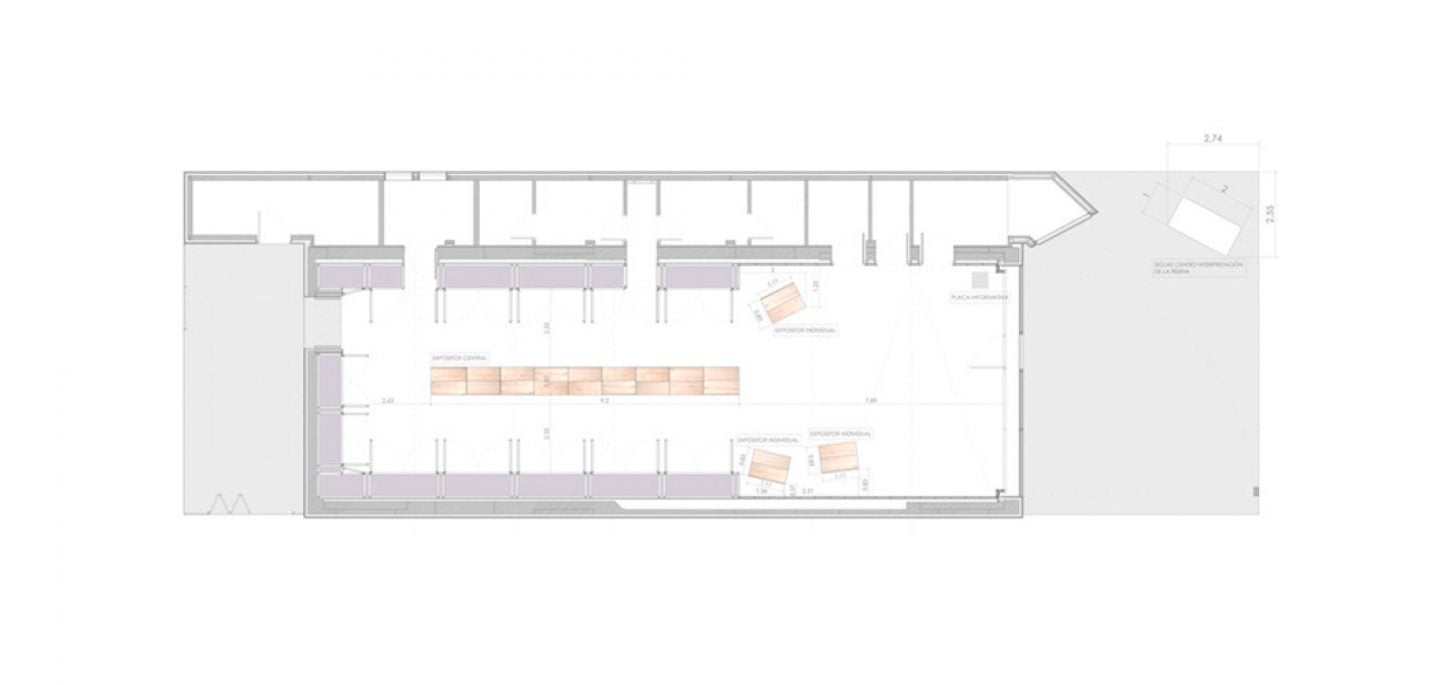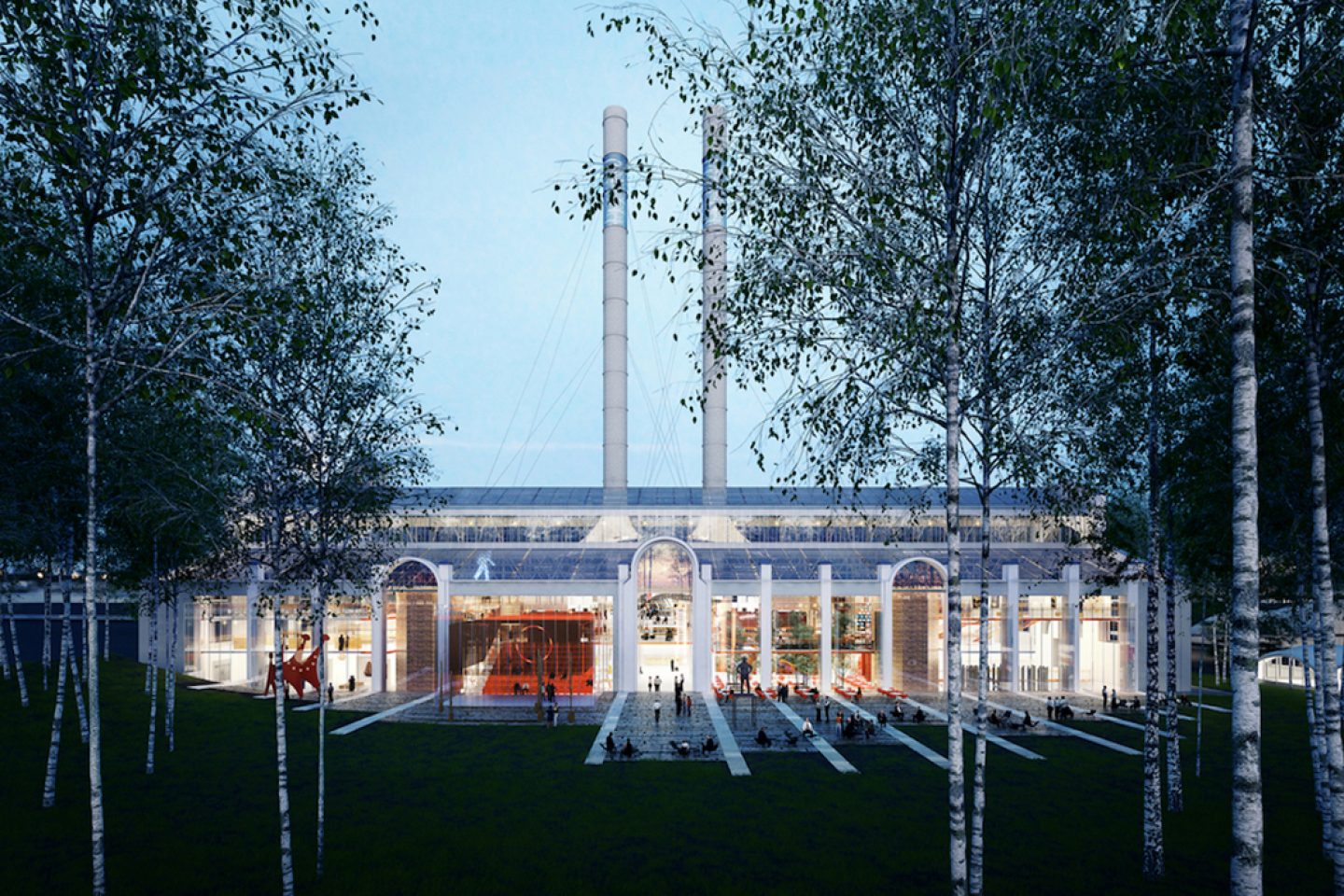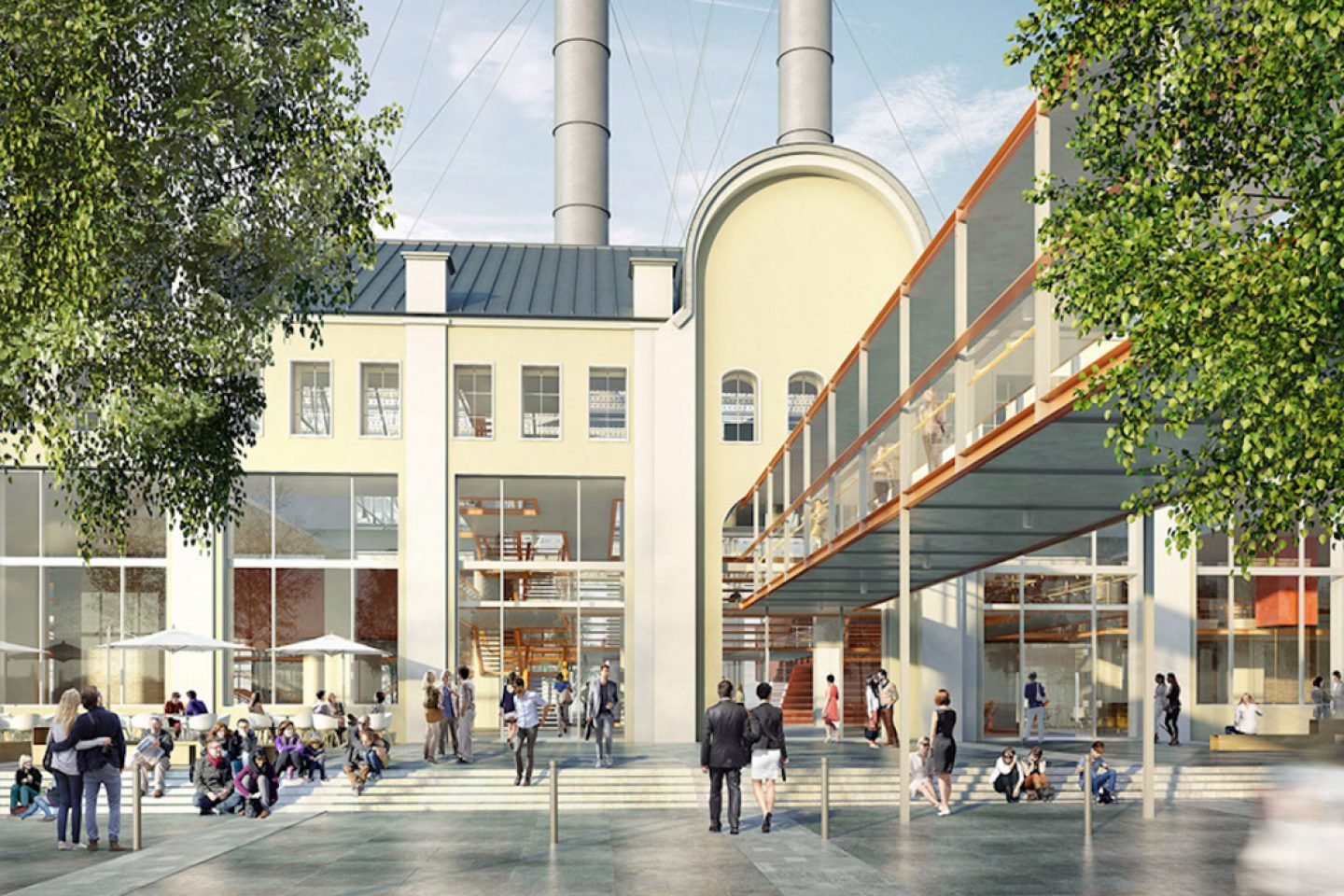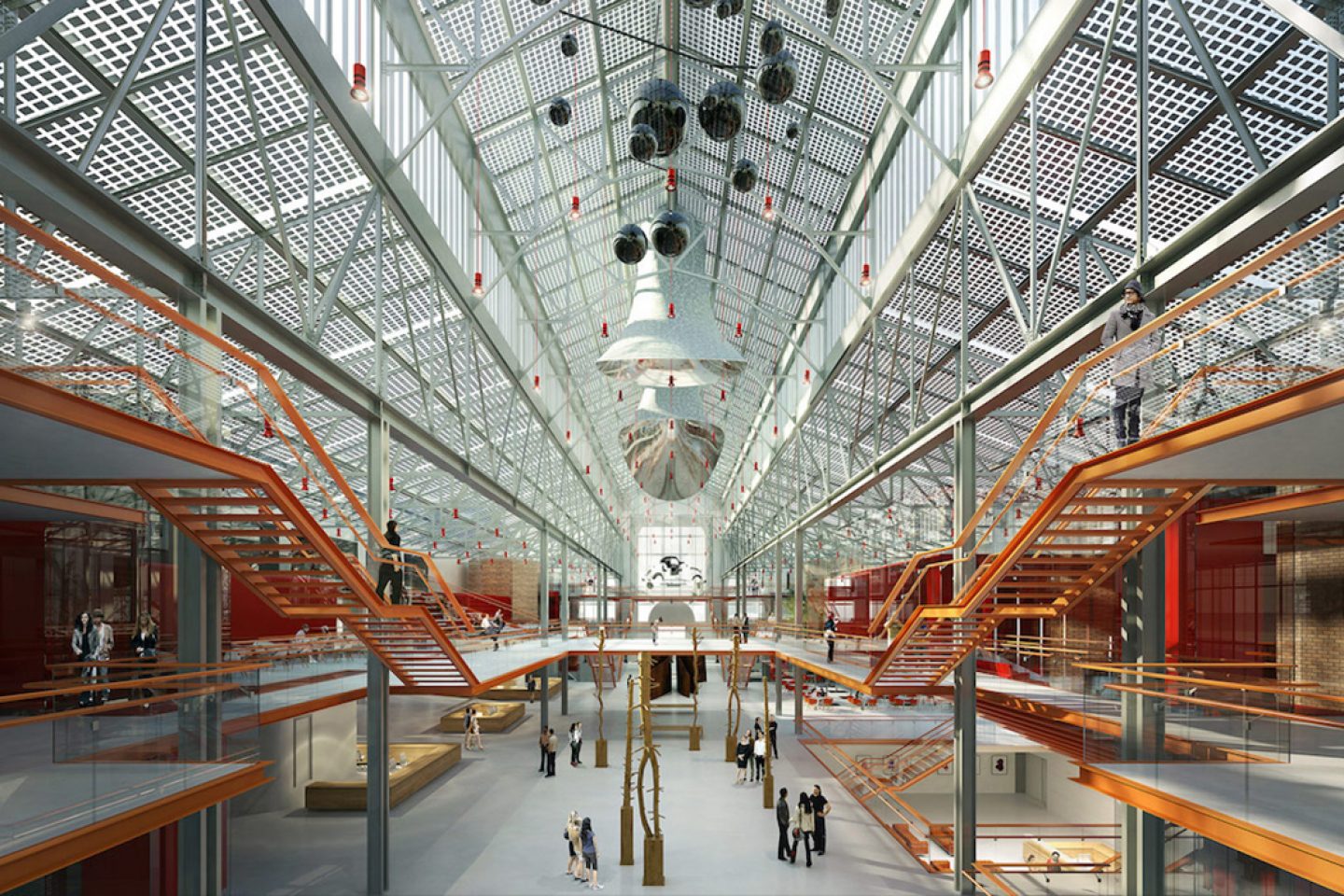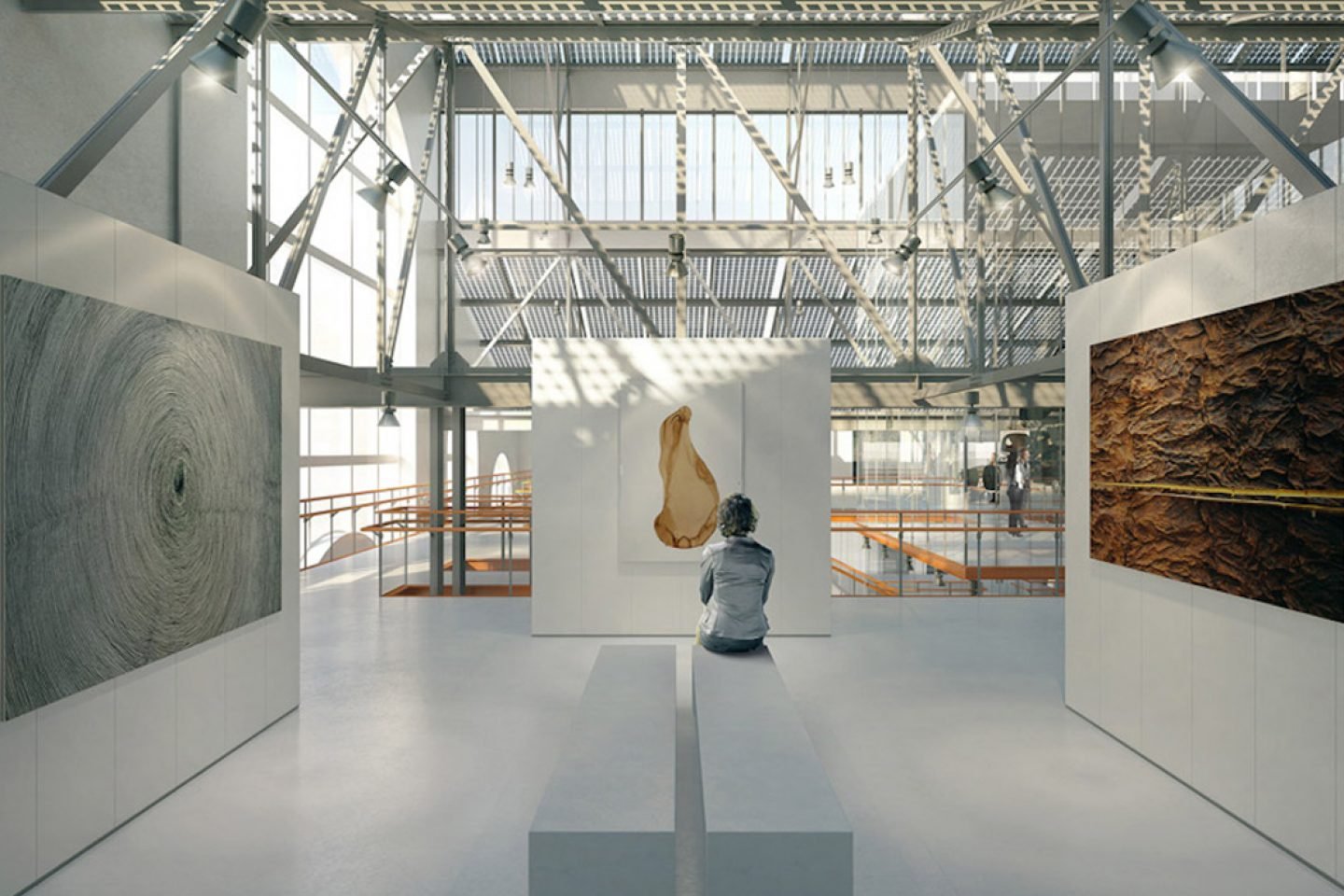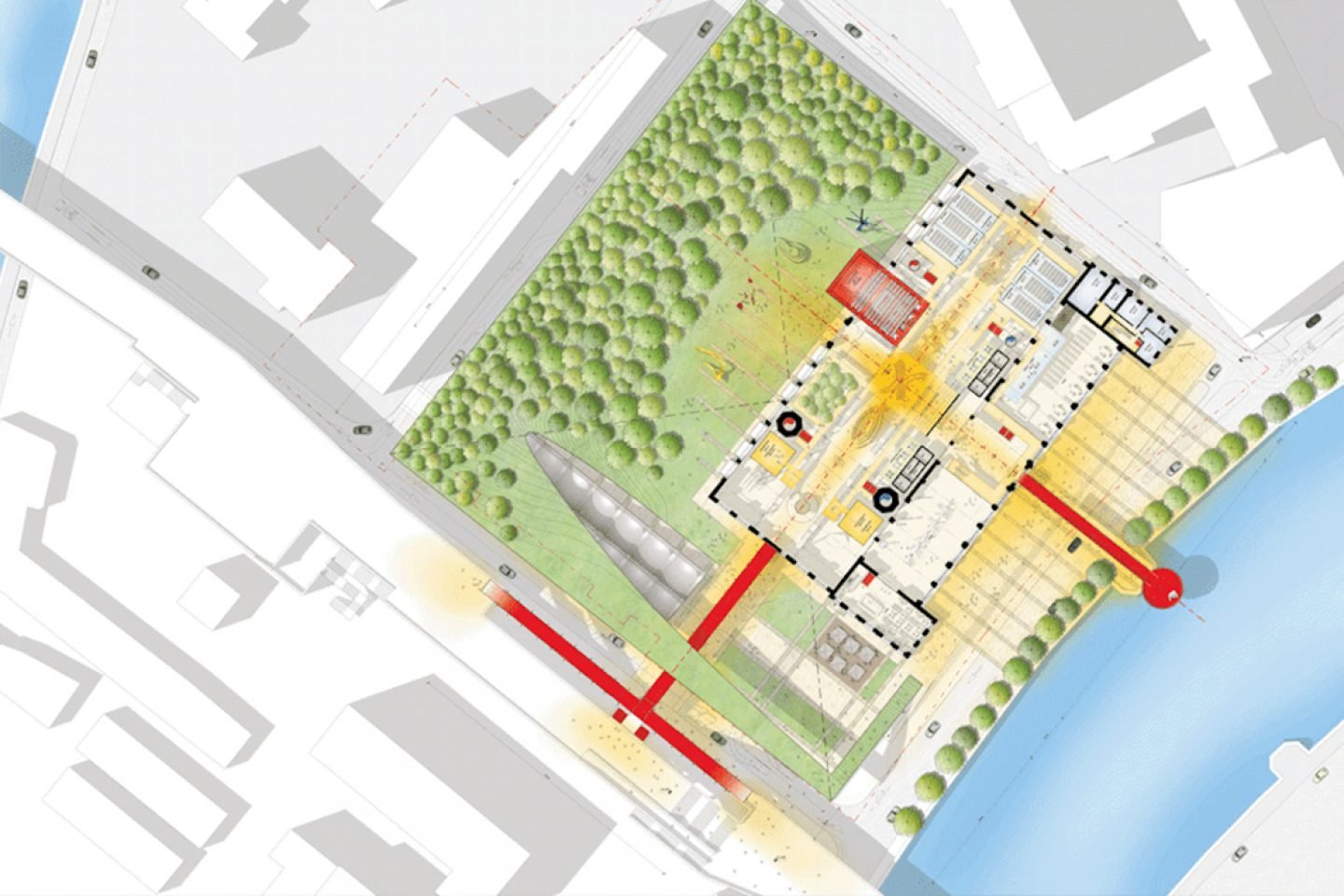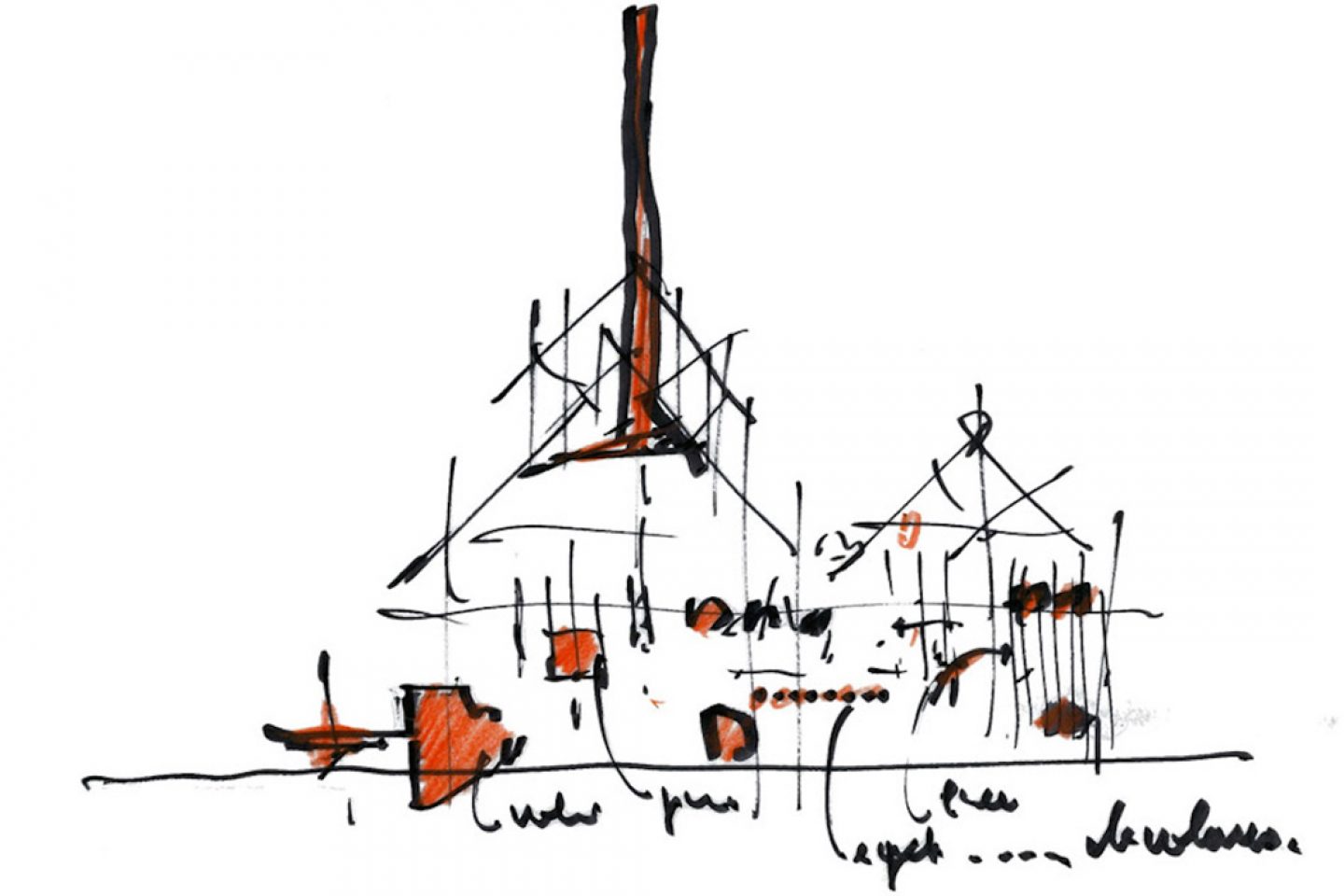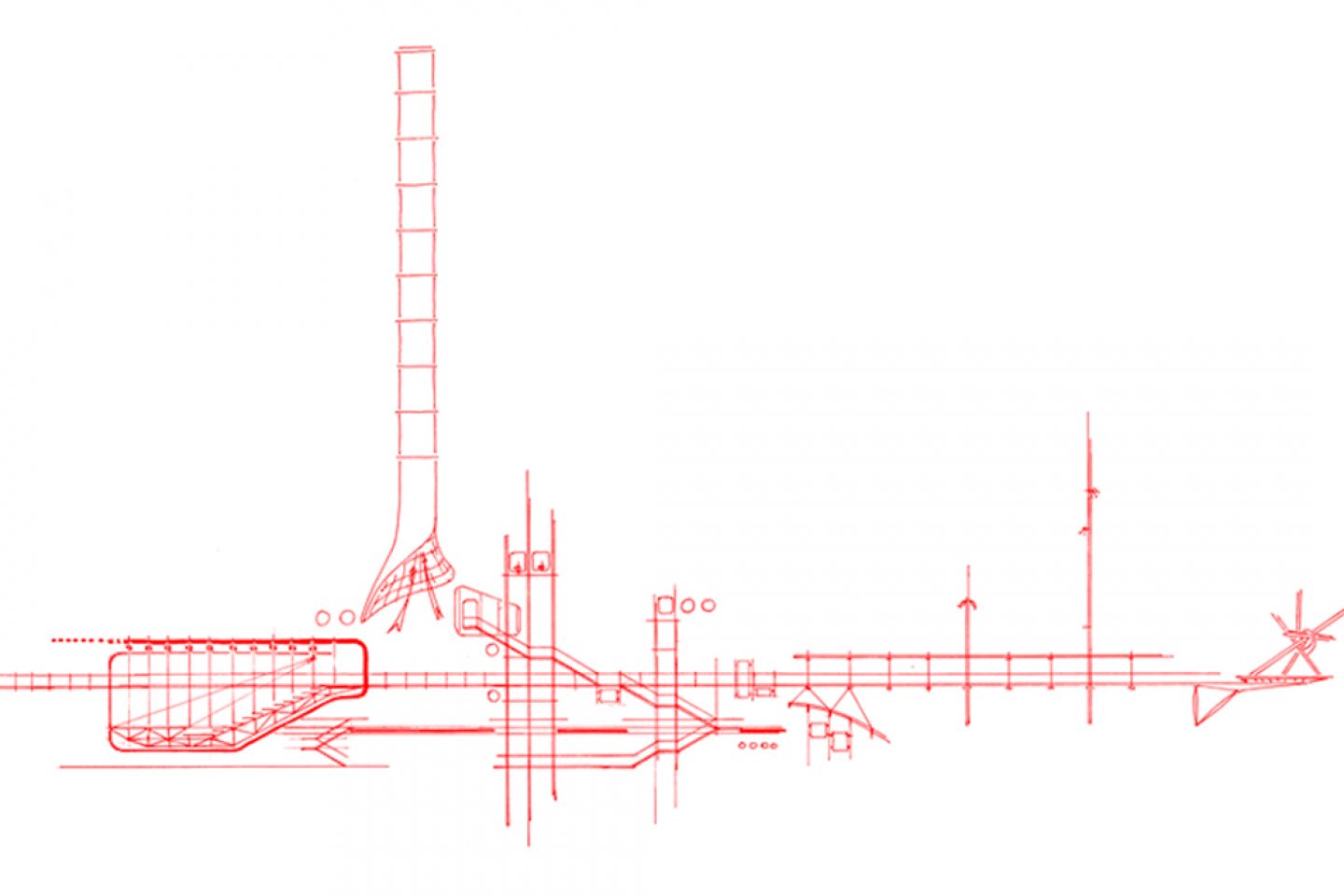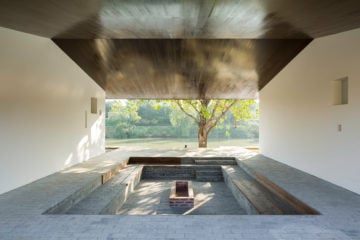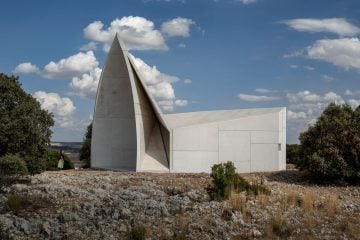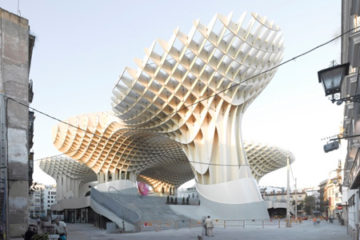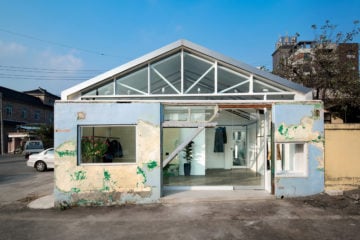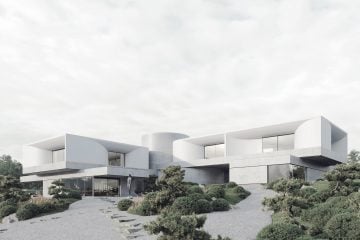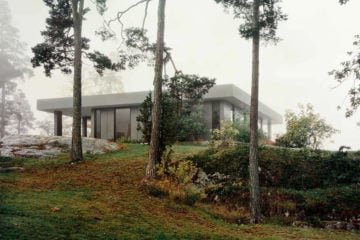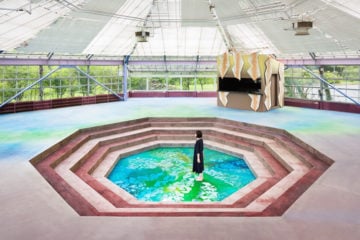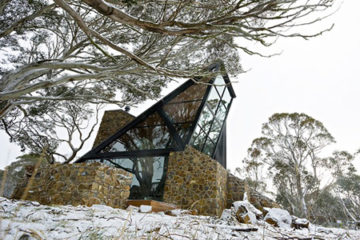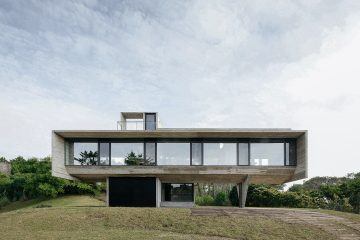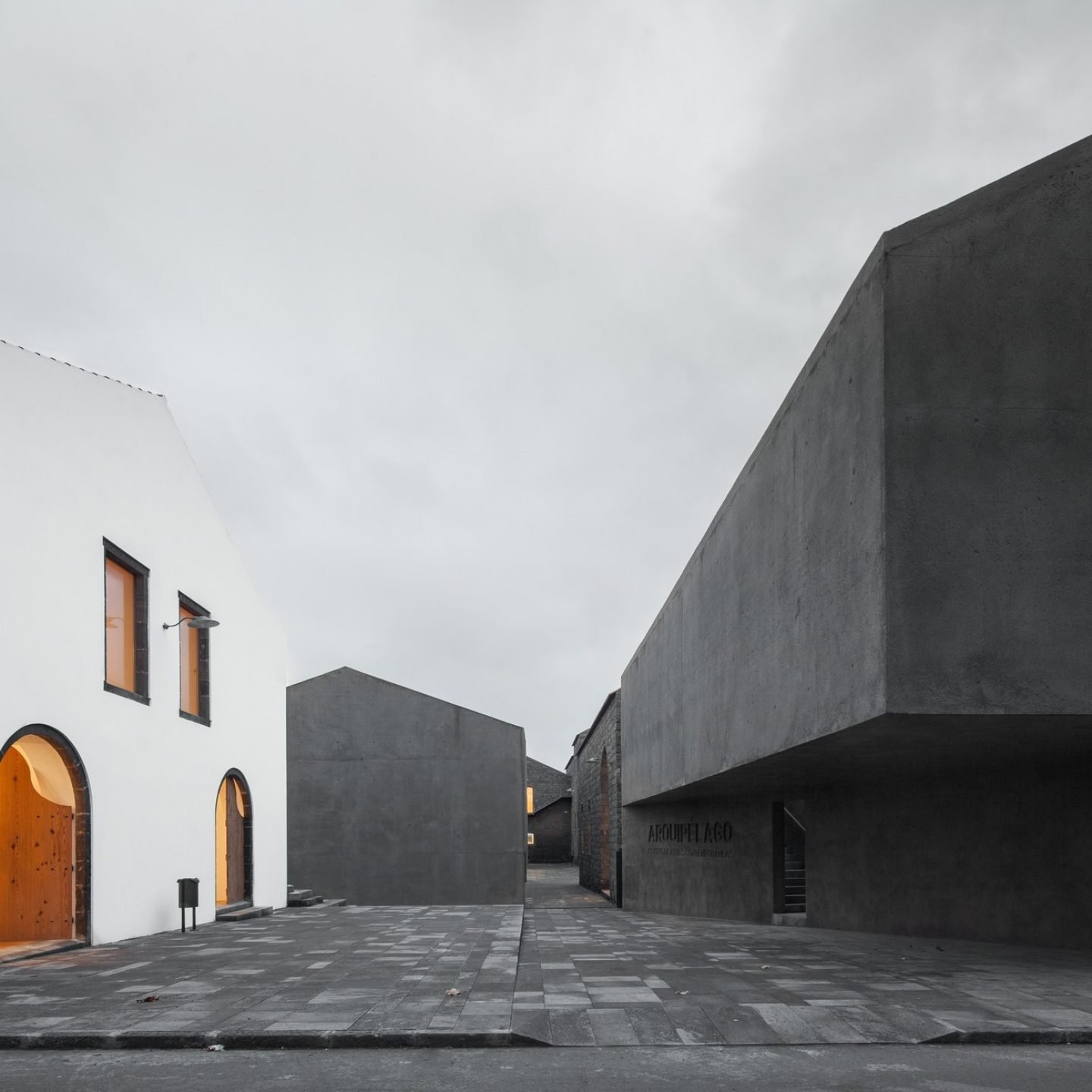
Top 8 Iconic Art Gallery Conversions
- Words
- Anna Dorothea Ker
Conversions are amongst the types of architecture projects that intrigue us most, particularly when it comes to giving new life to dilapidated historic buildings. Renovated art exhibition spaces provide a particularly fascinating example, given their demands for light, flow and adaptability.
From a former slaughterhouse to an ex-skating rink, we’ve pulled together some of our favorite art gallery conversions across Europe. Each transformation is underpinned by both a forward-thinking design philosophy and respect for the building’s original heritage.
1. KÖNIG GALERIE, FORMERLY A CHURCH
Alexandrinenstraße 118, 10969 Berlin, Germany
Converted in 2011 by Arno Brandlhuber
Tucked away in an unassuming street in Kreuzberg, Berlin lies a veritable 1960s brutalist icon: The former church and community center of St Agnes, a windowless, cubic concrete structure arranged around landscaped courtyard. “The building is top lit, and created to be very rough and raw on the outside but soft and bright on the inside—ideal for showing art.” Originally constructed in 1967 by Werner Düttmann, the director of urban development for West Berlin, the heritage-listed space was acquired in 2011 by renowned Berlin gallerist and art dealer Johann König, who enlisted local architect Arno Brandlhuber to transform the behemoth, which involved almost 200 tons of concrete and the creation of a new level. In lieu of windows, light streams into the gallery from skylights and wall slits. Says König of the space, “The building is top lit, and created to be very rough and raw on the outside but soft and bright on the inside—ideal for showing art.”
All images © HEJM
_
2. ARQUIPELAGO, FORMERLY A FACTORY
Ribeira Grande, São Miguel, Portugal
Converted in 2014 by Menos é Mais Arquitectos and João Mendes Ribeiro
On the volcanic island of São Miguel in Portugal’s Azores archipelago, a warehouse complex that once housed tobacco and alcohol factories is today a contemporary arts center. Porto studio Menos é Mais Arquitectos and João Mendes Ribeiro worked together on its conversion. Two contrasting structures – one white, the other rendered in dark basalt – are nestled amongst the existing stone warehouse buildings, creating a dialogue between the original buildings and their newfound purpose in a play on light and shadow.
“The design is committed to the quality of what exists”
Together, the buildings offer 12,000 sq/m of space for exhibition galleries, studios, labs, performing arts rooms and living quarters for artists in residence. Speaking of the intention behind their approach, the architects state,”The design is committed to the quality of what exists (…) New buildings are placed next to the existing ones in a serene manner – underlining the architectonic memory of a given period and the new addition.” The conversion was shortlisted for the Mies van der Rohe Award in 2015.
All images © José Campos
“It was very low-cost for a reform – unpretentious but with design and respect for the area and present development.”
Mallorcan architecture studio Munaq was enlisted by local artist Dolors Comas to transform a dilapidated farmhouse set amidst wheat fields on the outskirts of Pla de na Tesa, a small town on the island, into an art space with dual function: a private studio and a gallery space open to the public. The conversion preserved the original structure of the farmhouse, removing the overgrown plants in which it was engulfed, and stripping the exterior back to the original construction materials: a combination of earth and straw.
An L-shaped extension featuring dry stone walls was added, and the interior – which demanded heightened ceilings and natural light – was transformed with poured concrete floors, plastered walls in white to contrast with the dark ceiling beams. A glazed entrance was created to divide the private studio space from the public gallery, looking out onto the prickly pear plants studding the courtyard. “It was a wonderful spot for Dolors, who was moving her studio to look for the tranquility of this new area – air, vegetation and silence,” says architect Munar Comas. “It was very low-cost for a reform – unpretentious but with design and respect for the area and present development.”
All images © Gonçal Garcia
_
4. MERSAULT EXHIBITION SPACE, FORMERLY A HOSPITAL
Mersault, Burgundy 21190, France
Converted in 2015 by JUNG Architectures and Simon Buri Heritage
Nestled amidst a Burgundy vineyard, a Romanesque-style building founded in the early 12th century by Hugh II, Duke of Burgundy has served a wide variety of purposes over the centuries. Originally built as a hospital for sufferers of leprosy, the building was renovated over and over, and was an agricultural farm by the 19th century. Despite being registered as an historic monument in 1926, it remained abandoned for several years. In 2015, Paris-based JUNG Architectures worked with Simon Buri Heritage to transform the building into a multi-purpose space.
“For the extension we were searching for a material to create a monolithic shell.”
The former Chapel and Room of the Poor were rebuilt to host an art exhibition space, while an extension for wine tasting and public events was added on using traditional building methods and a harmonious combination of materials in a tribute to the region’s history and culture. “For the extension we were searching for a material to create a monolithic shell. We decided to use Azengar zinc, and this is one of the first times it has been used in France” explain the architects. Today, the former Léproserie de Meursault is registered as a UNESCO World Heritage Site.
All images © Martin Argyroglo
_
5. MUSEO BAILO, FORMERLY A MONASTERY
Borgo Camillo Benso di Cavour, 24, 31100 Treviso TV, Italy
Converted in 2010 by Heinz Tesar & Studio Mas
“[The building] needed a new facade, more adequate to its institutional role”
A 15th century Treviso monastery with a turbulent past was turned into an art gallery by Austrian architect Heinz Tesar and Italian firm Studio Mas, who together won a 2010 tender to convert the historic building.The focal point of its renovation was the cruciform facade, reconstructed from perforated artificial stone and flanked by walls made from a Marmorino polished plaster, a mixture of marble and white cement.
Behind the facade, a white concrete extension leads to an inner courtyard hosting a ticket counter and book store, as well as an exhibition space and conference hall. Speaking about the project, the architects state, “[The building] needed a new facade, more adequate to its institutional role and to its position in the center of the ancient town […] The existing facade, rebuilt in 1952, was totally lacking in quality.” Today Museo Bailo hosts collection of 20th century art, including sculptures of Adam and Eve by Treviso-born sculptor Arturo Martini (1889–1947).
All images © Marco Zanta
_
6. LA PATINOIRE ROYAL, FORMERLY A SKATING RINK
Rue Veydt 15, 1060 Saint-Gilles, Belgium
Converted in 2015 by John-Paul Hermant Architects and Pierre Yovanovitch
A large hangar in Brussels’ Saint-Gilles district that once housed an ice rink named ‘Le Royal Skating’ has recently reopened as La Patinoire Royale, a showcase of contemporary art. The intervention, carried out by John-Paul Hermant Architects, Camille Polonceau and interior designer Pierre Yovanovitch, was minimal in preservation of the structure’s neo-classical framework, iron roof trusses and Rosette windows. The building’s facade, buttresses and timber roof were restored, and white staircases were installed to swirl up from the 3000 sq m polished concrete floor, guiding visitors around the space.
“The space was complicated because of its size.”
Yovanovitch explained that when he first proposed the staircase plans, “They asked me, ‘Are you crazy? You’re going to ruin the space.’ But I insisted. The space was complicated because of its size. The staircase volume is very dynamic, because it’s not in the center but to the left.’” When faced with the option of gutting the space at the start of the overhaul, Yovanovitch declined, stating “between the contemporary and minimal, the building has history.”
All images © Jean-François Jaussaud
_
7. RESIN INTERPRETATION CENTER, FORMERLY A SLAUGHTERHOUSE
Calle Molino, 21, 47330 Traspinedo, Valladolid, Spain
Converted in 2014 by Óscar Miguel Ares Álvarez
“The goal was to make the CIR being a building owned by neighbors.”
Guided by the principle of social sustainability, Óscar Miguel Ares Álvarez turned a former slaughterhouse in the rural Spanish village of Traspinedo into a exhibition space and center for the surrounding community. Working to a limited budget of €180,000, the architect worked to make the building serve a dual purpose: first, to keep the integrity of the existing structure, which was created using traditional construction methods to mirror its surroundings, and secondly, to turn it into a multi-function space to serve the village in myriad ways, from a co-working space and training center to storage facilities.
To this end, the center’s furniture is flexible: benches are foldable, and cabinets double as storage space and room dividers. Summarizing the project’s philosophy, the architects describe the renovation as “raised from compositional approaches taken from the surrounding’s formal references […] with the goal to make the CIR being a building owned by neighbors.”
All images © courtesy of Óscar Miguel Ares Álvarez
_
8. V-A-C FOUNDATION, FORMERLY A POWER STATION
Olsufievsky pereulok 8, bld.2, Москва 119021, Russia
To be converted in 2016-2017 by Renzo Piano
“GES2 will become an exciting cultural destination.”
Moscow’s GES2 power plant and its surrounding two hectare grounds on the banks of the Moskva River will be converted into an art museum and cultural hub by Renzo Piano Building Workshop. Taking after London’s Tate Modern museum, the renovation of the 100 sq m-long main space and 23 m-high turbine is expected to be complete by 2019, and will comprise of exhibition halls, a sculpture park, auditorium, library, bookshop, amphitheatre and cafe. In a statement about the project, Renzo Piano Building Workshop states, “GES2 will become an exciting cultural destination, offering new opportunities for artists and audiences on a local, national and international level and the first major venue in the city of Moscow for V-A-C.”
All images © Renzo Piano Building Workshop
Text by Anna Ker. Edited by Jessica Jungbauer.
